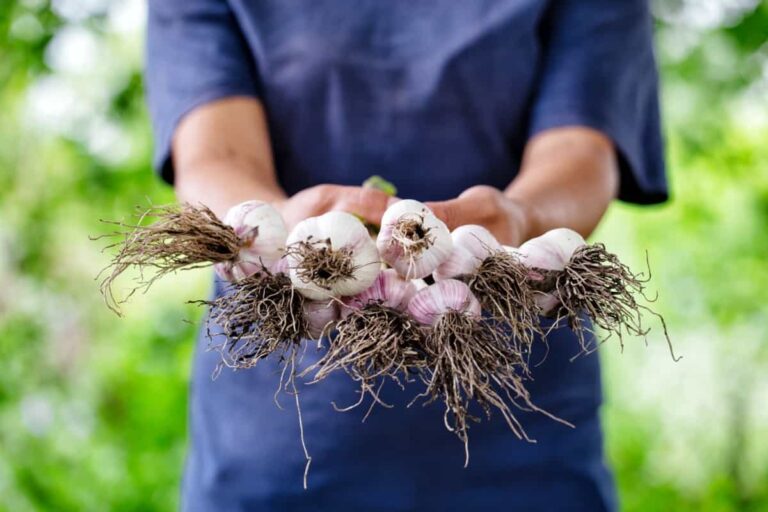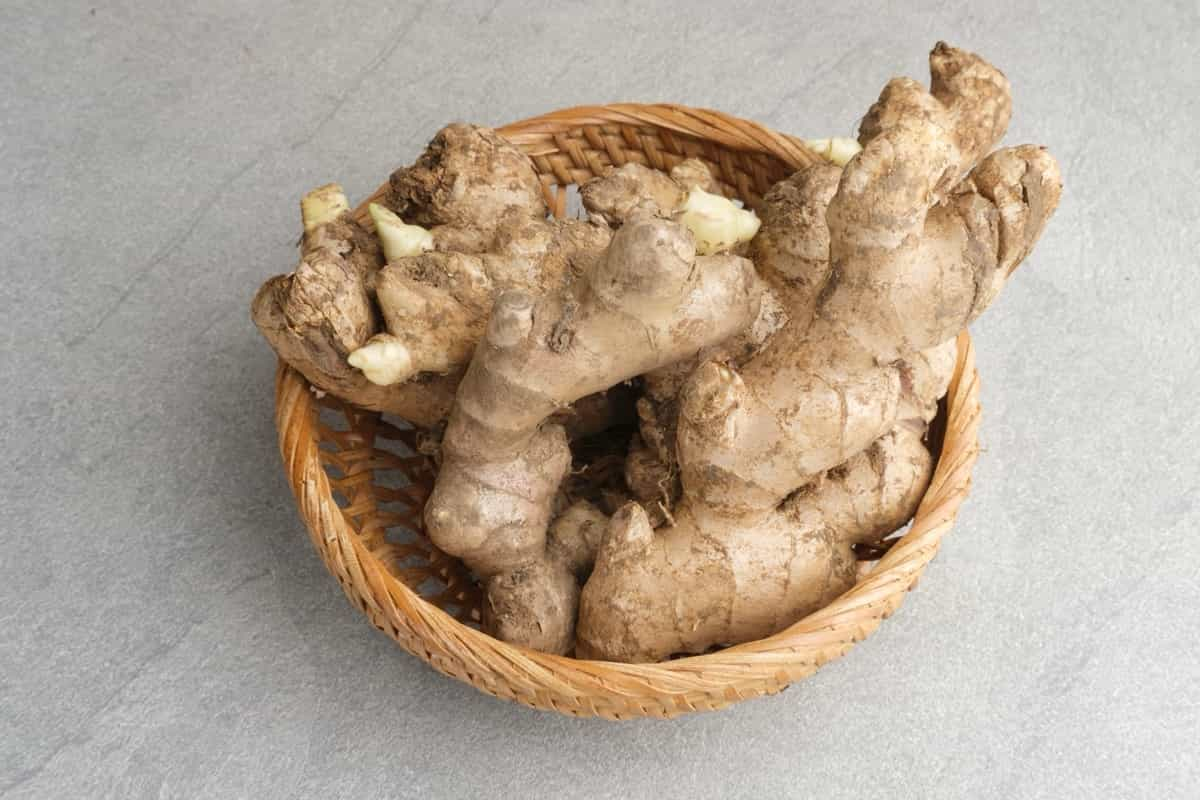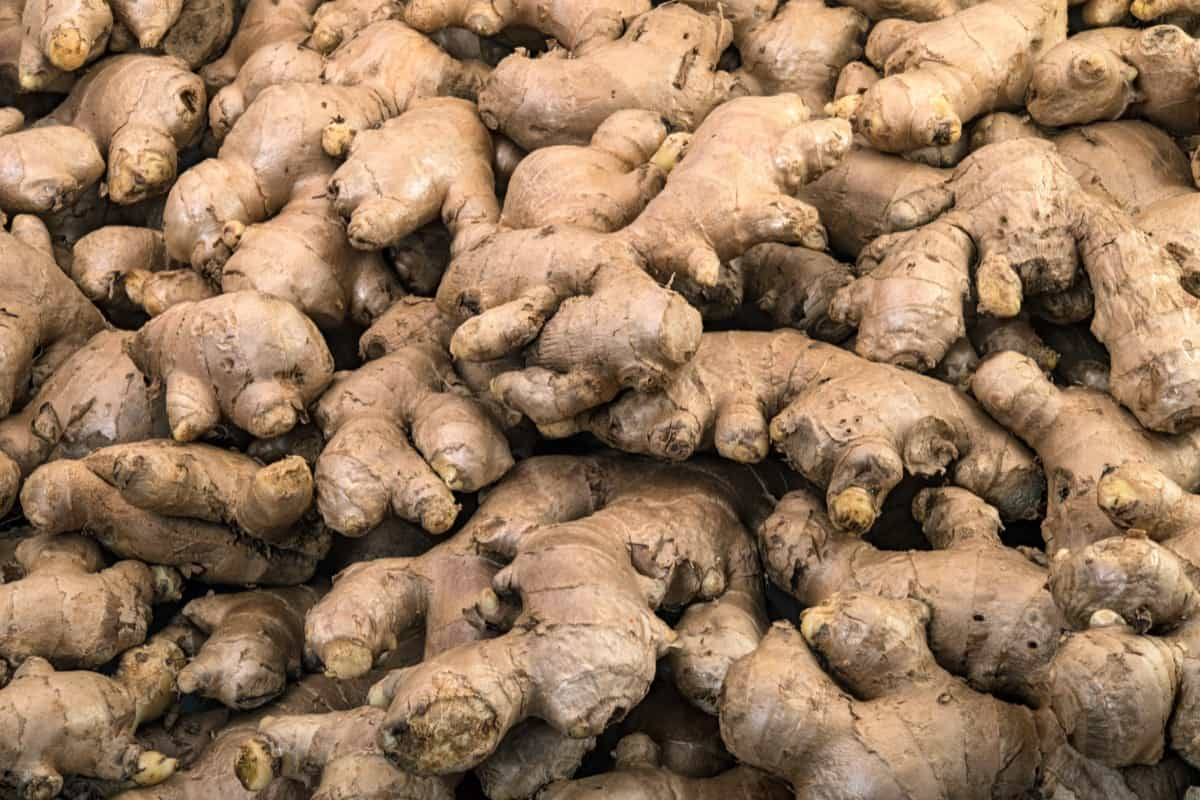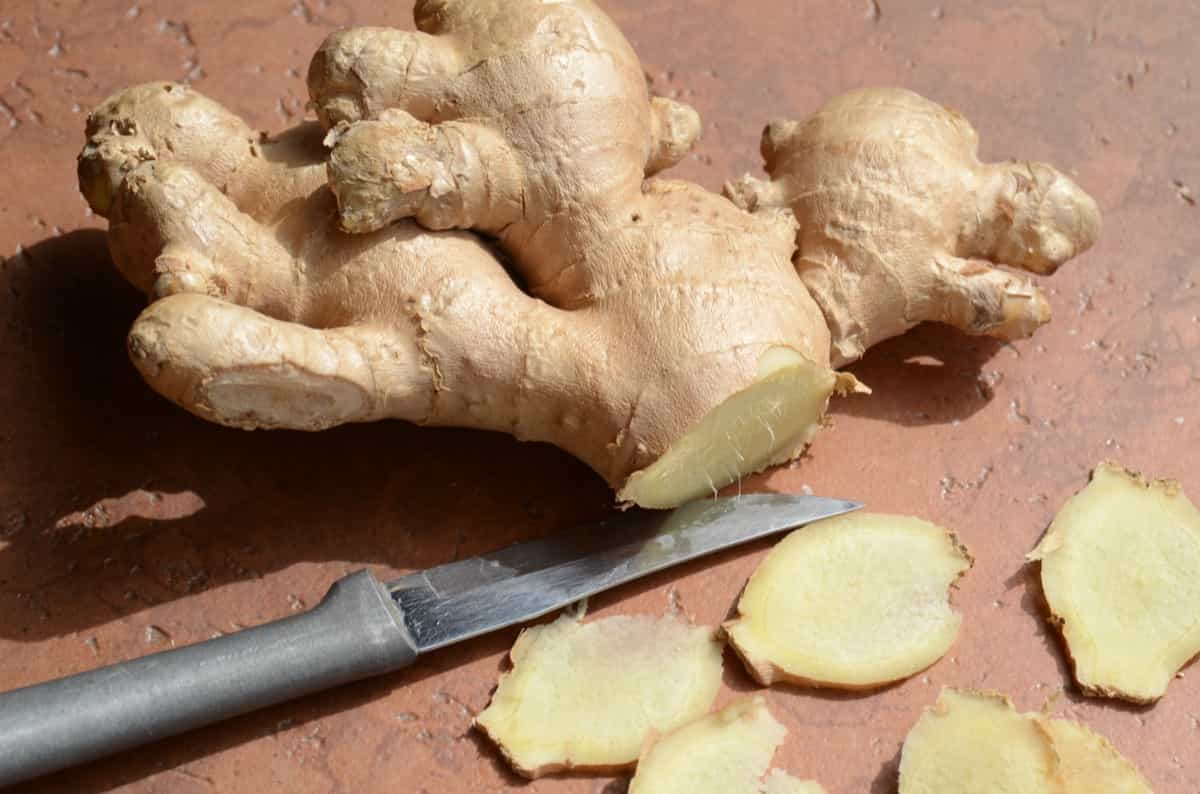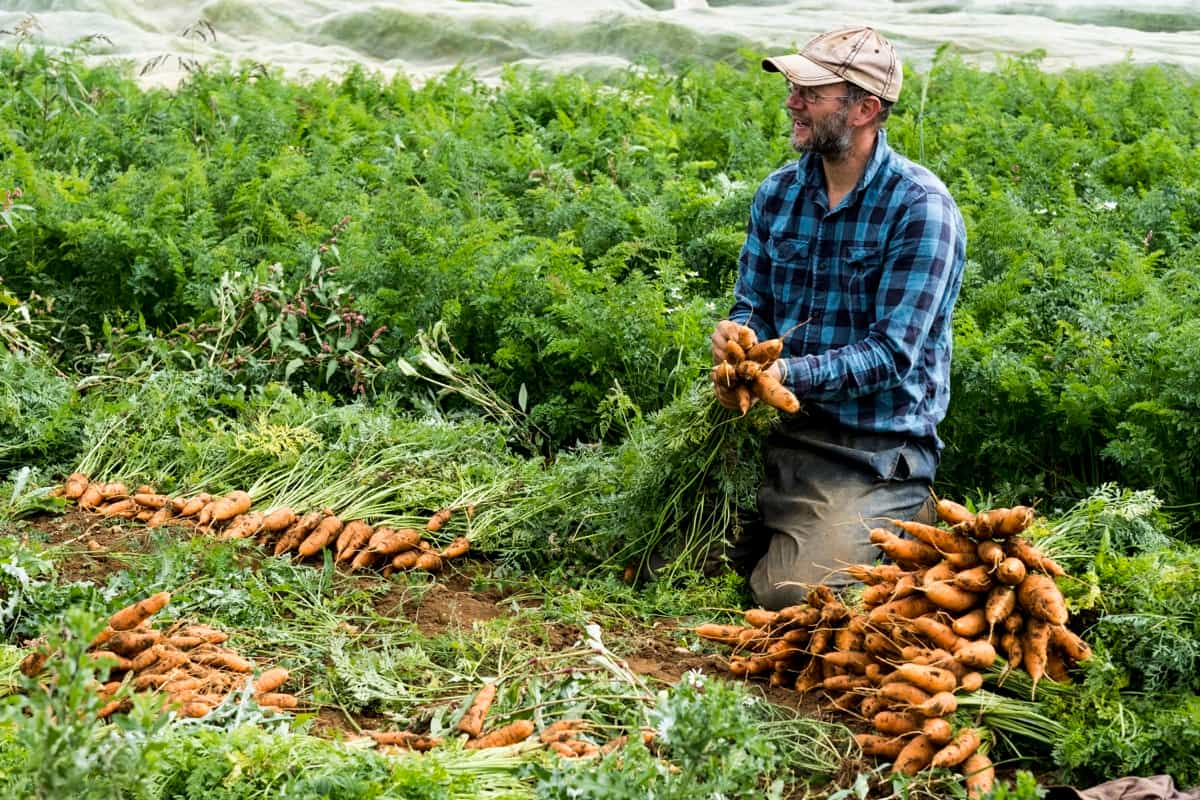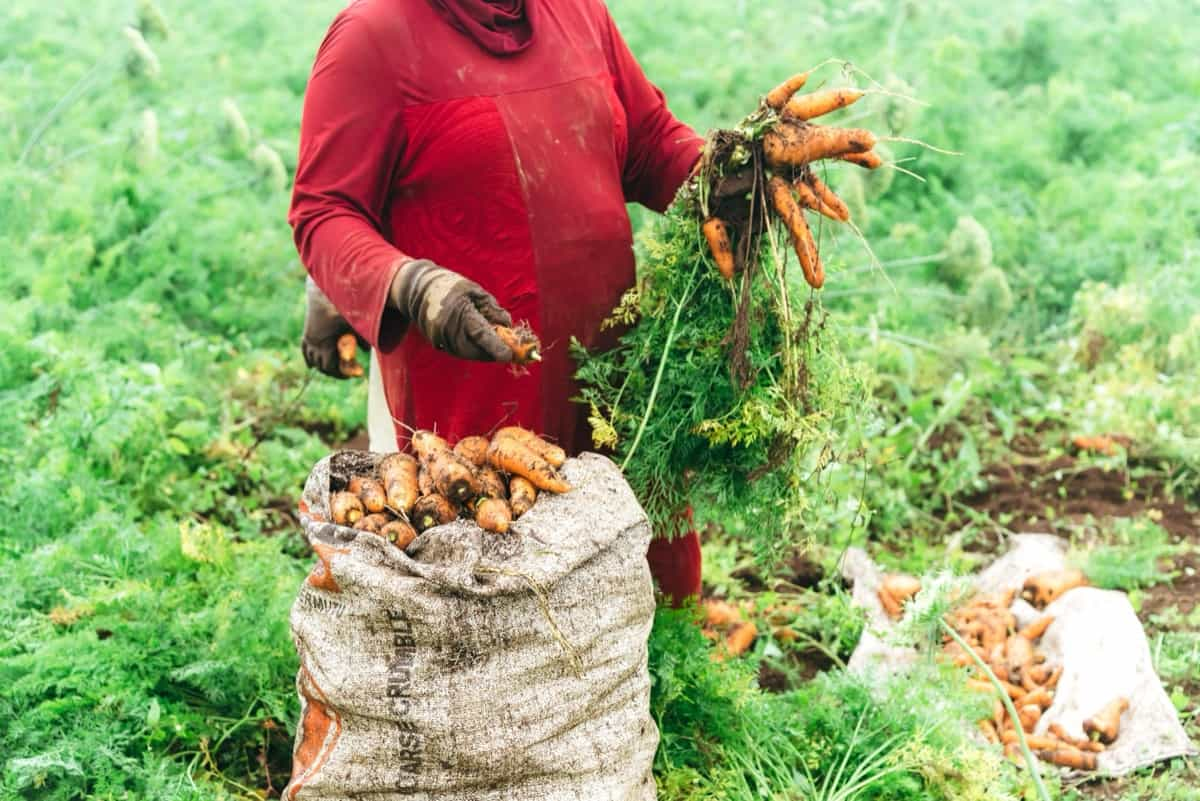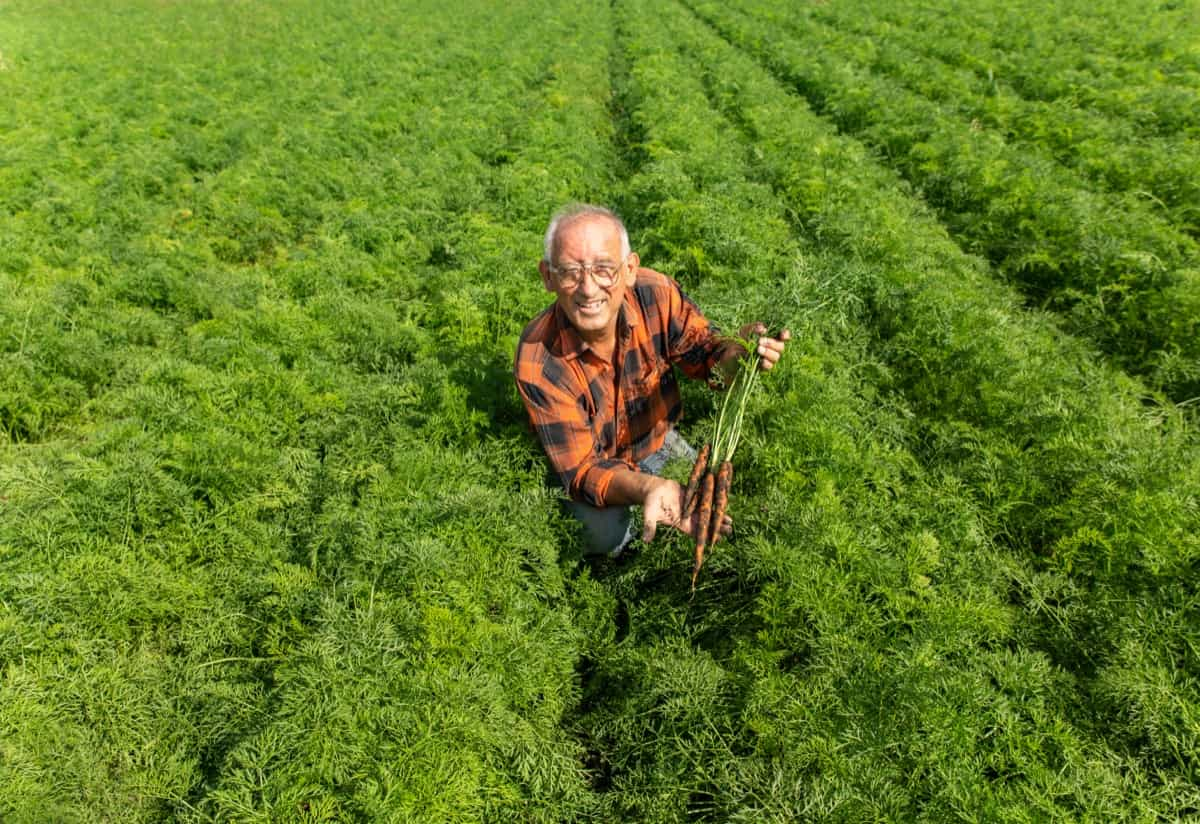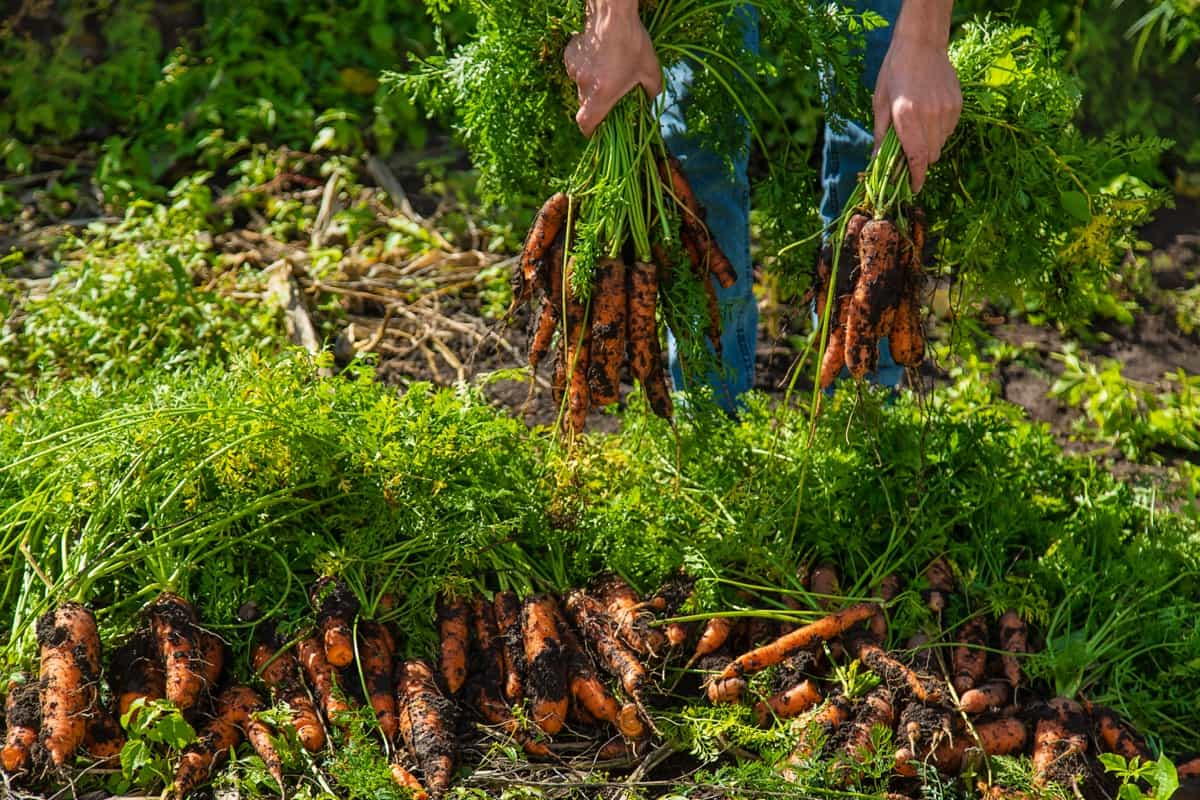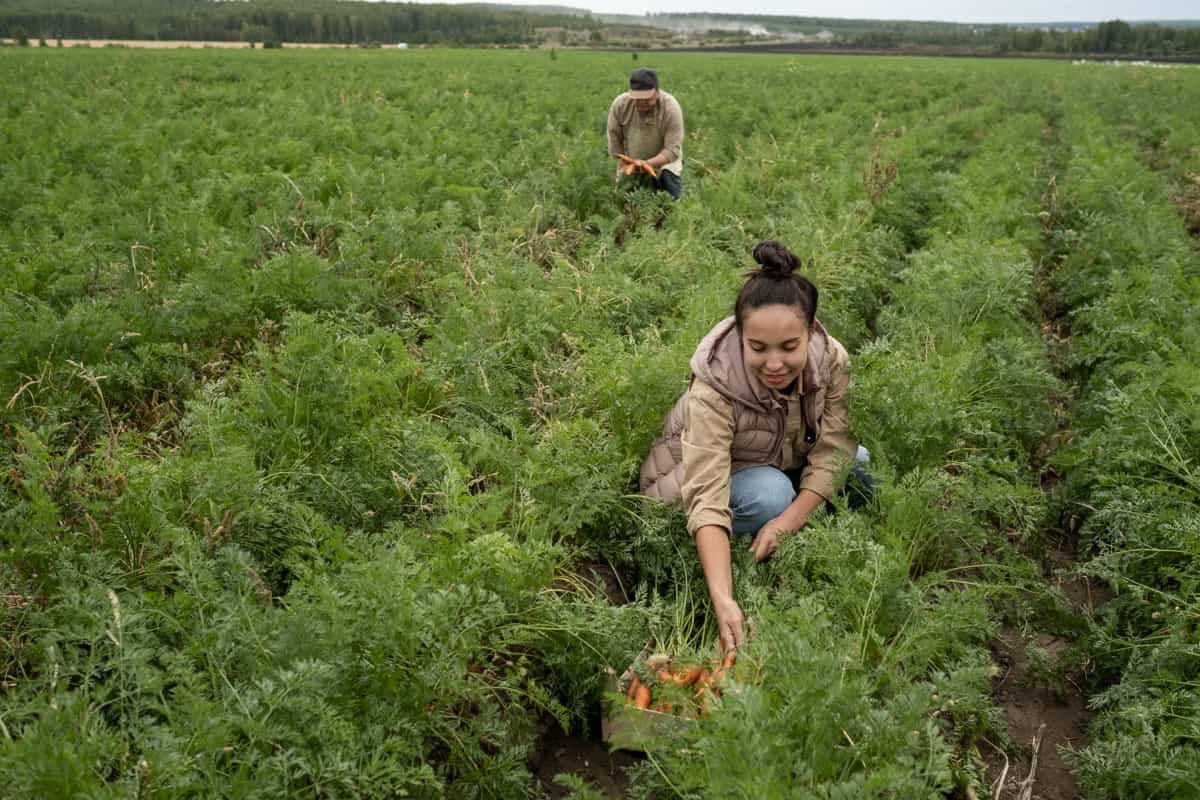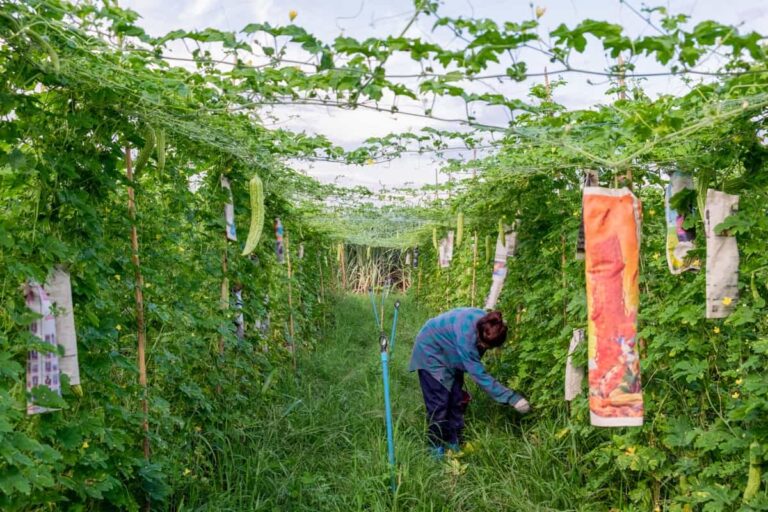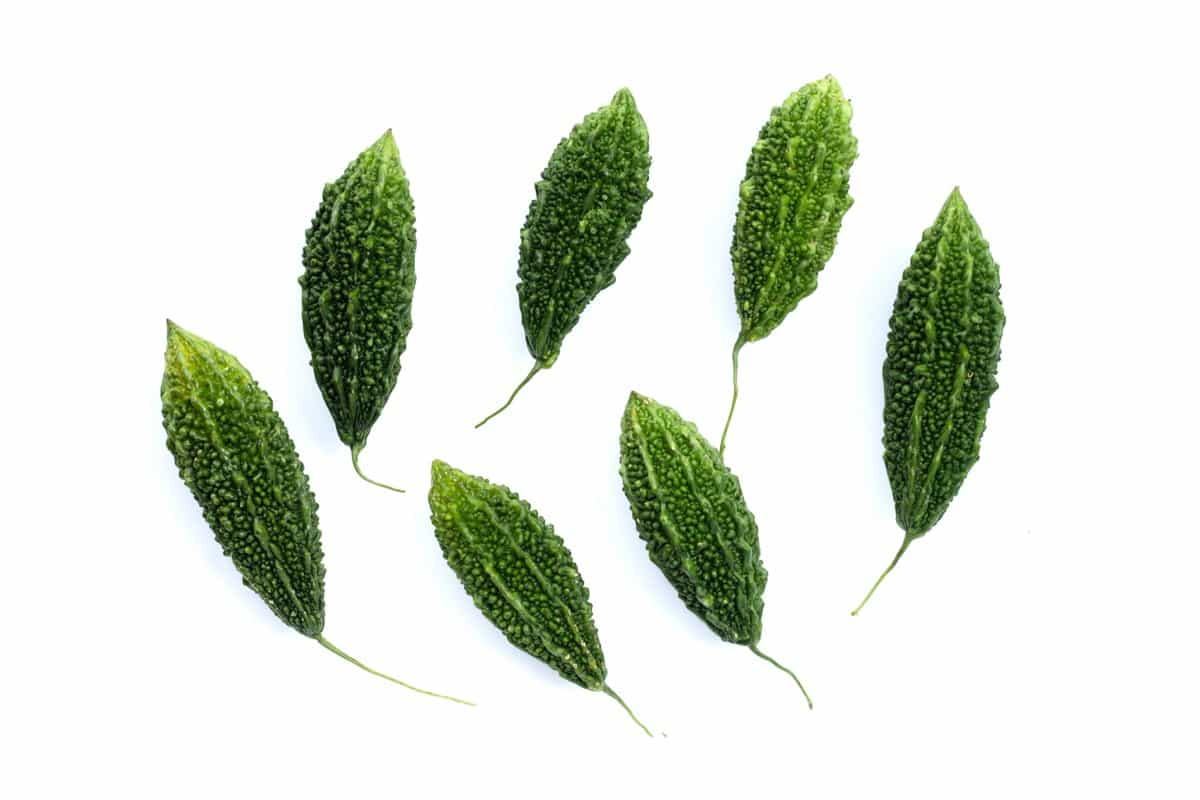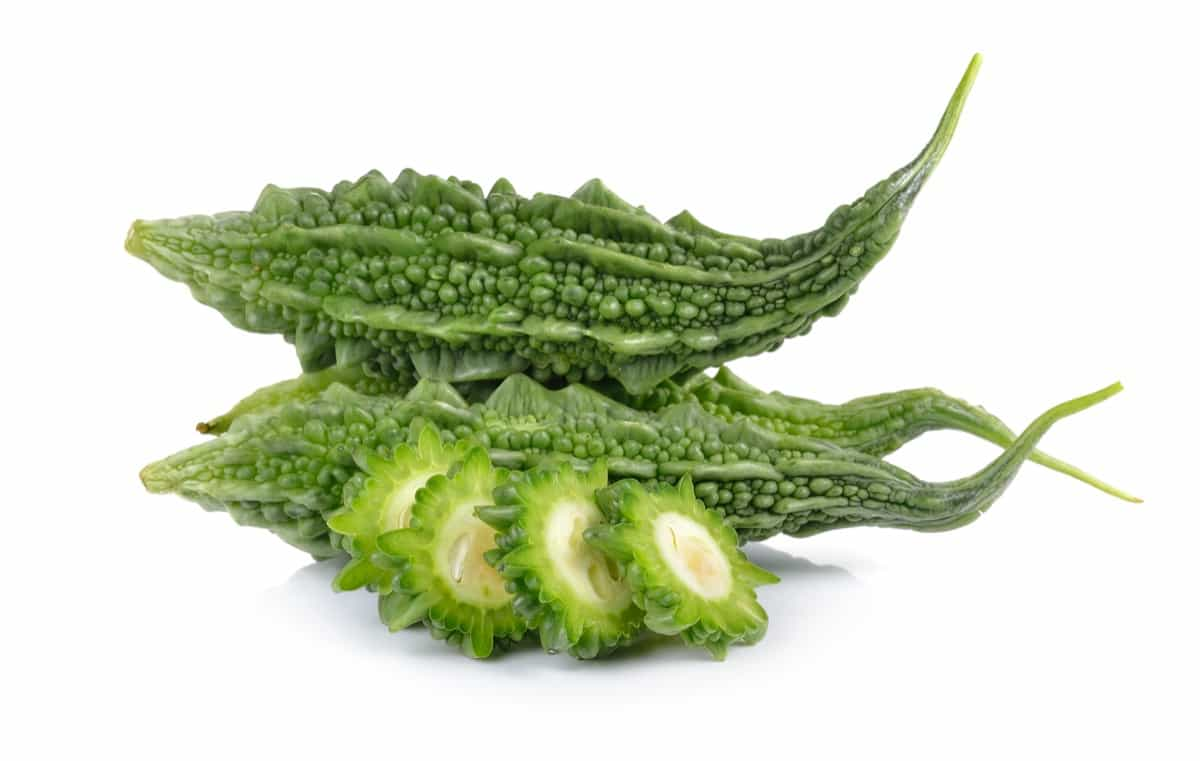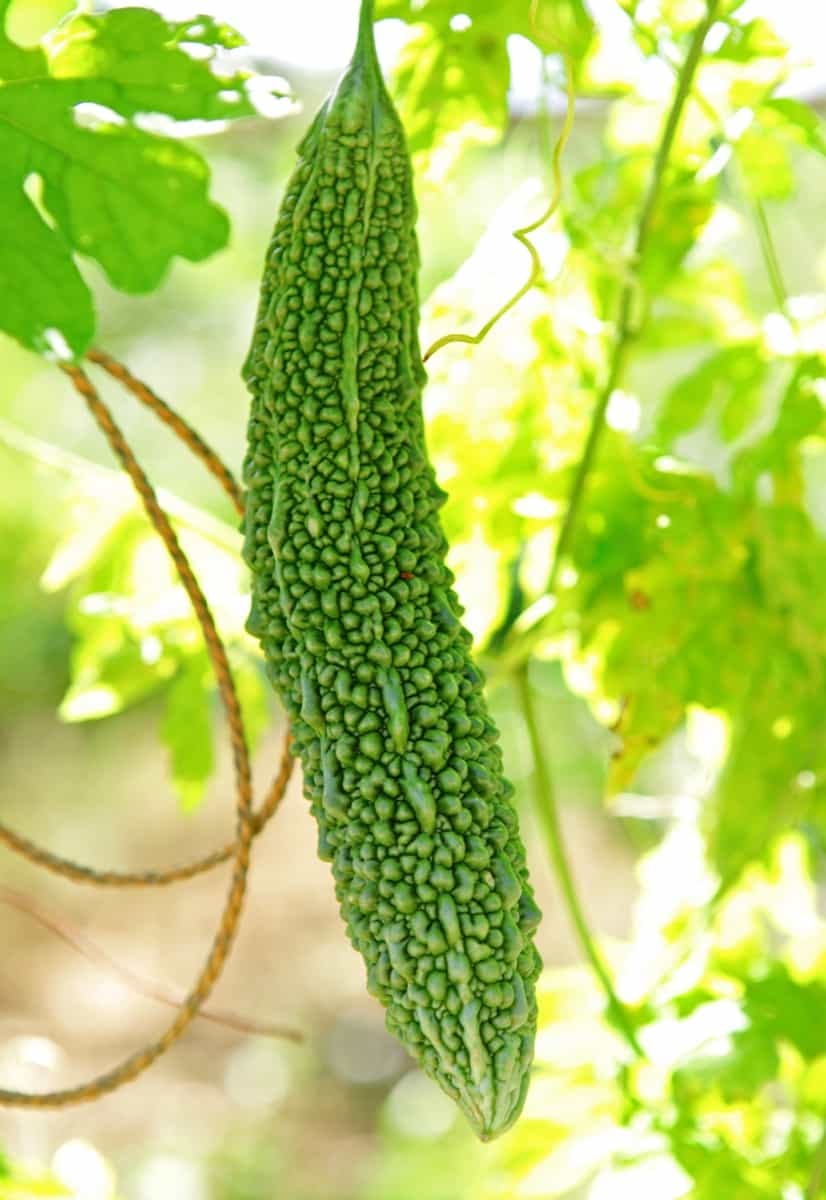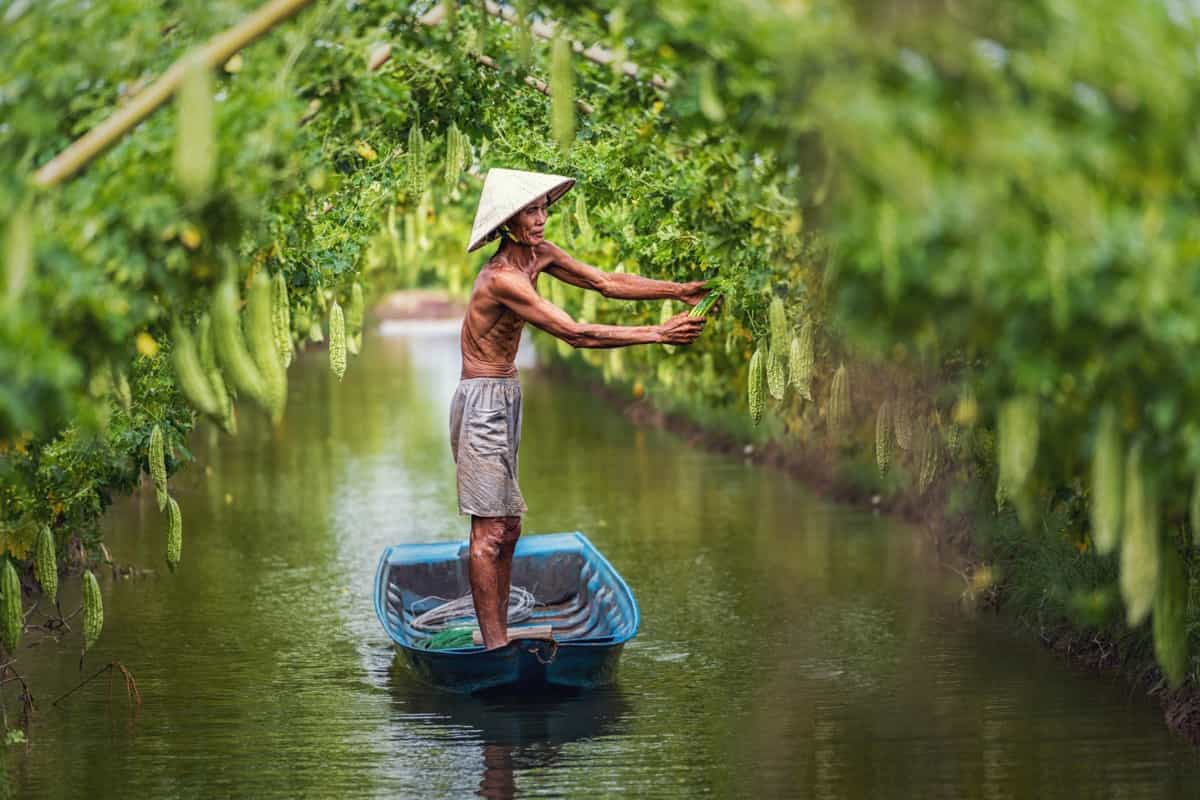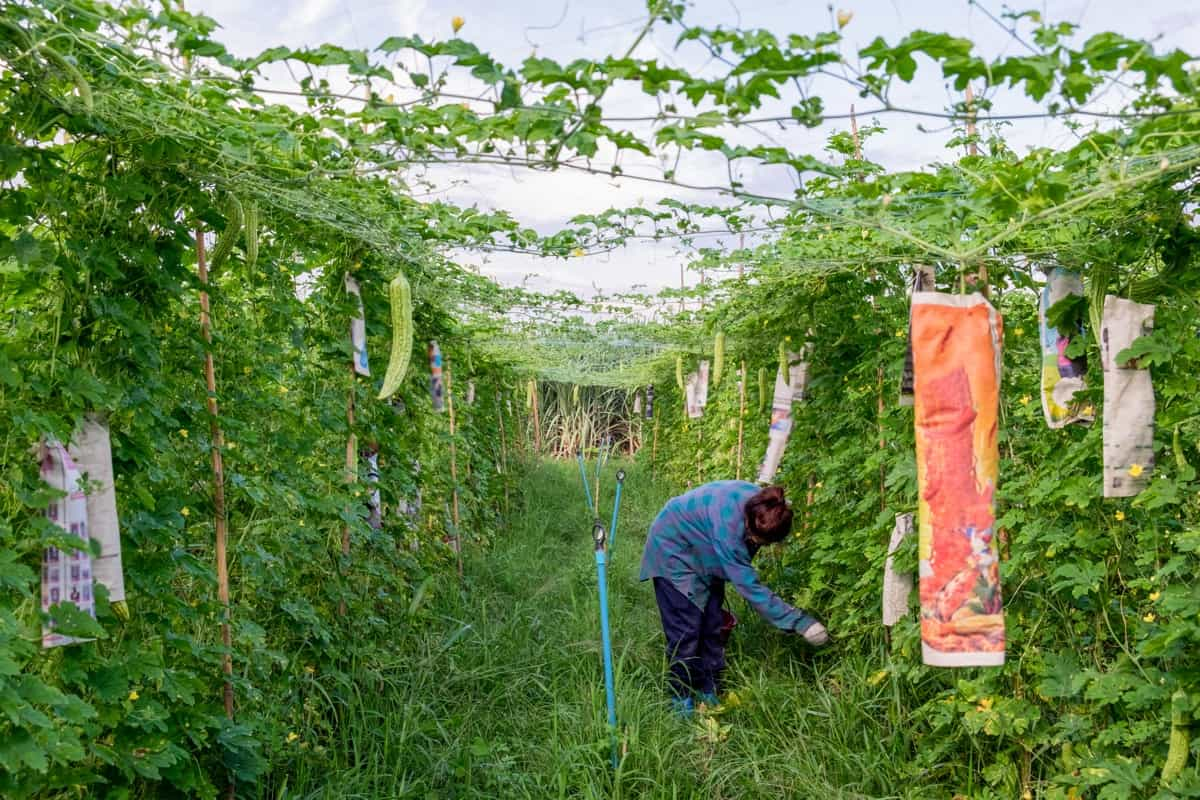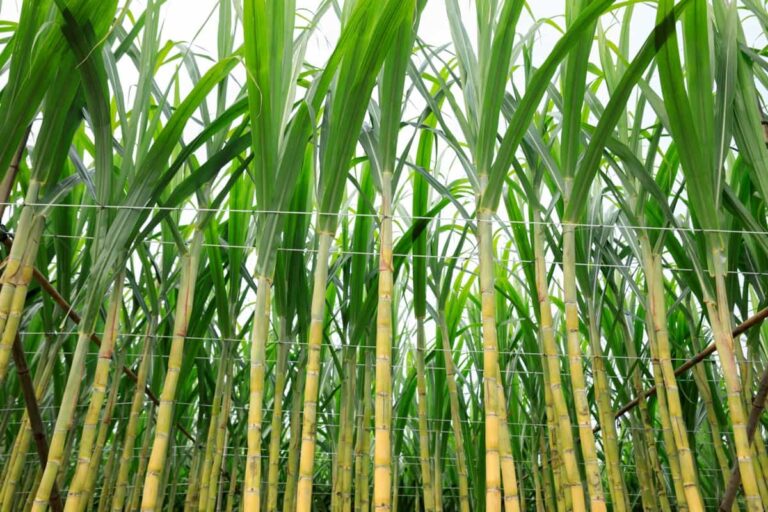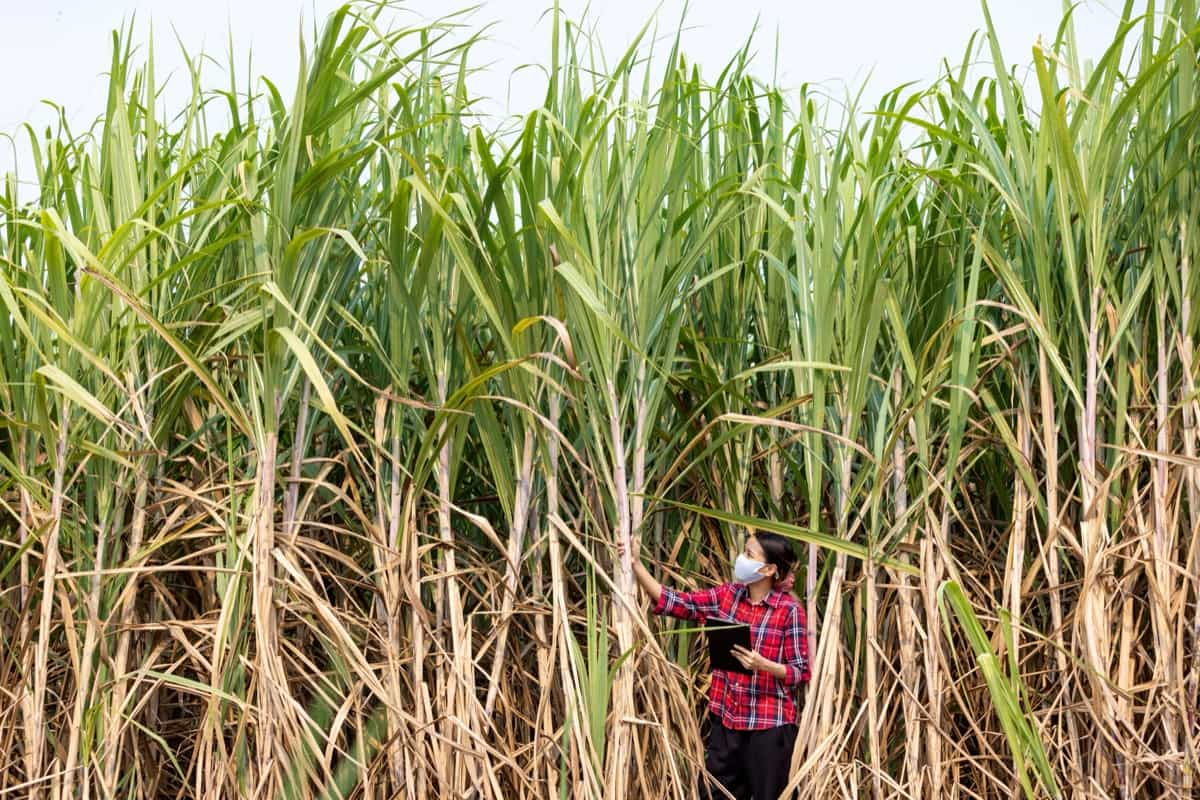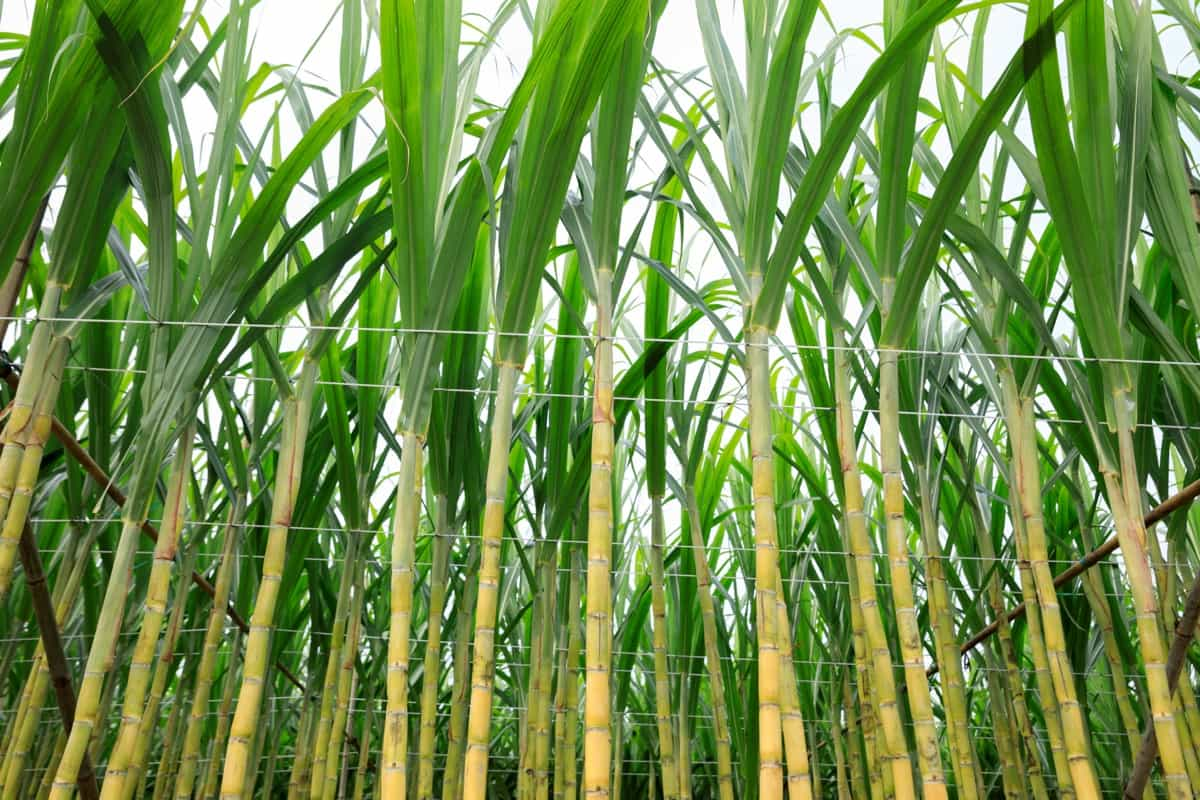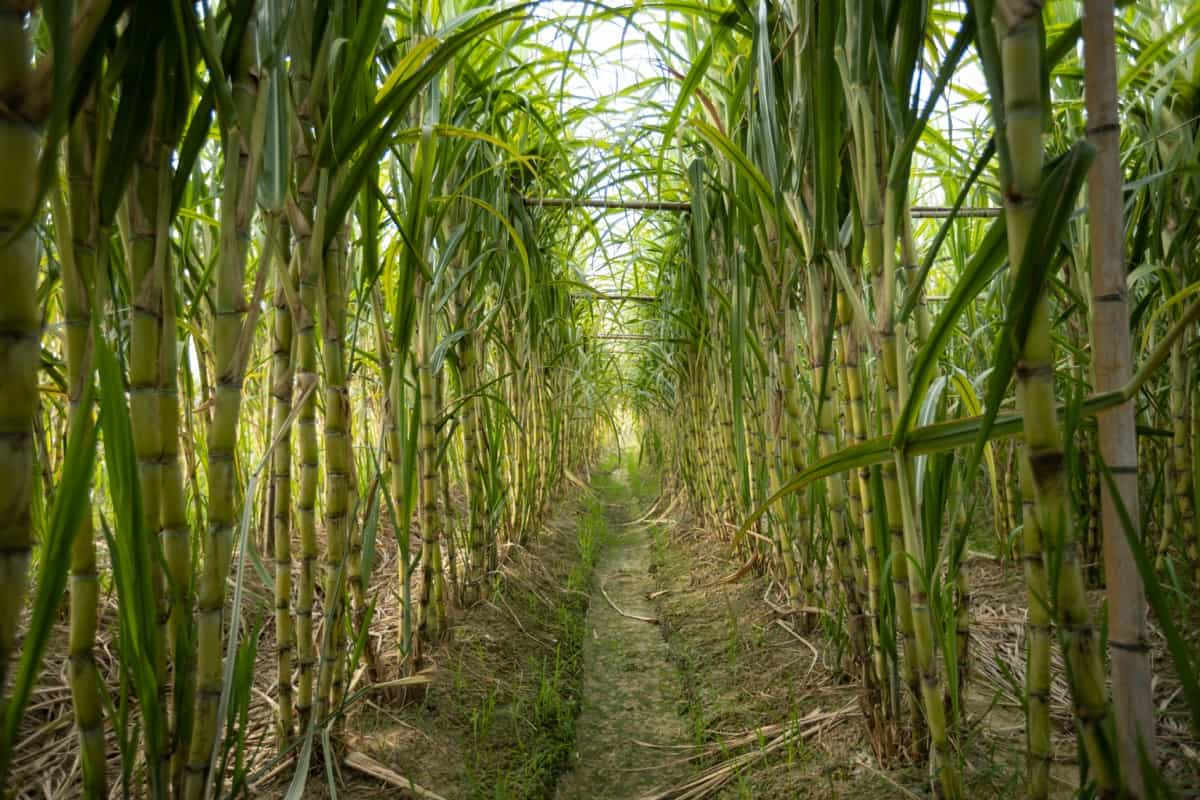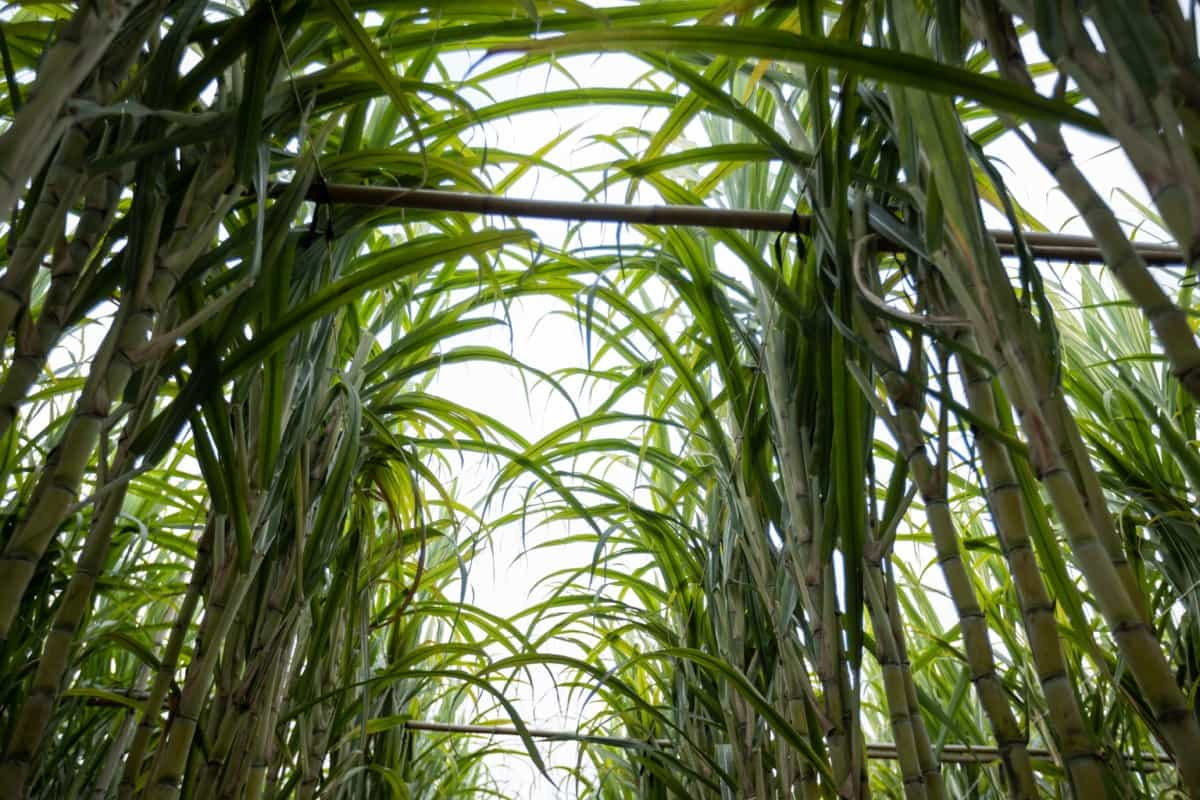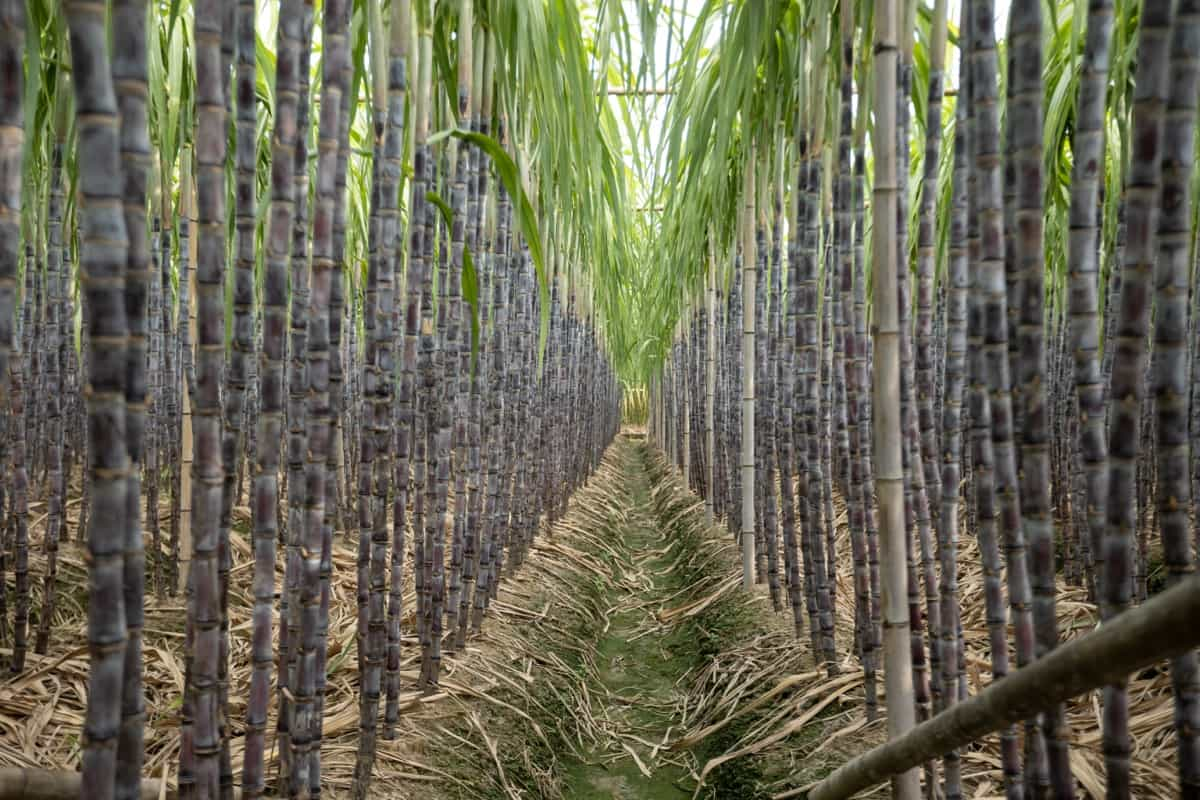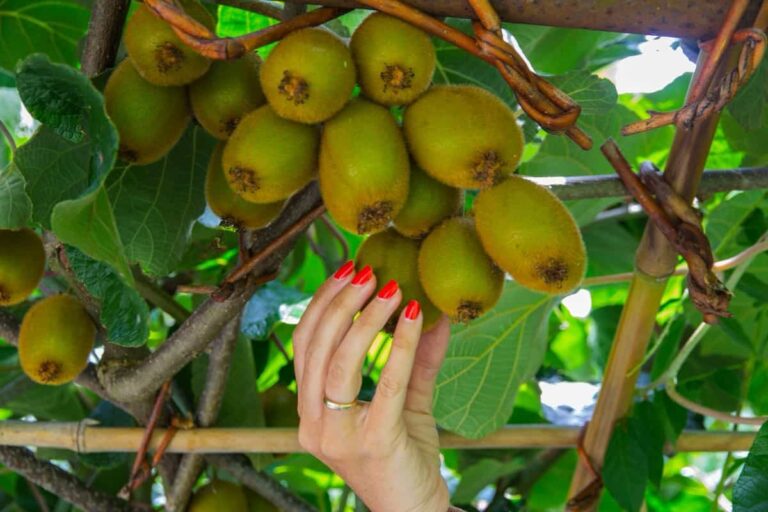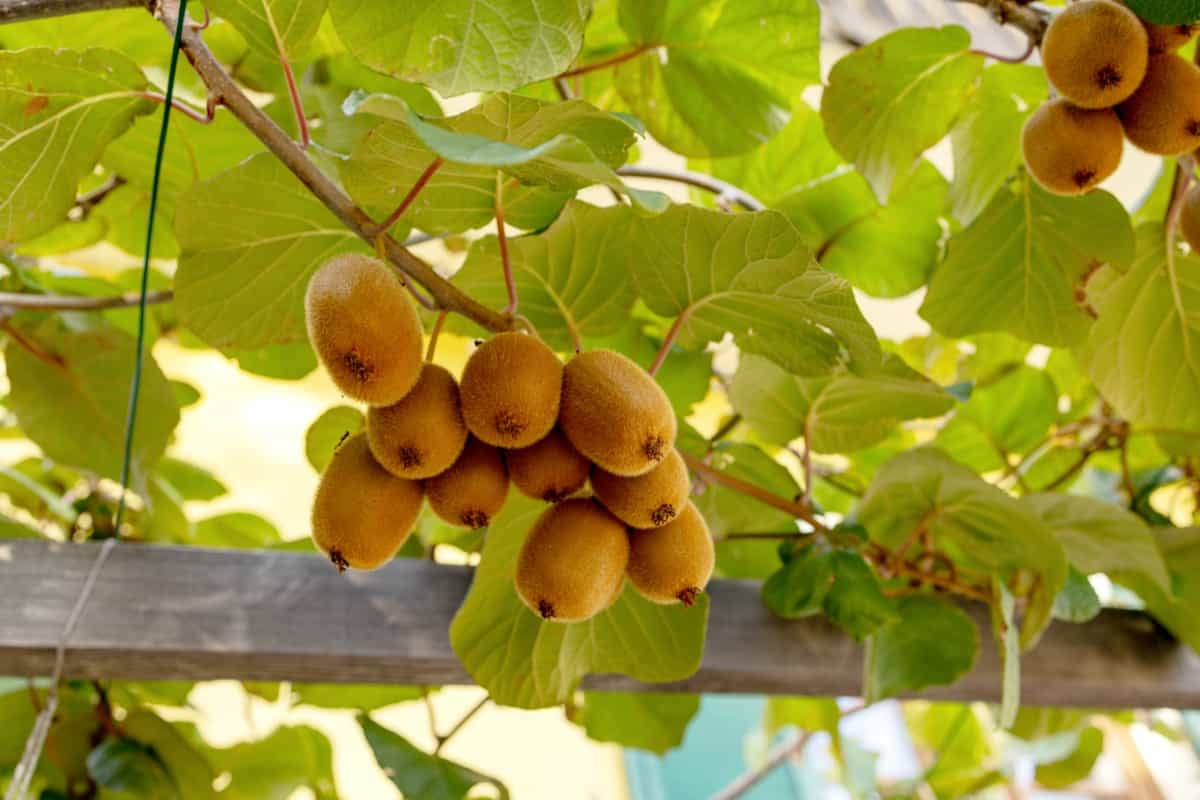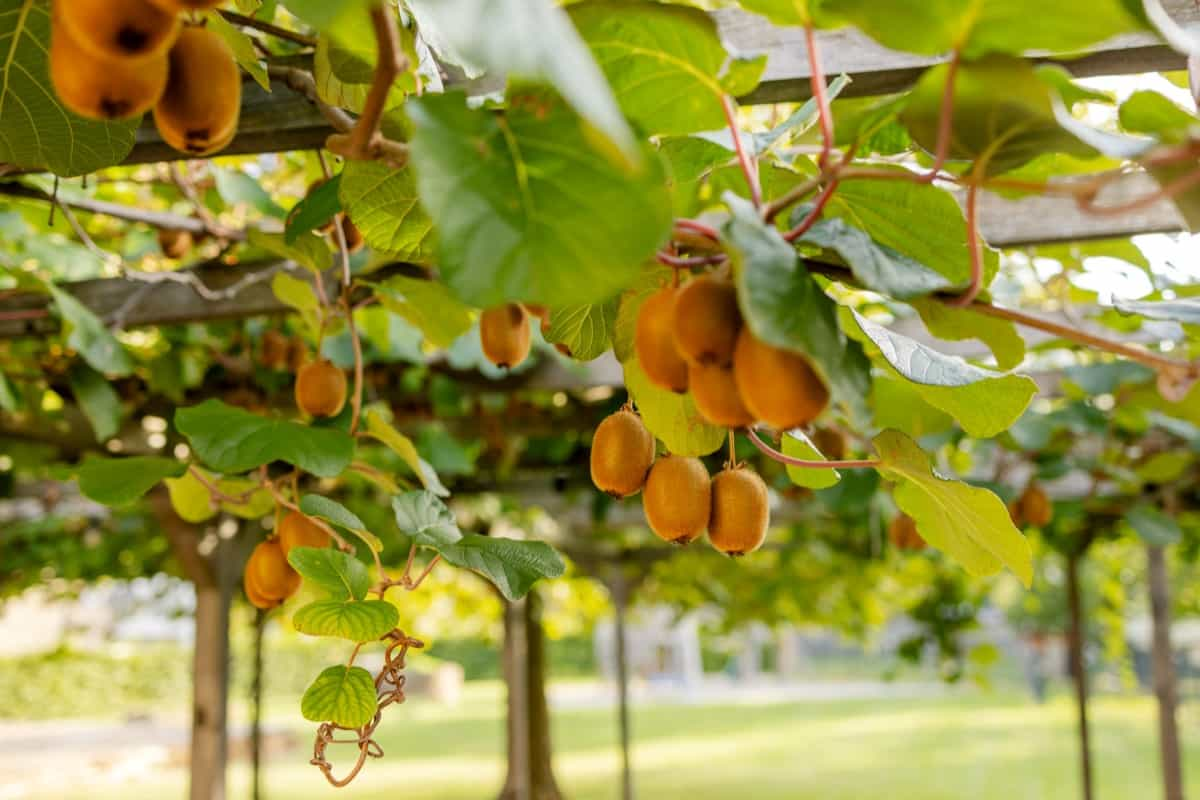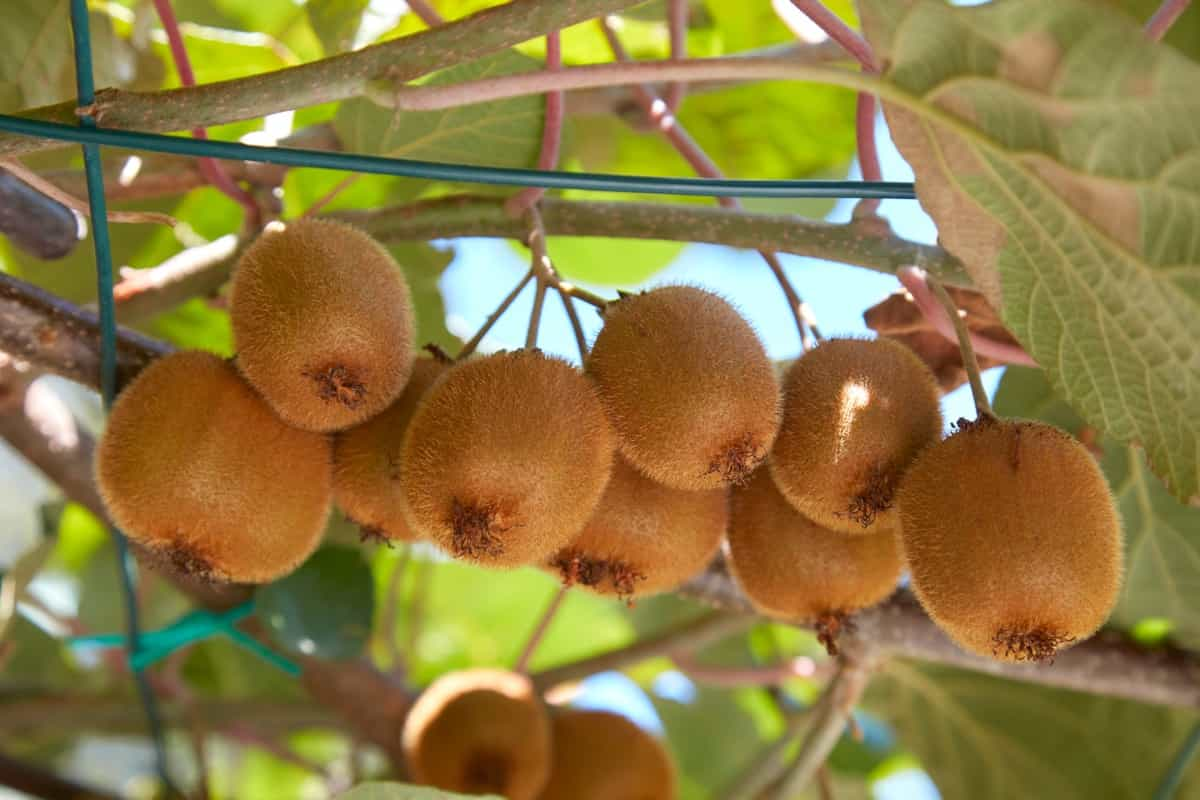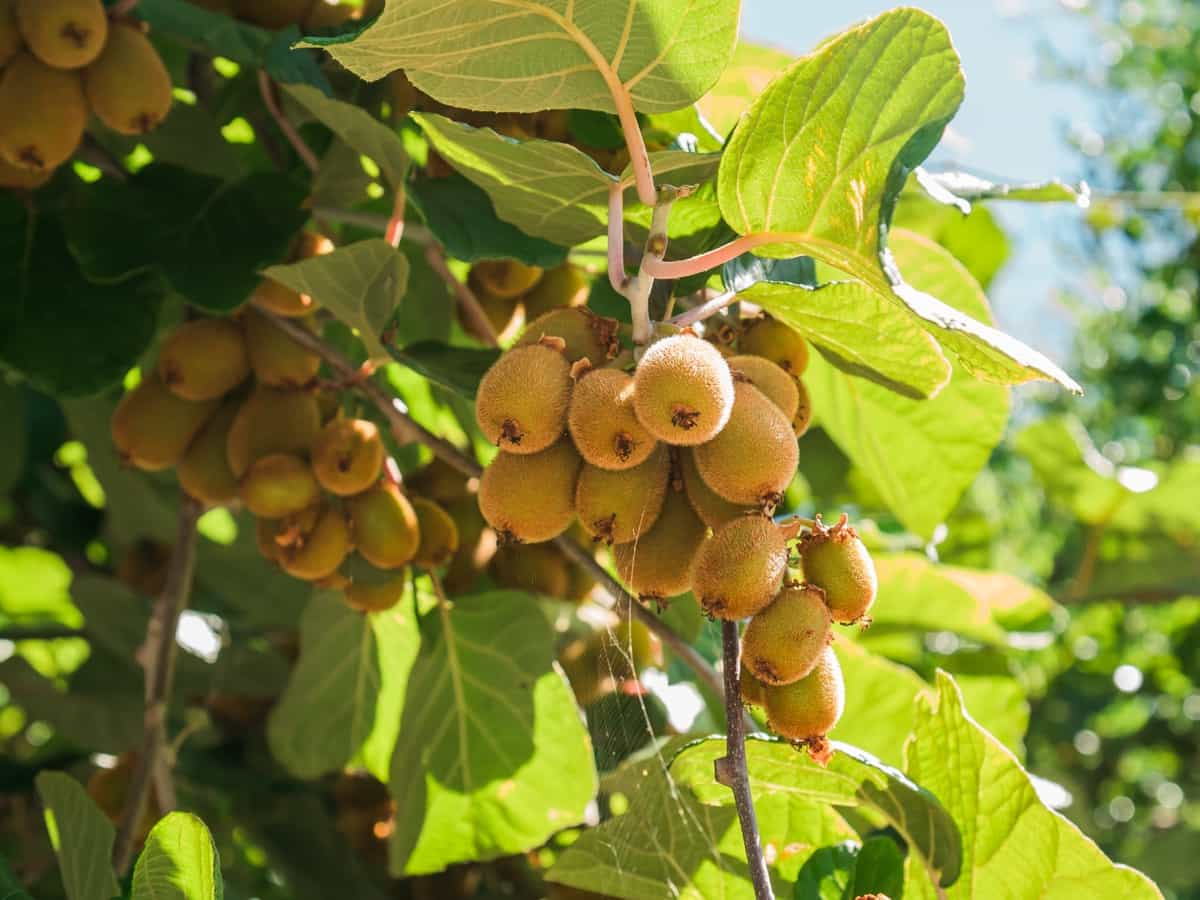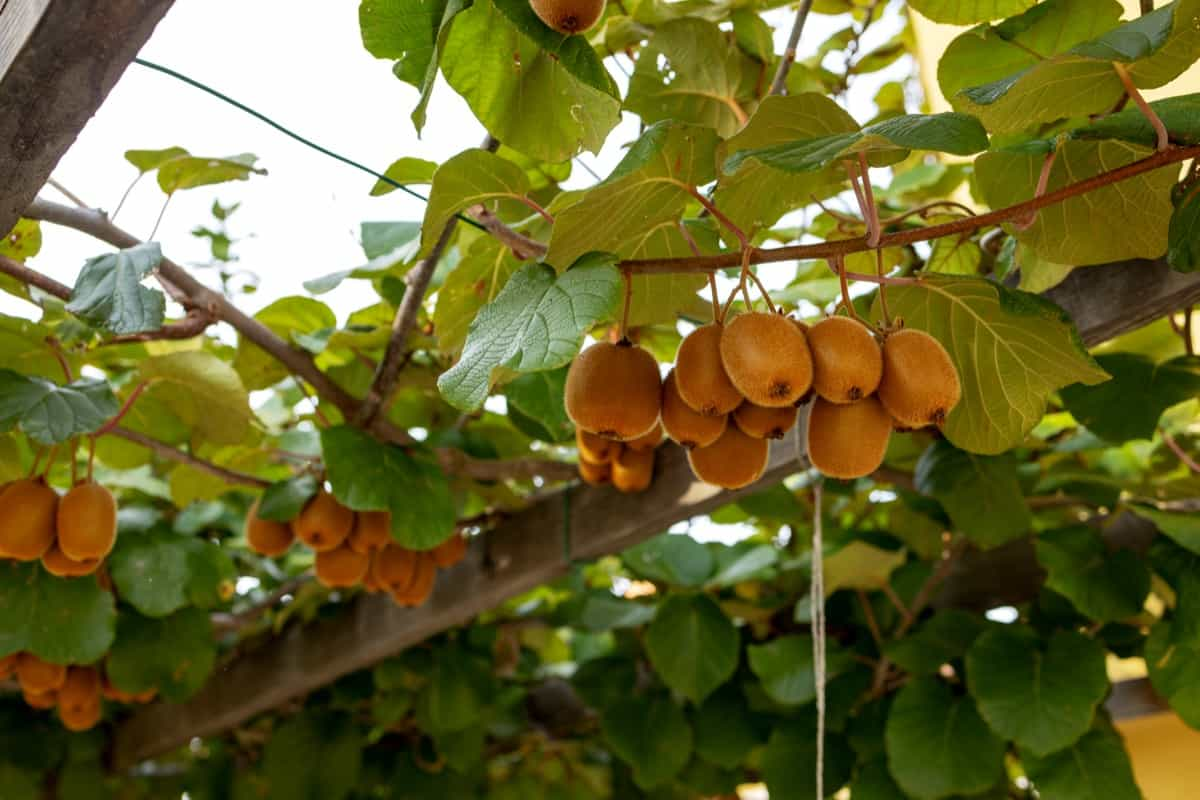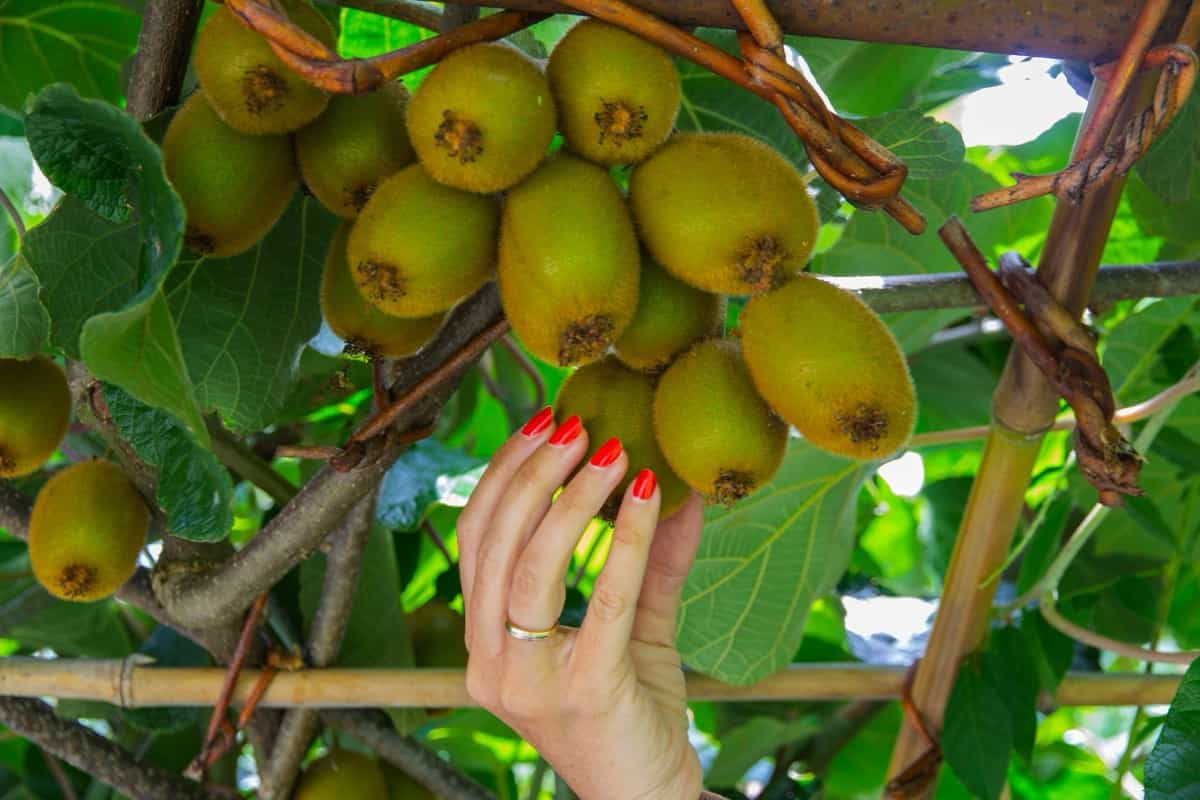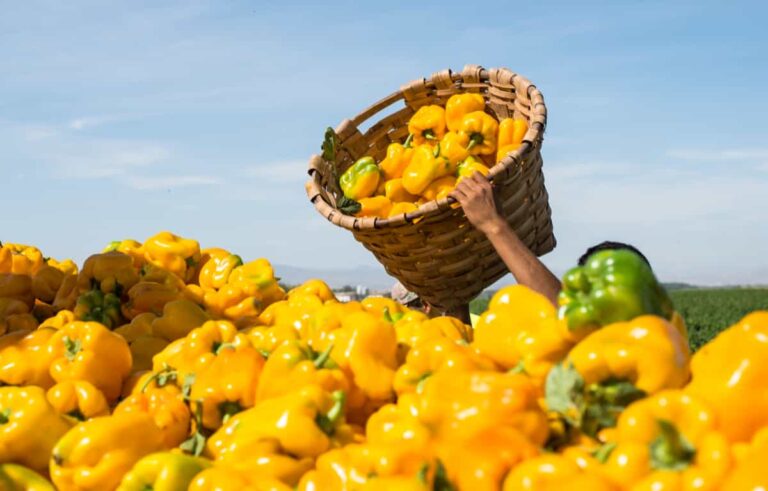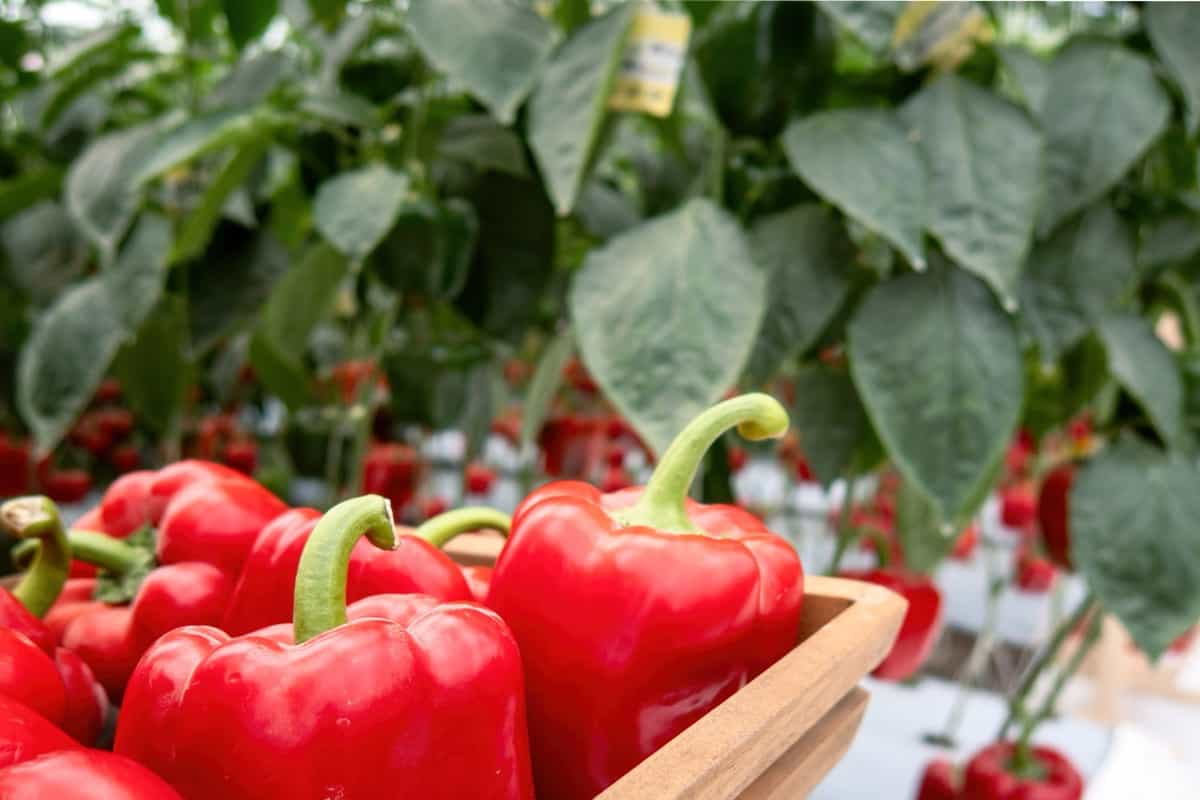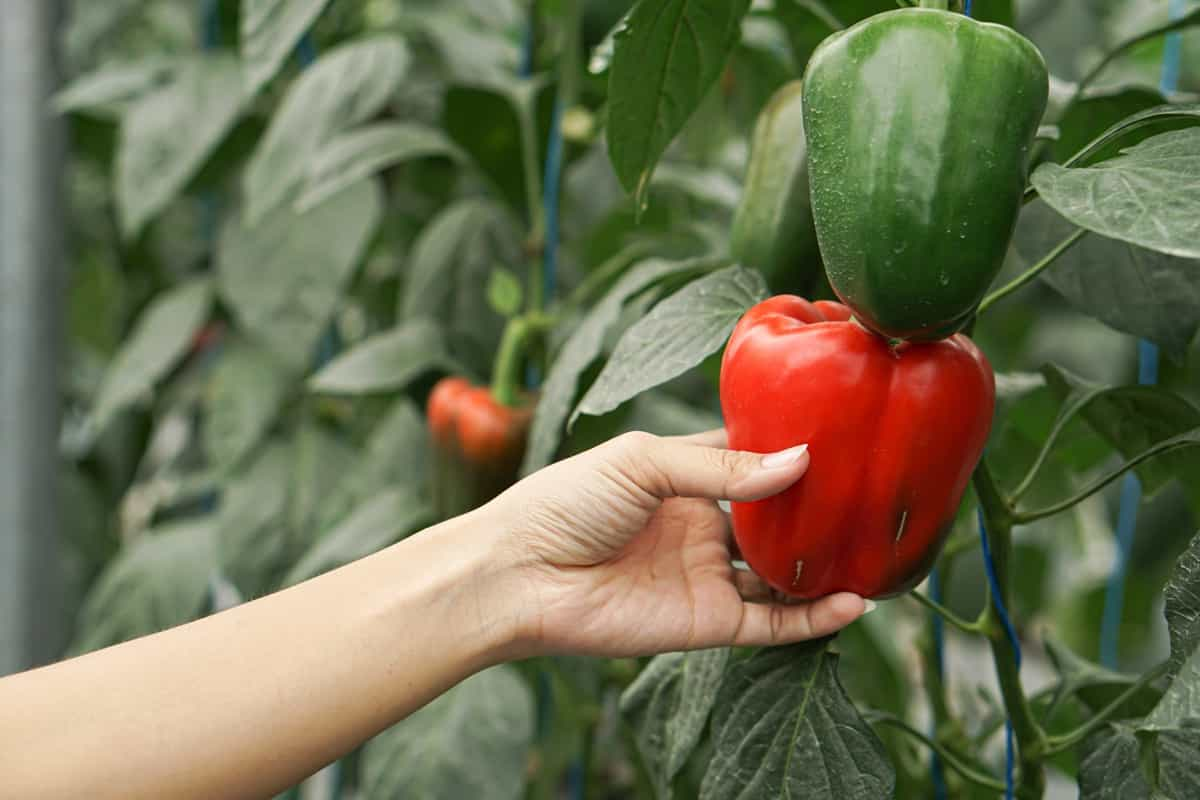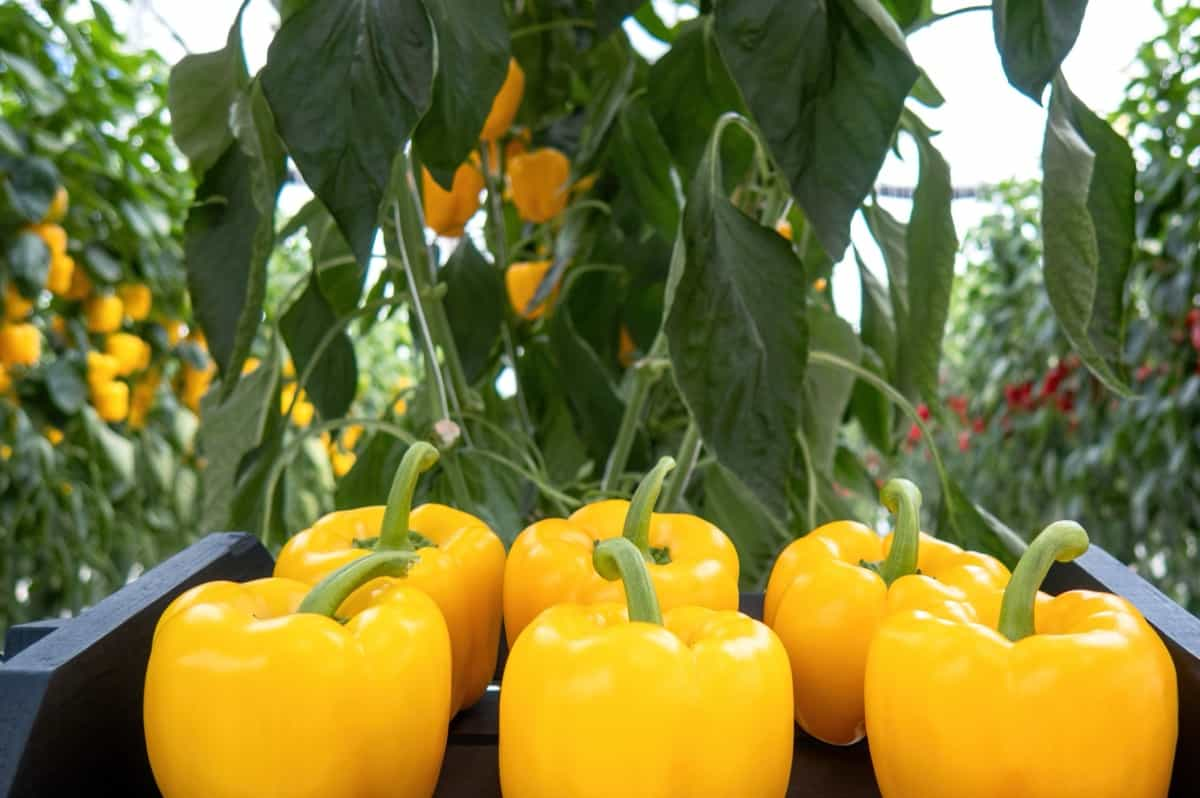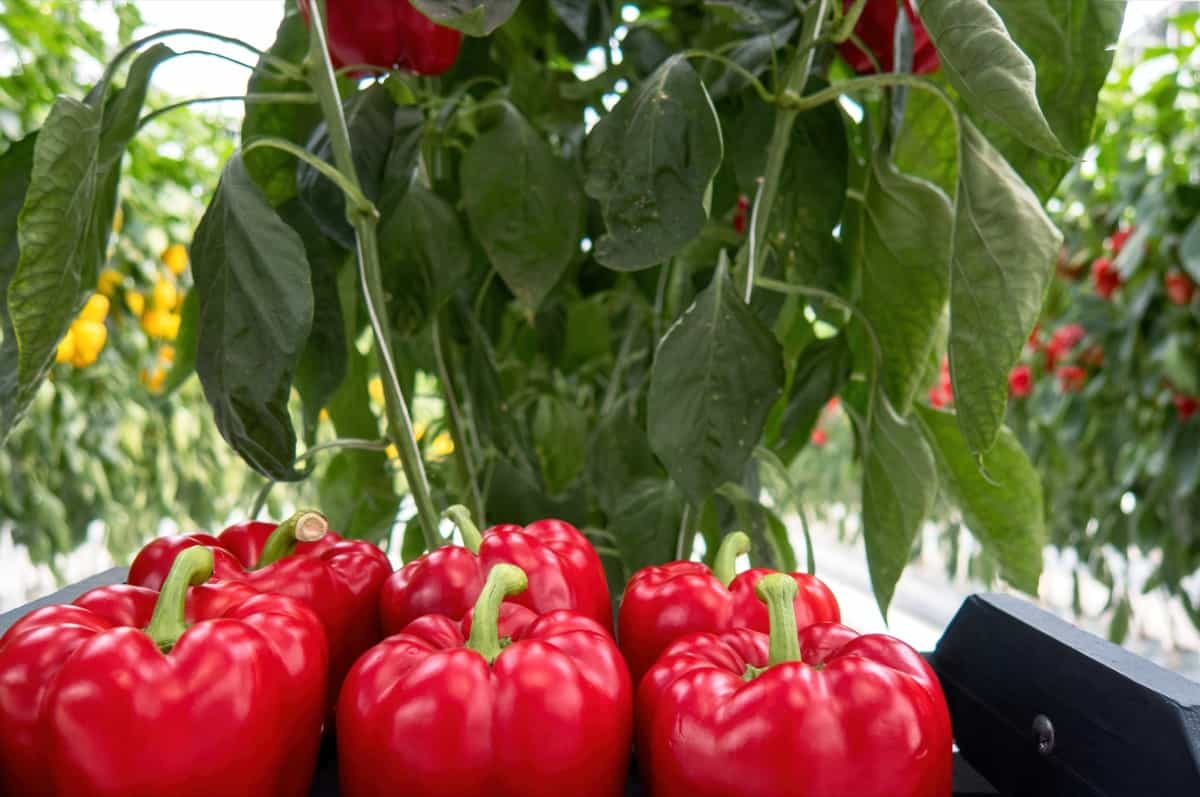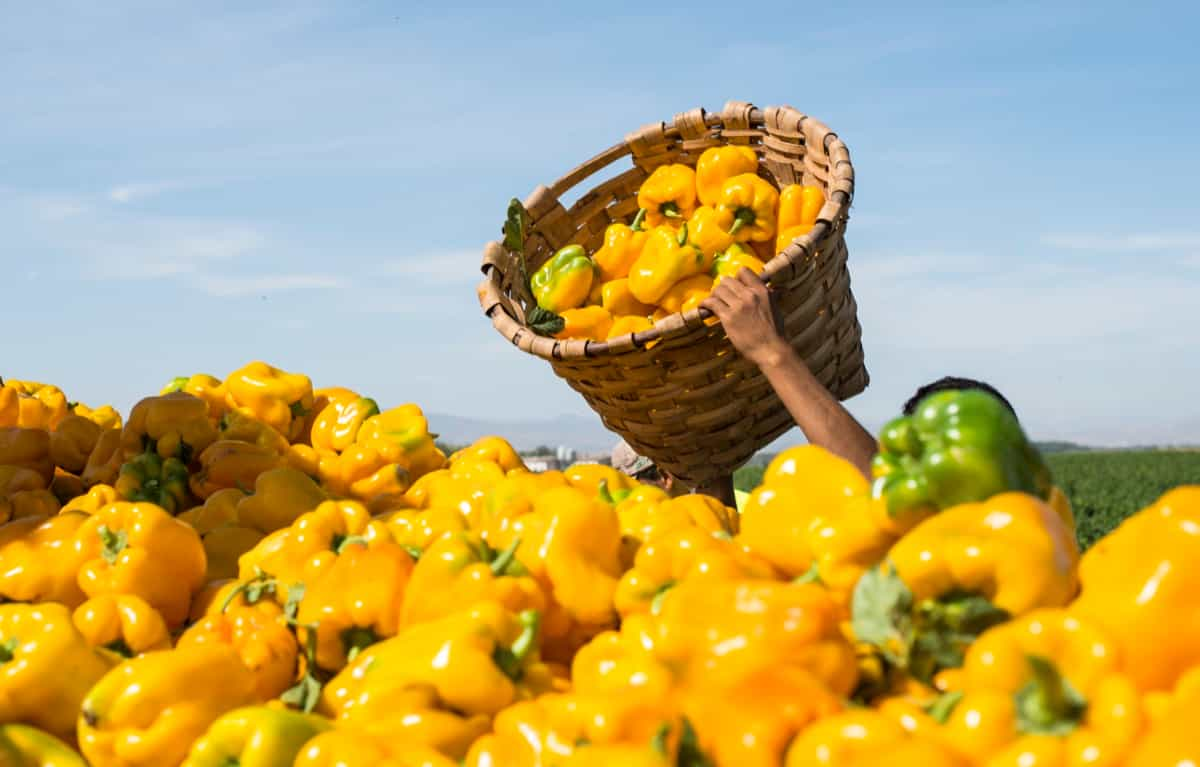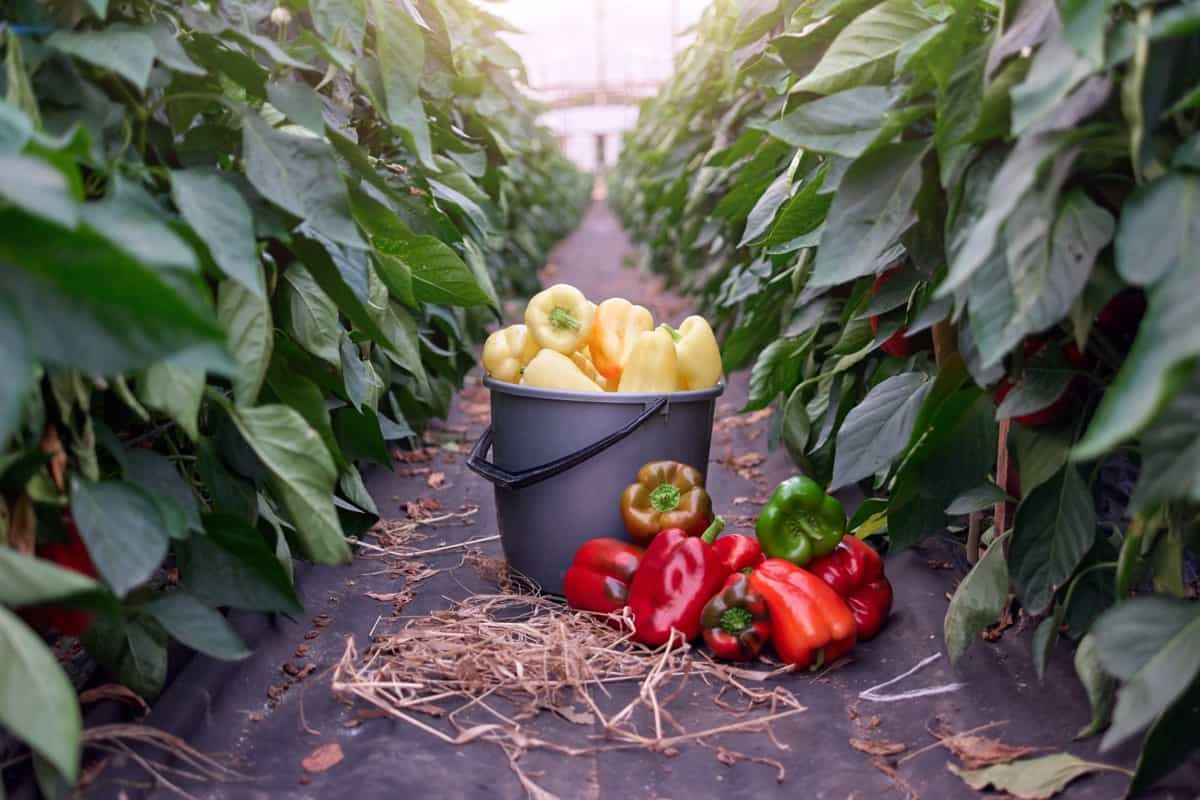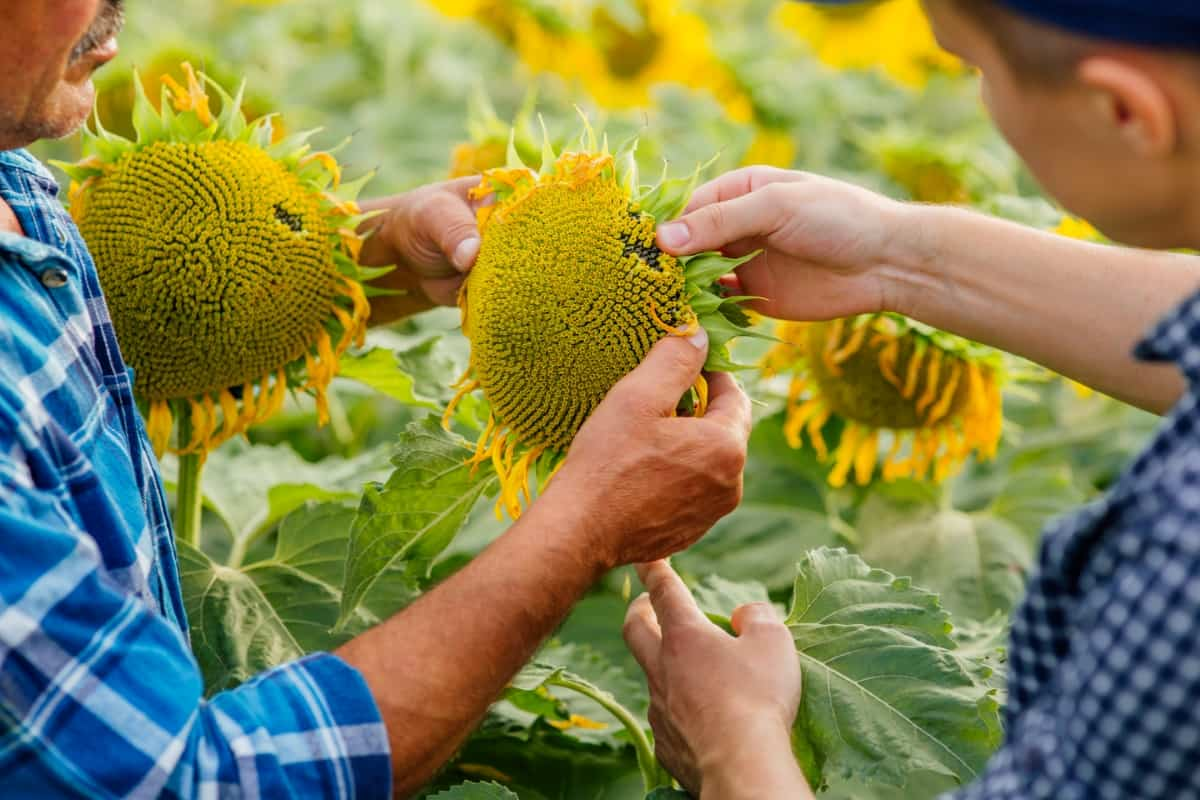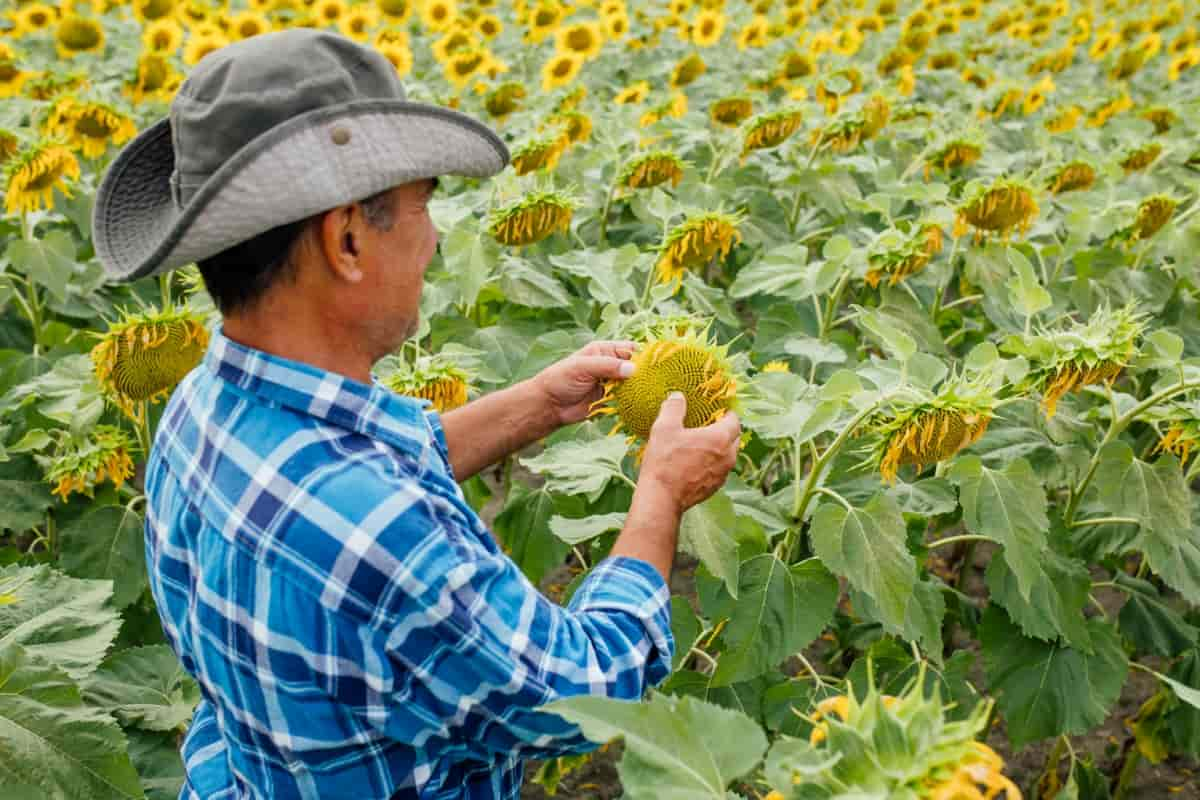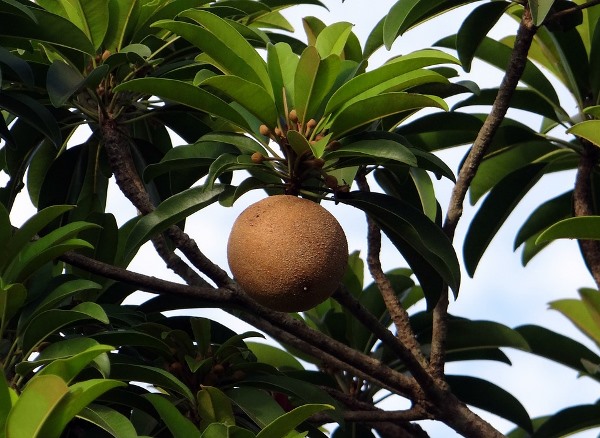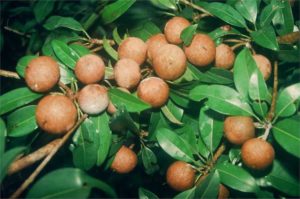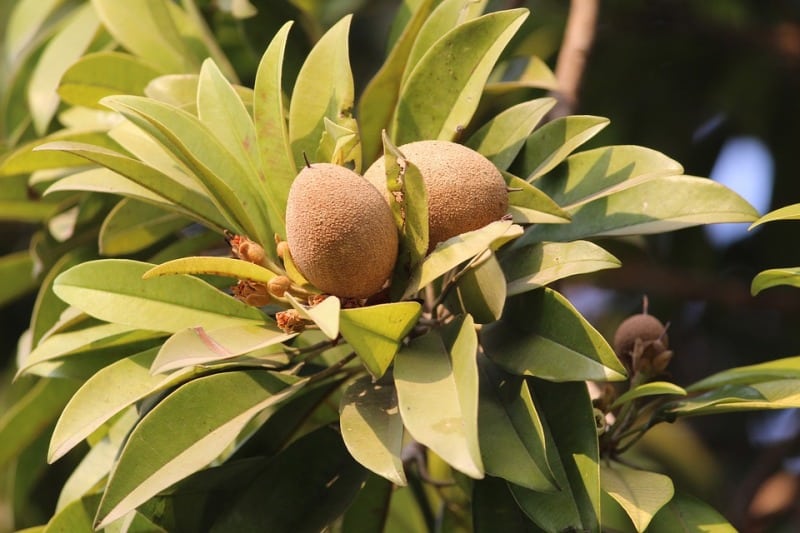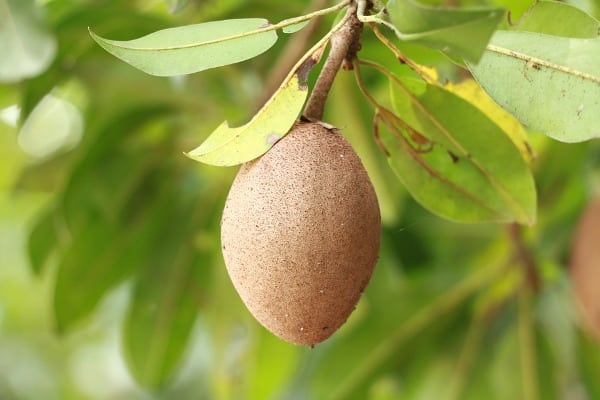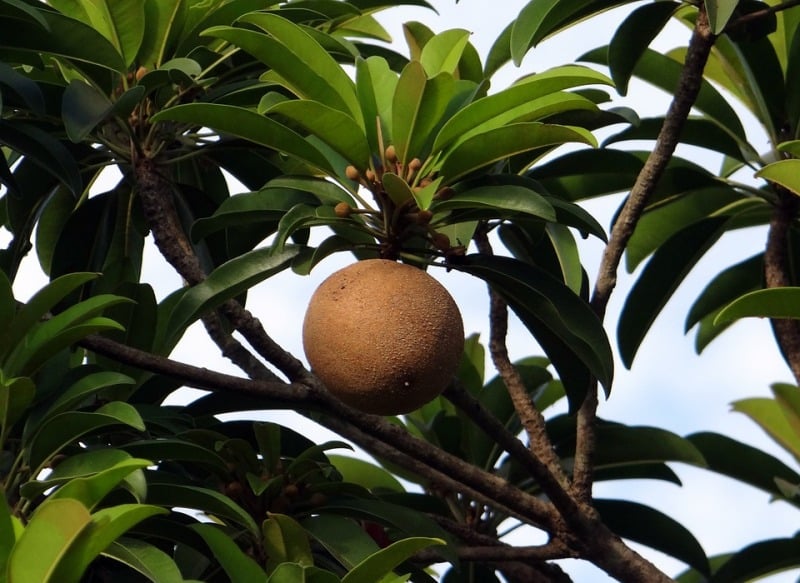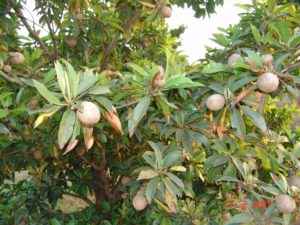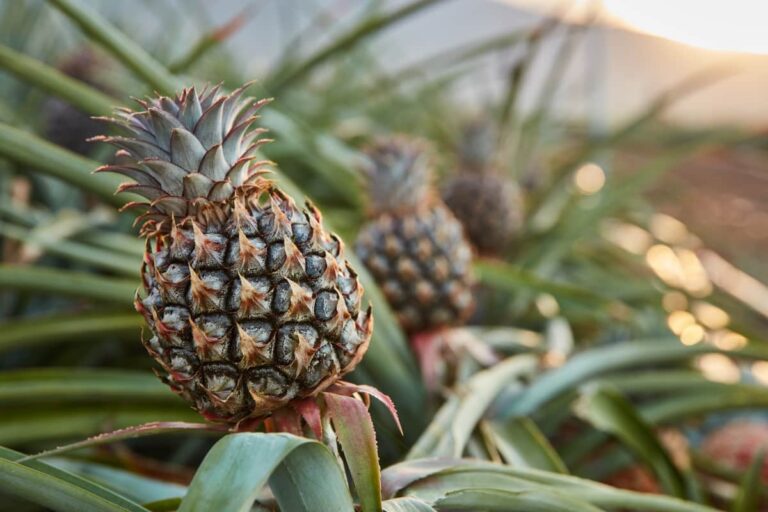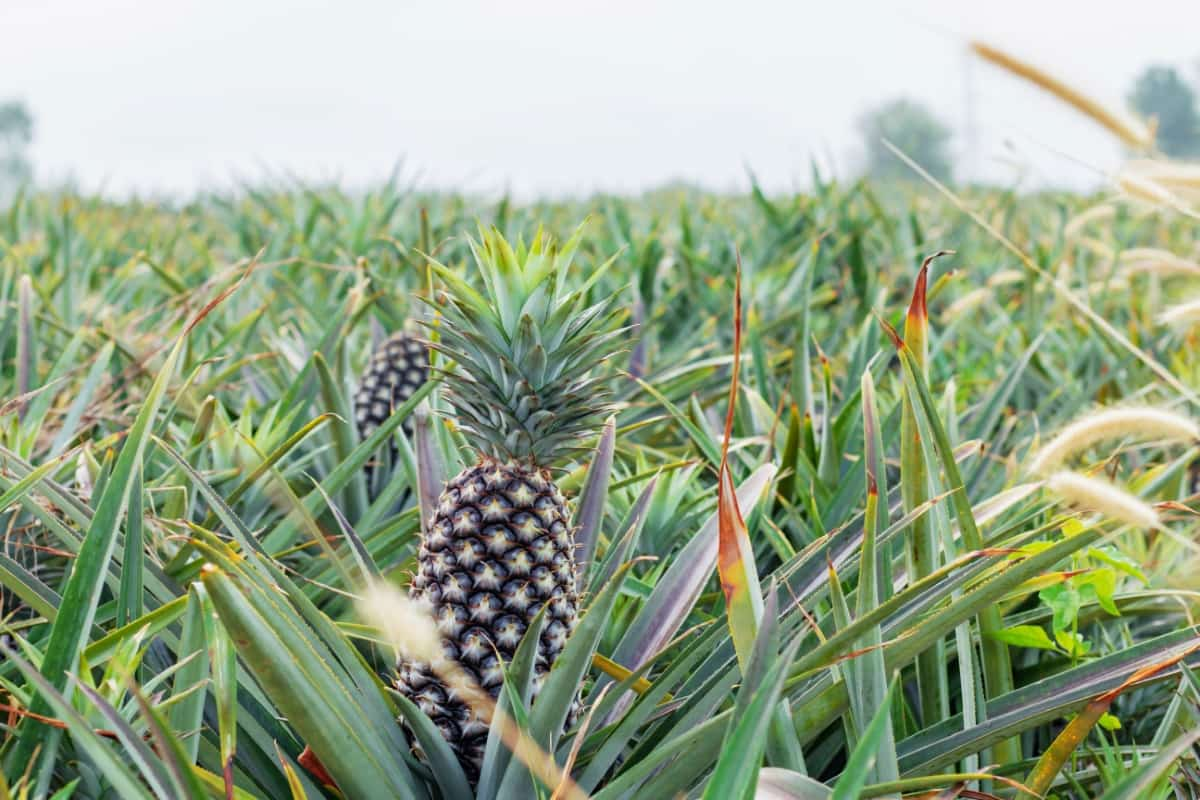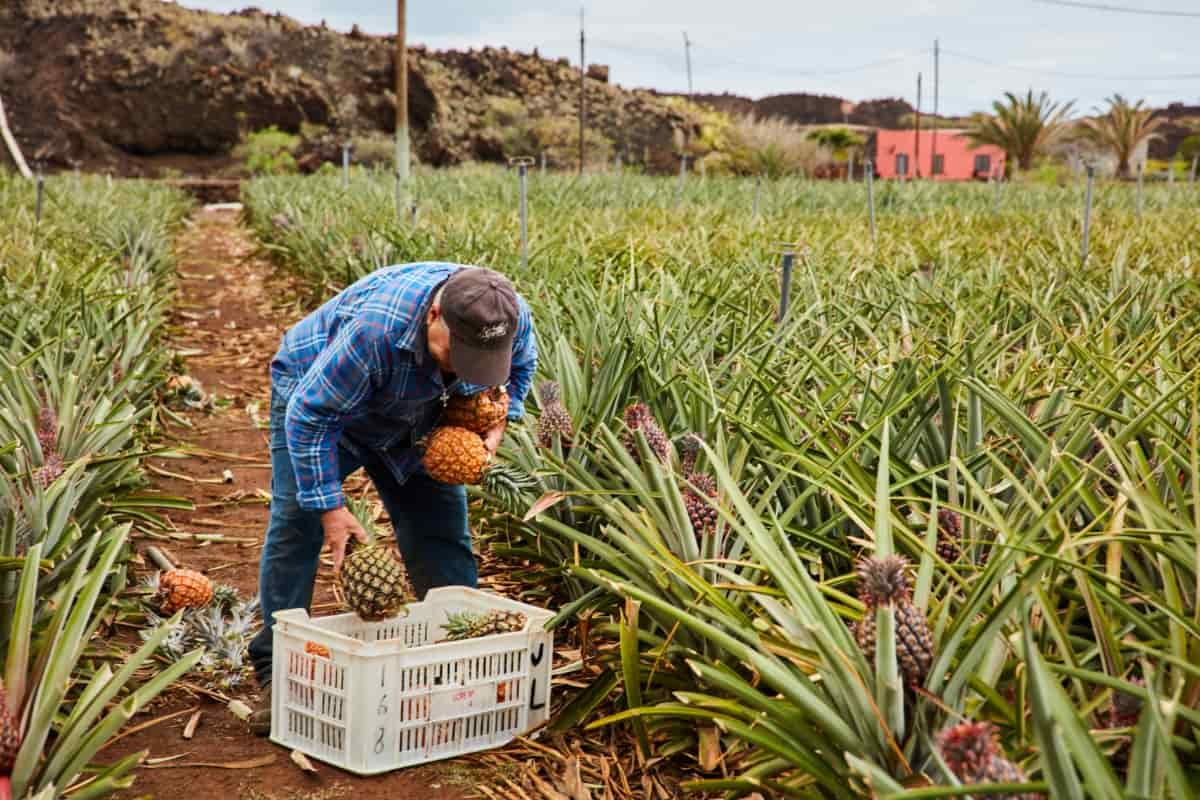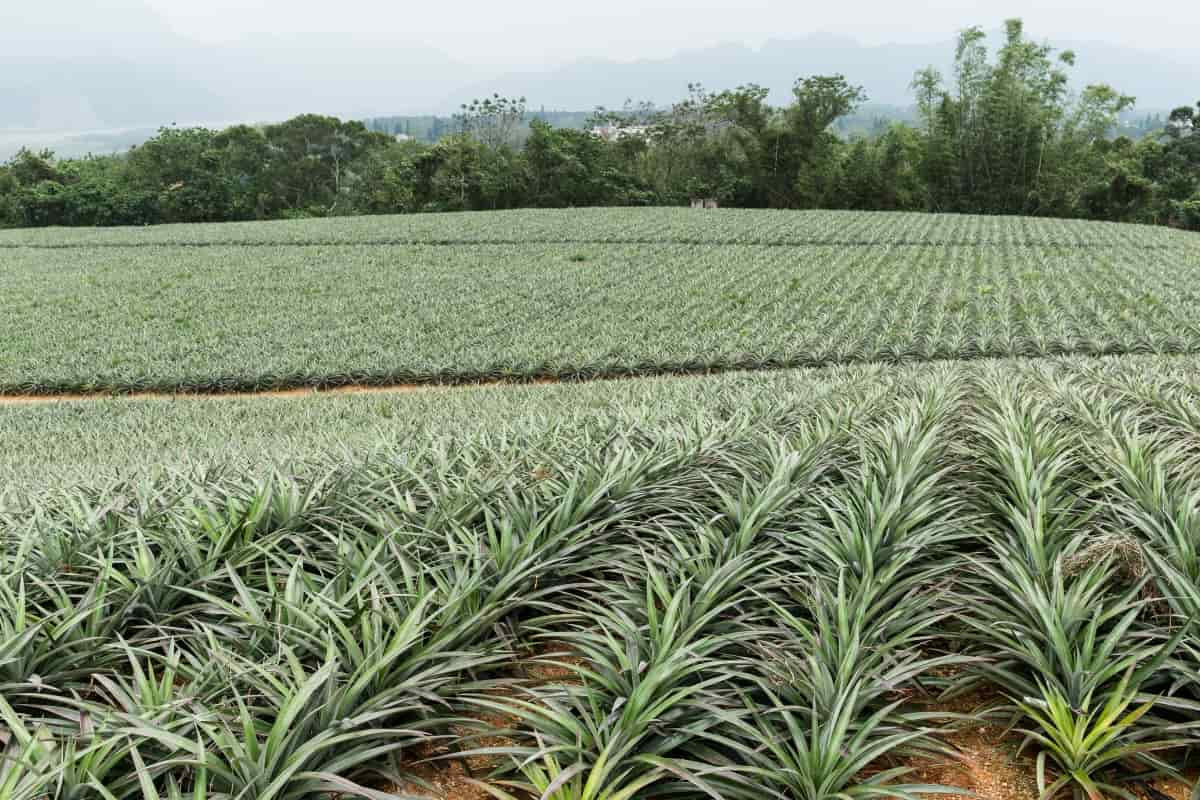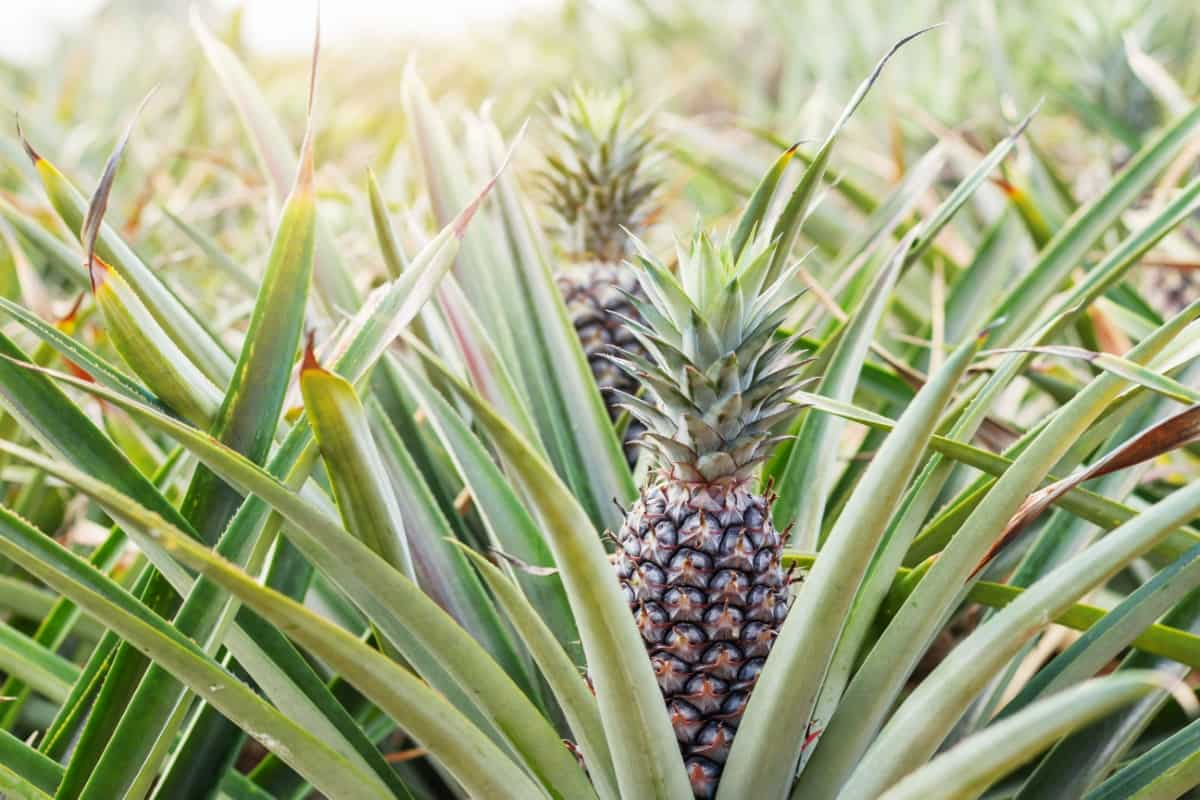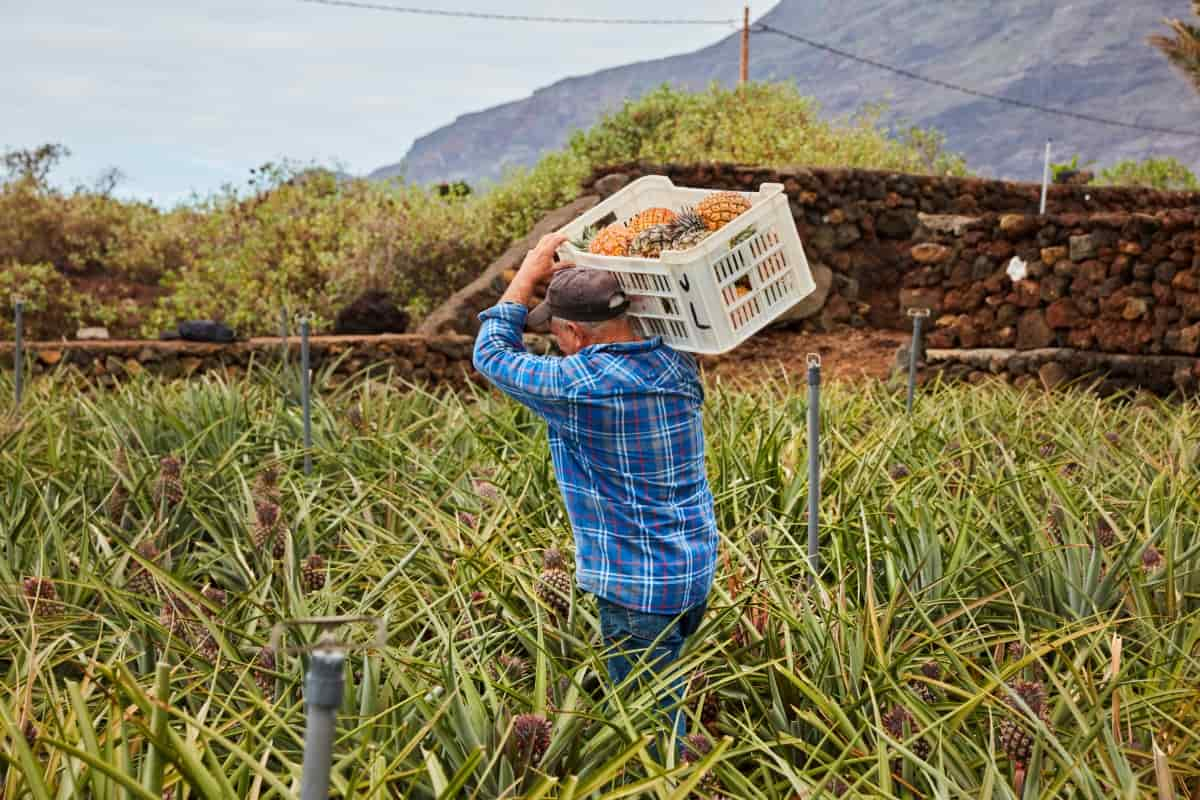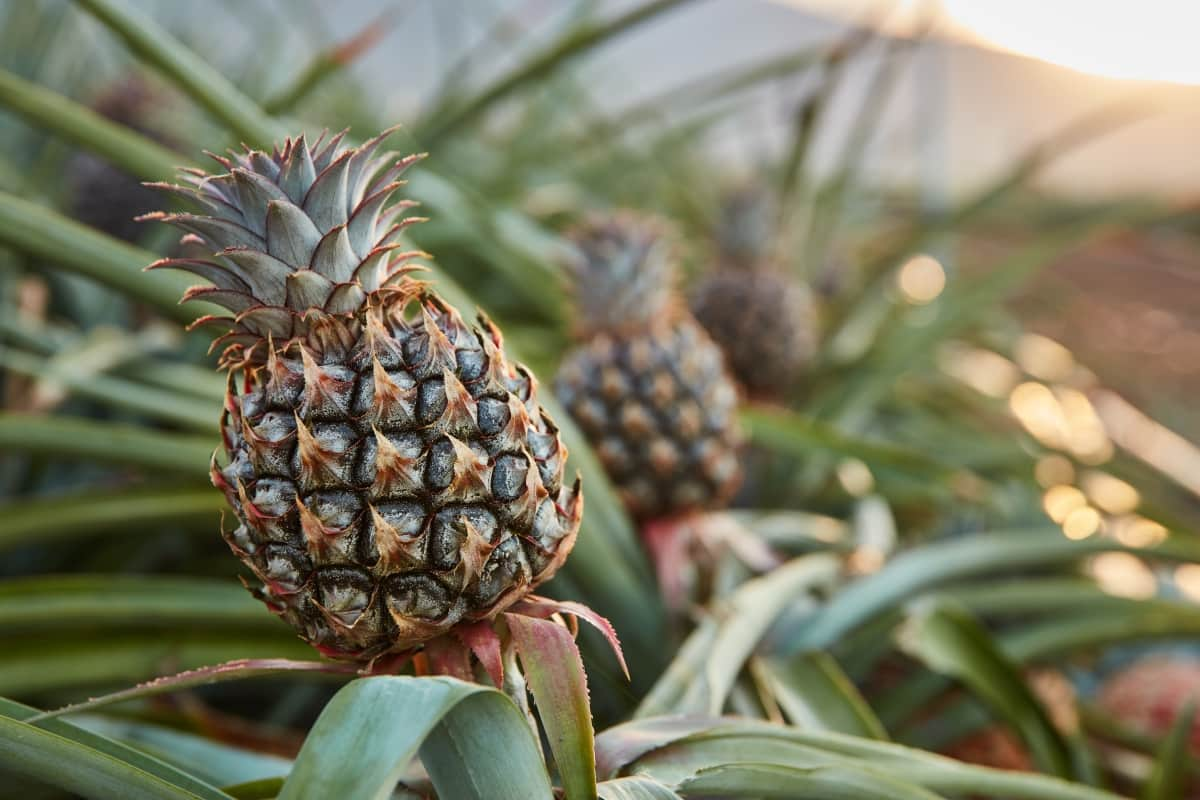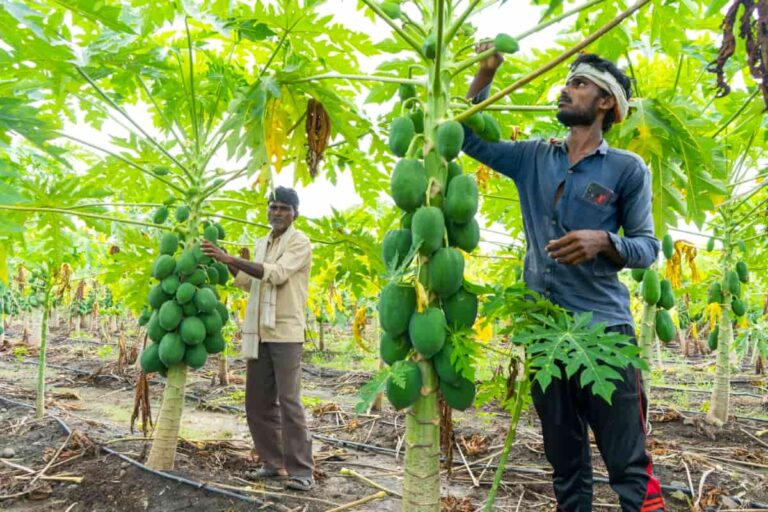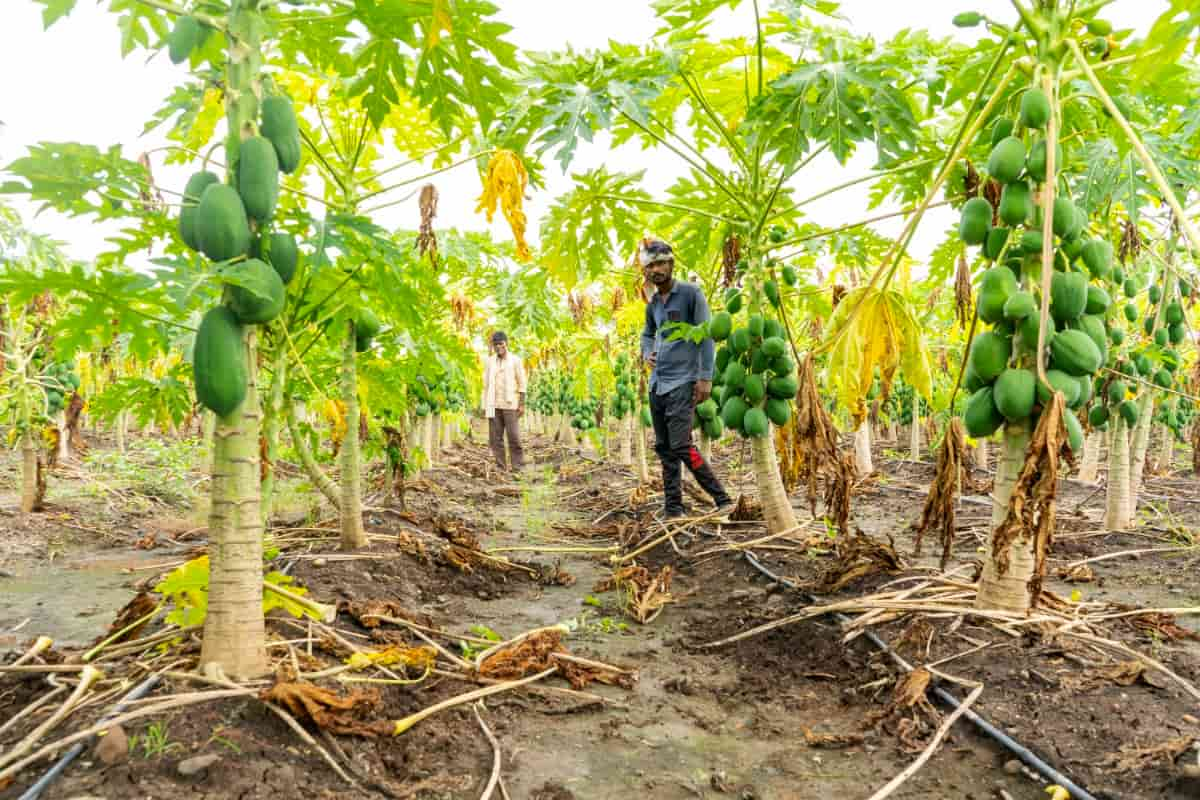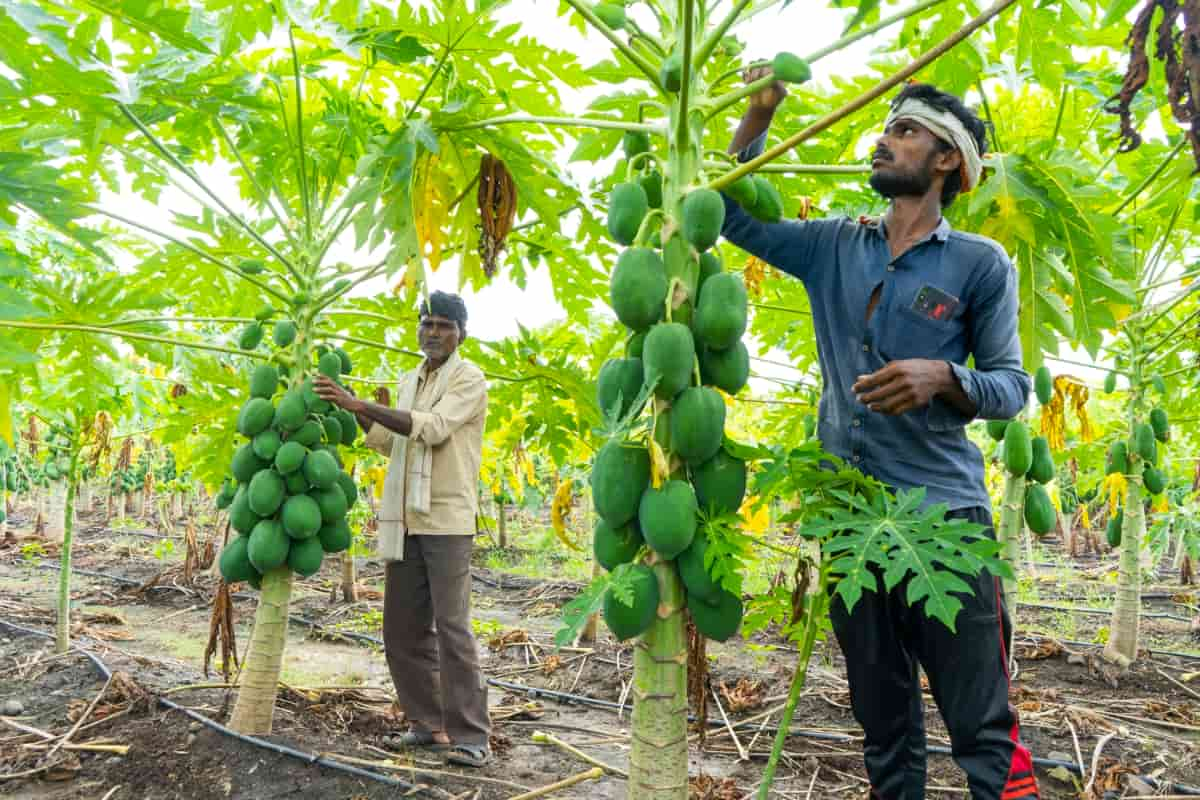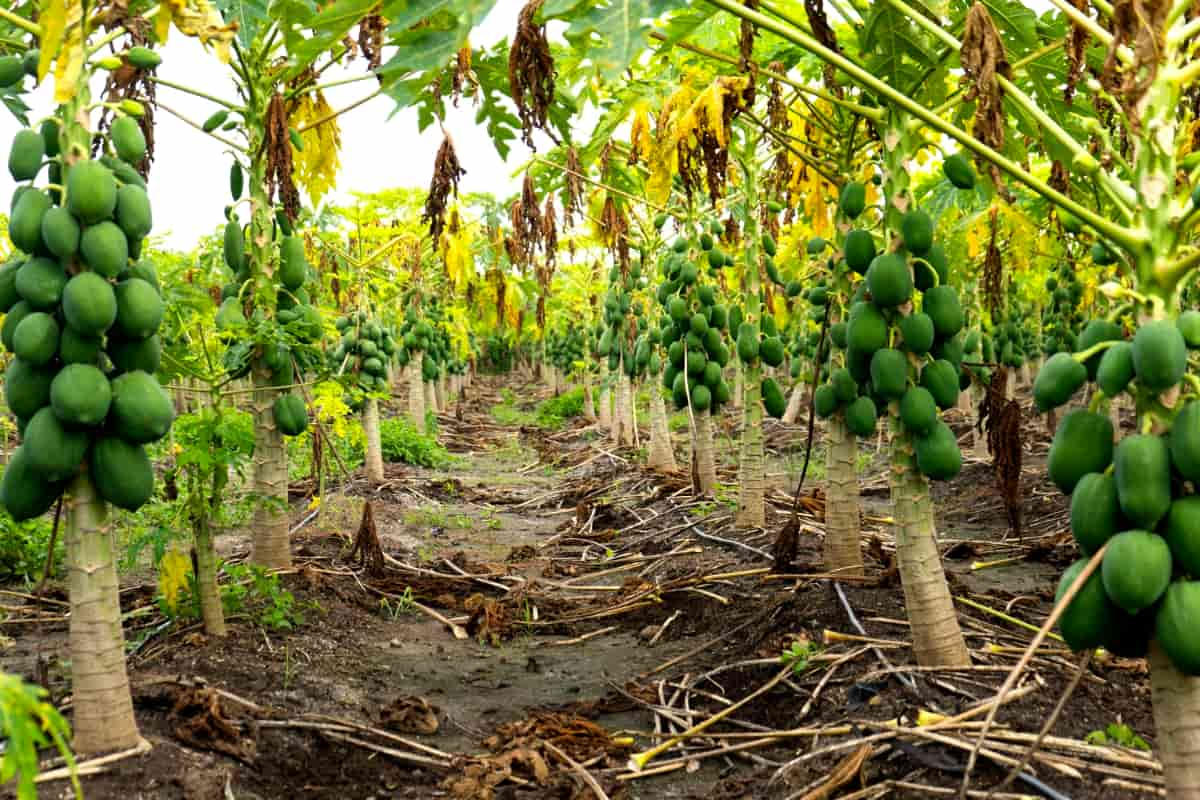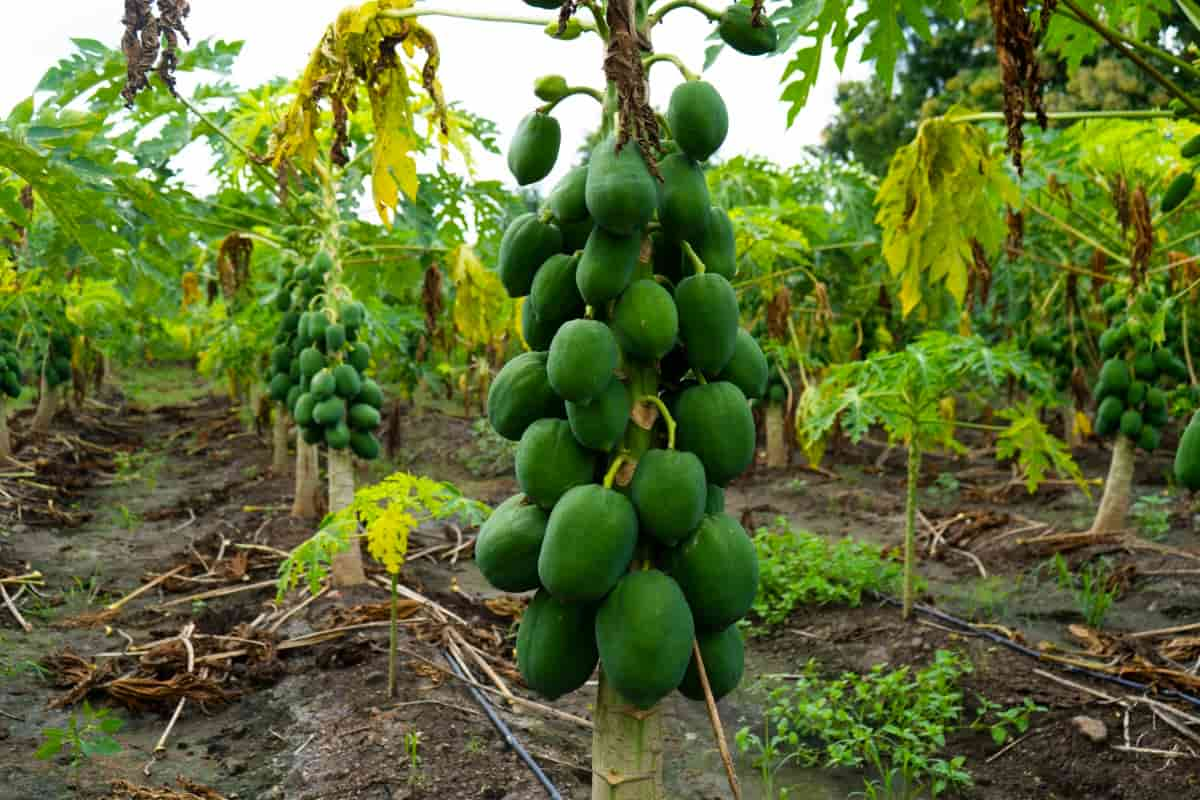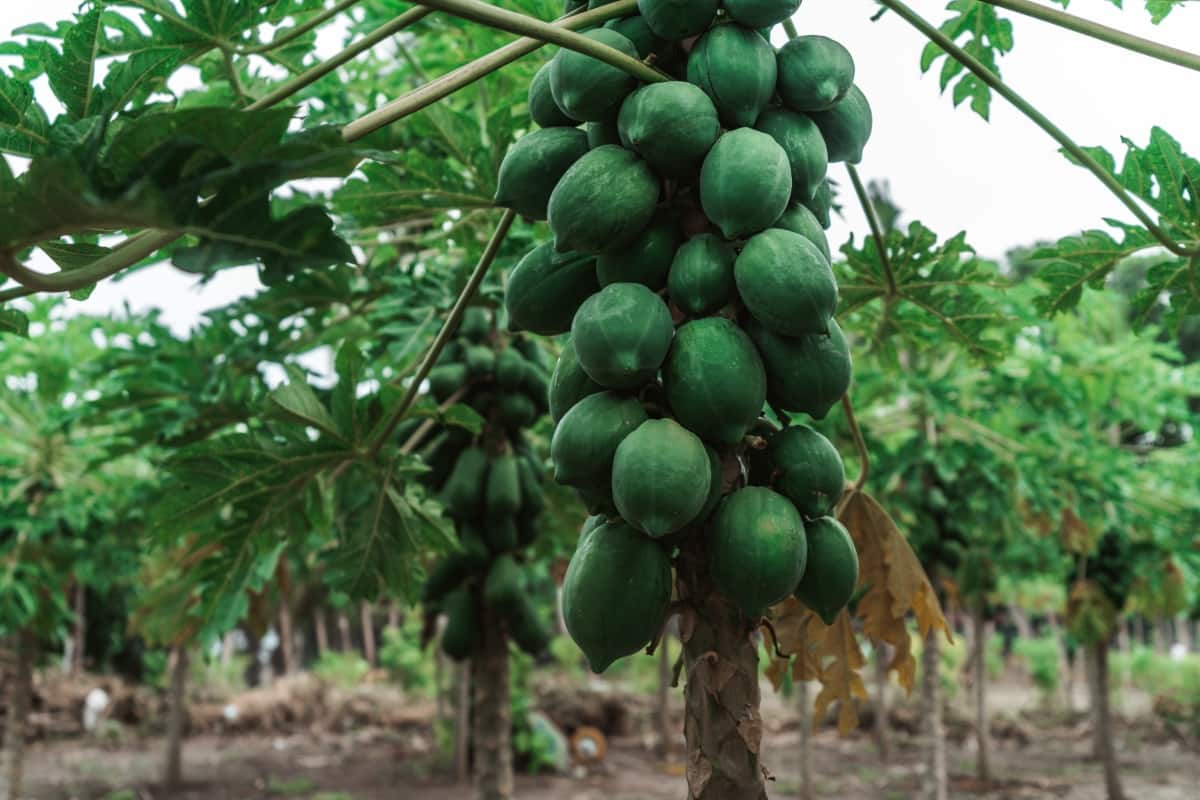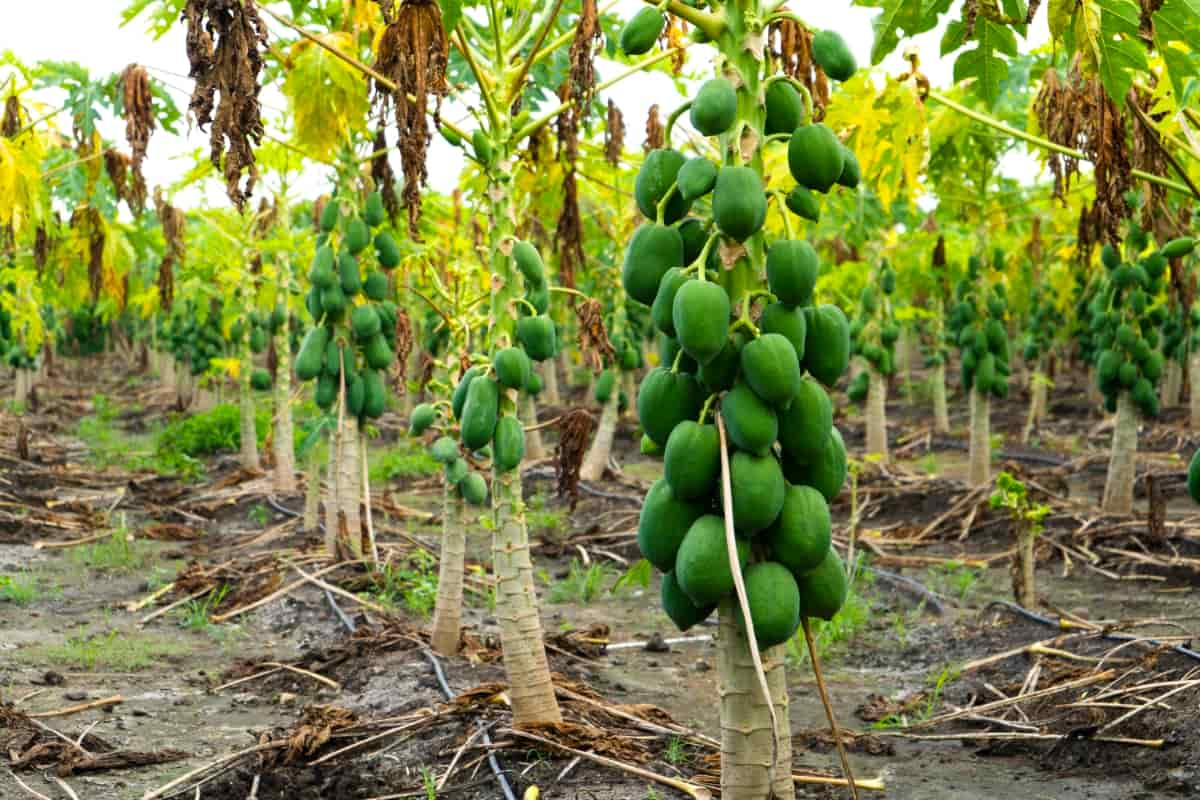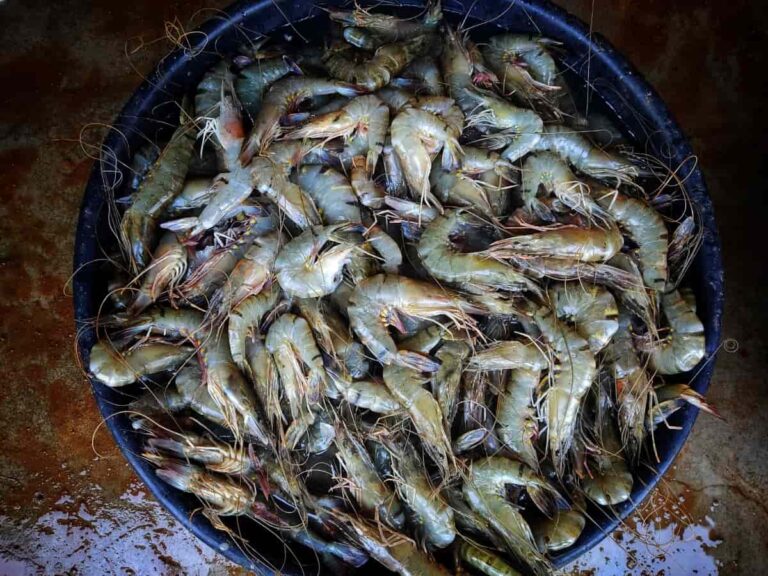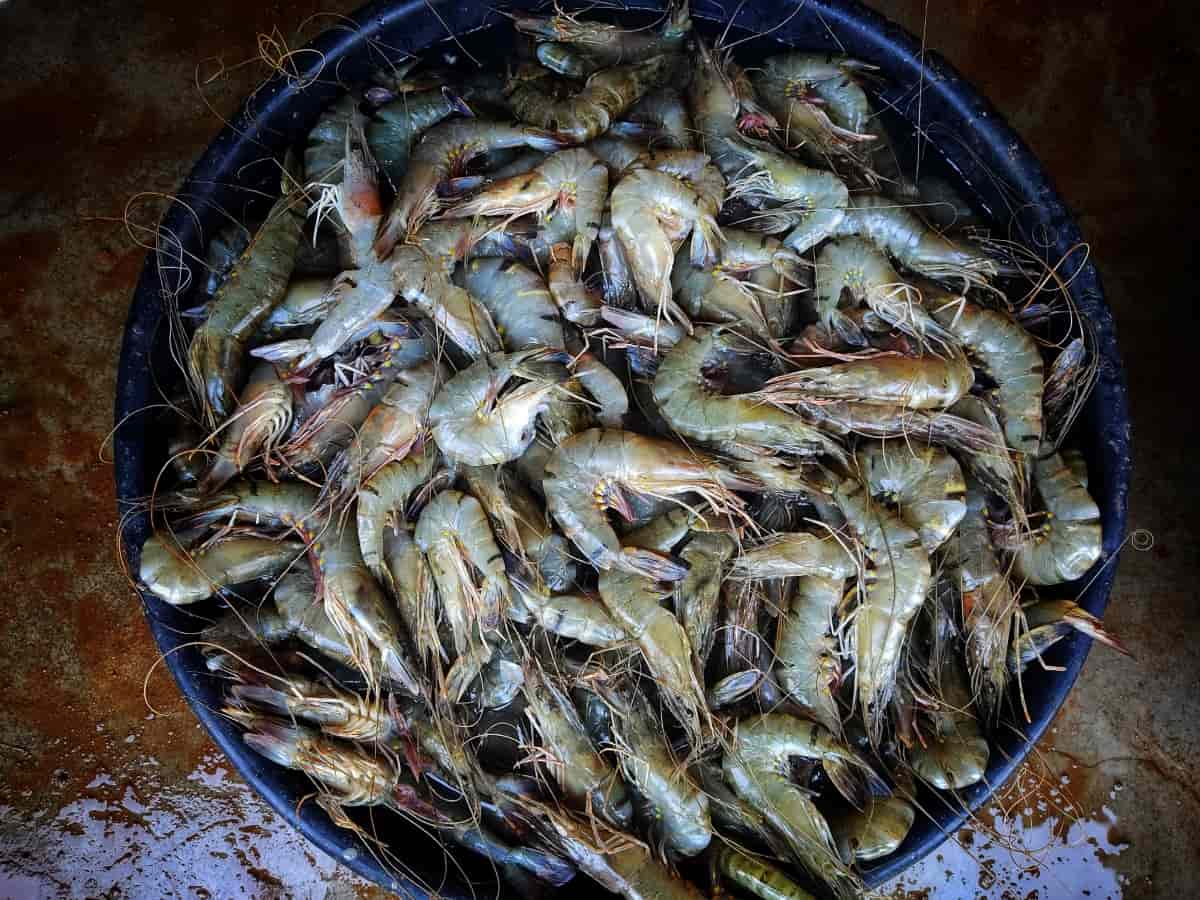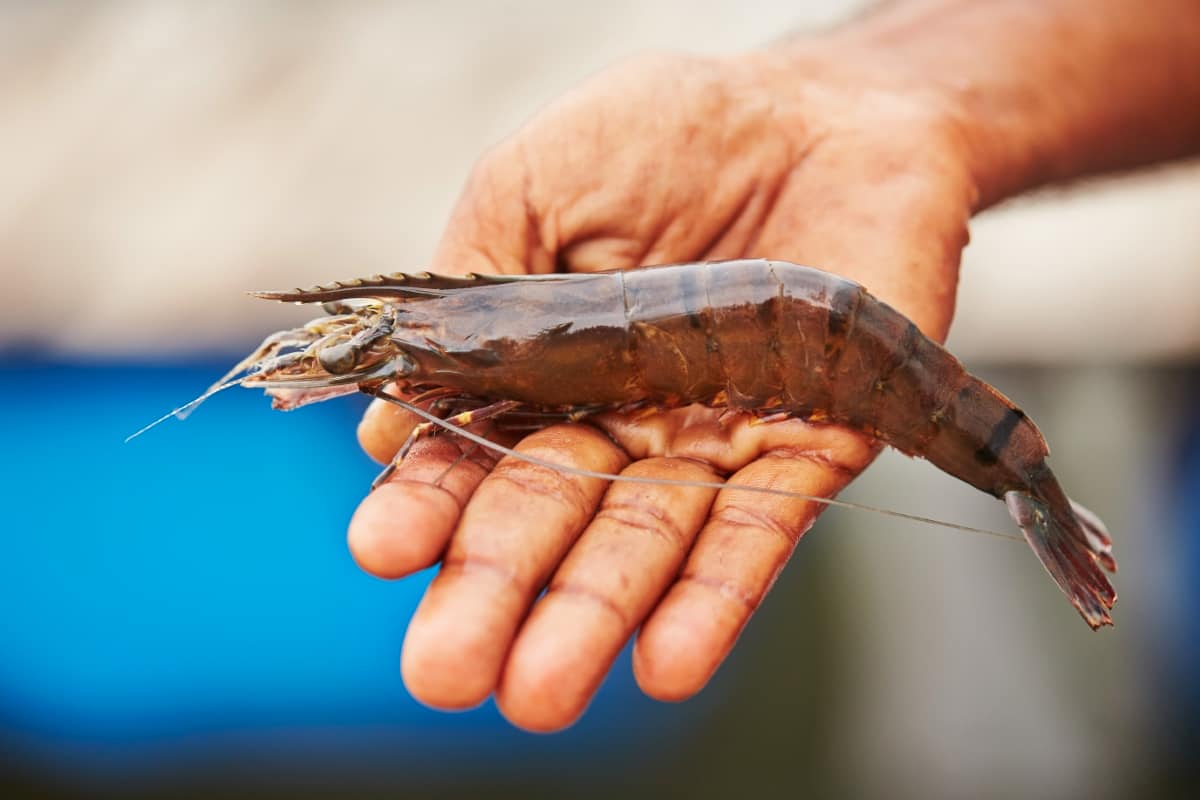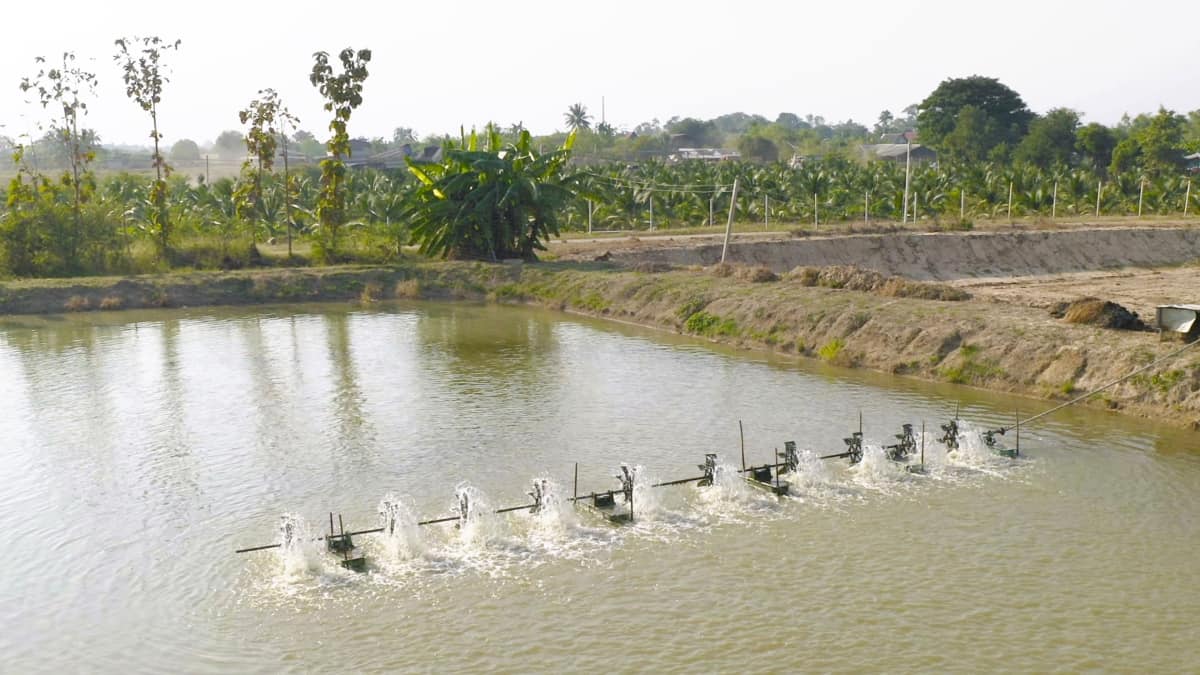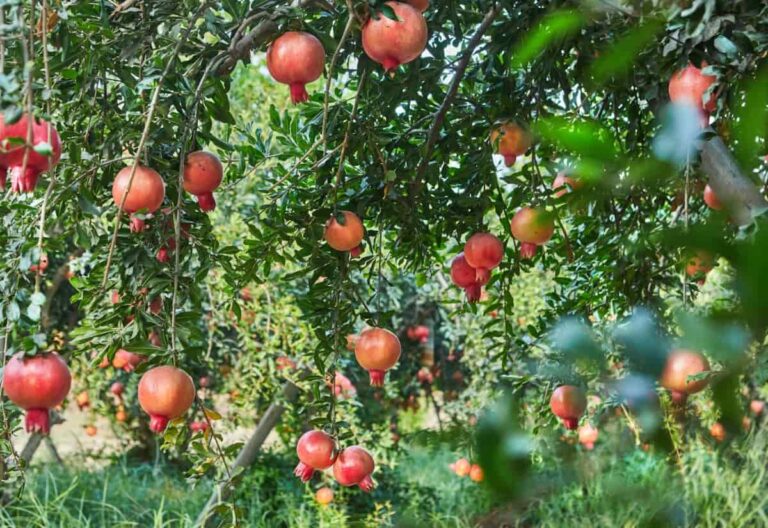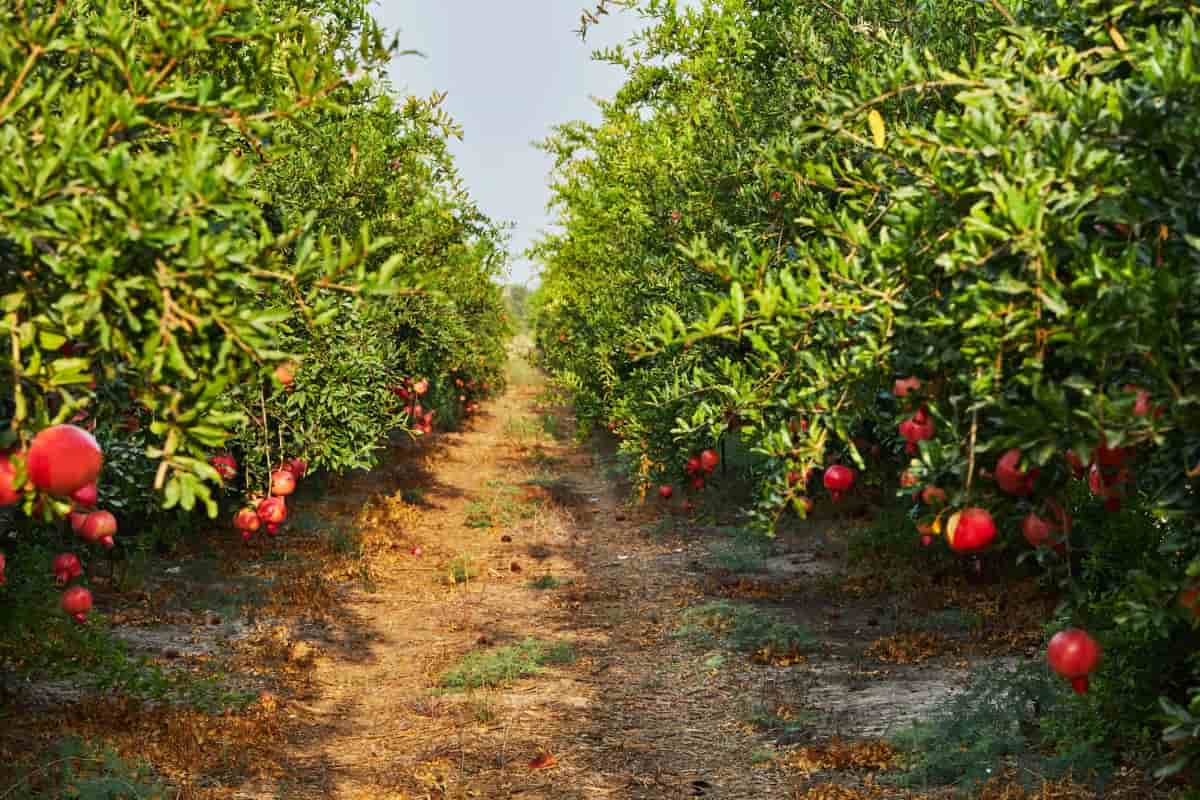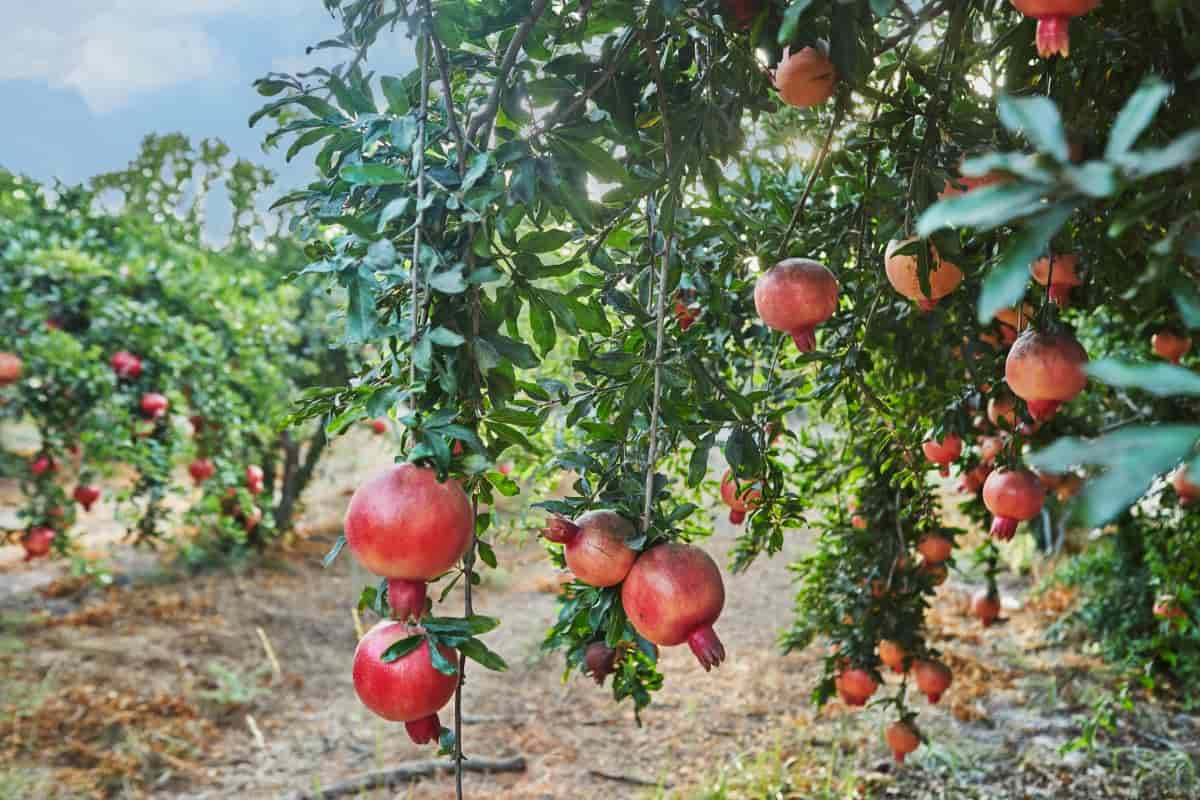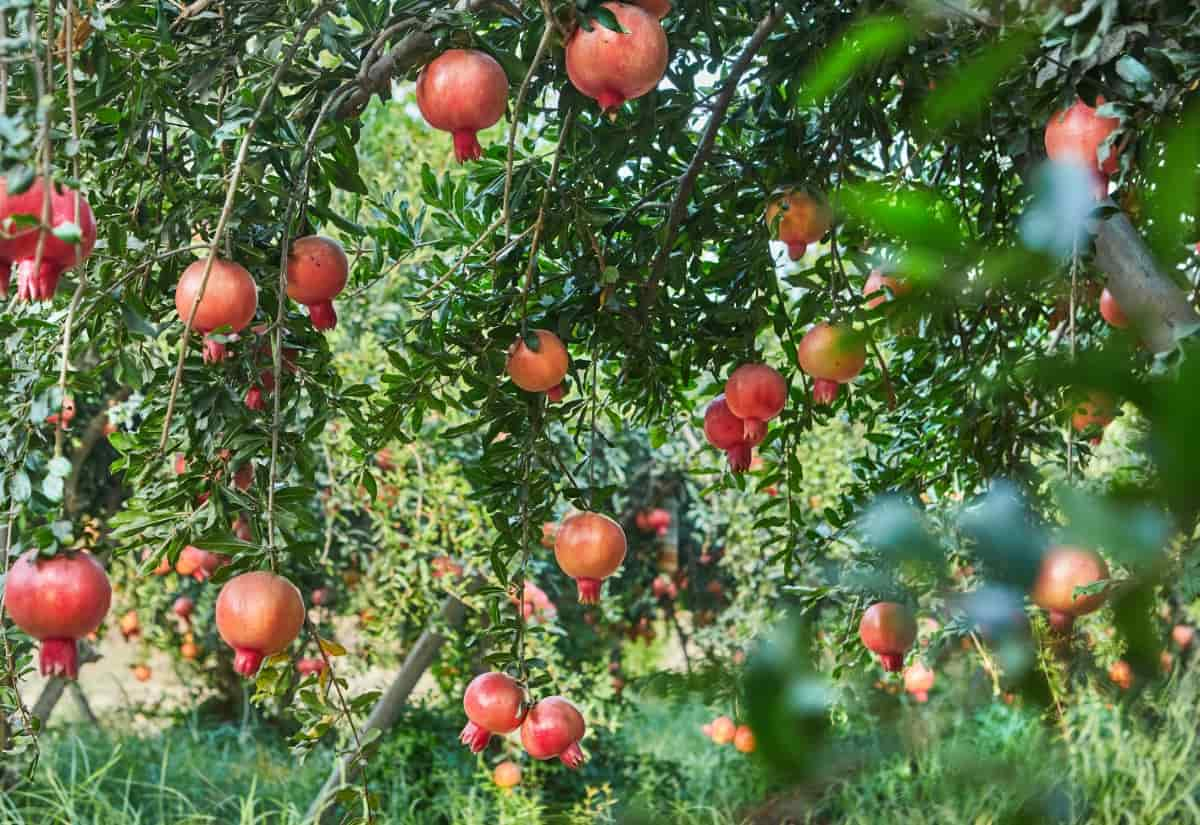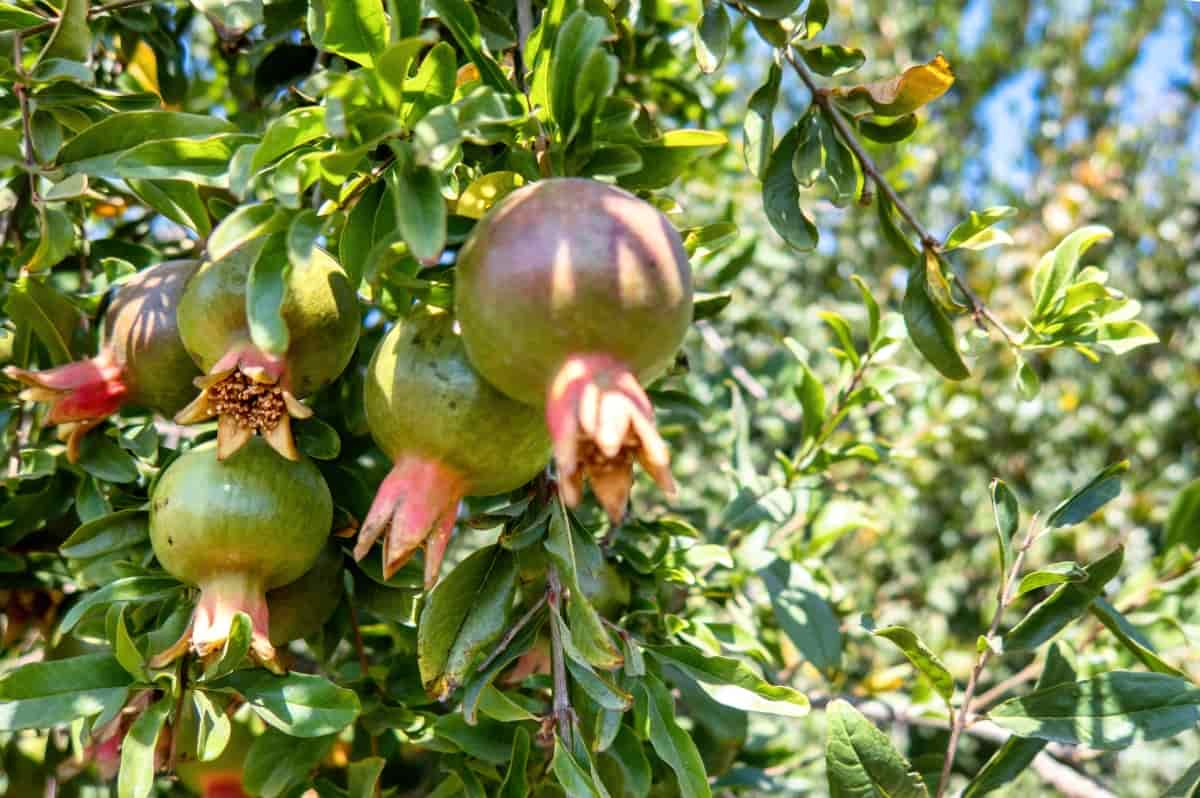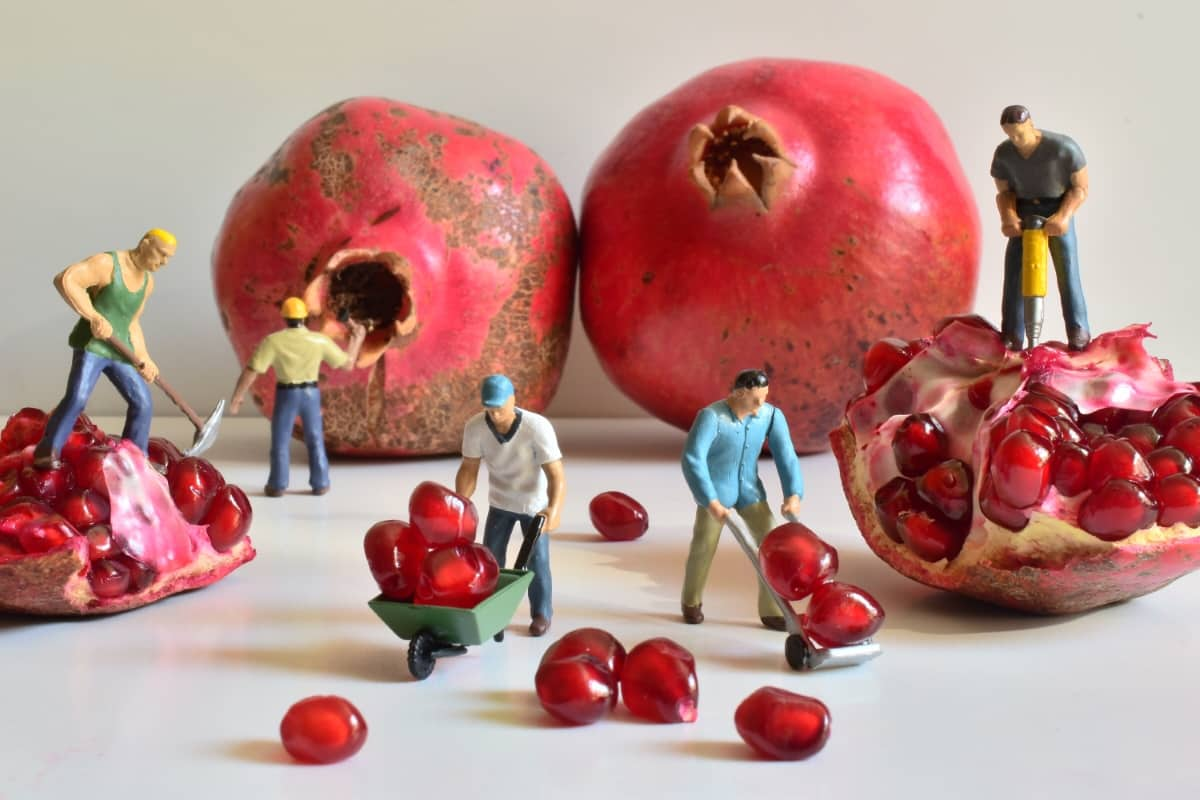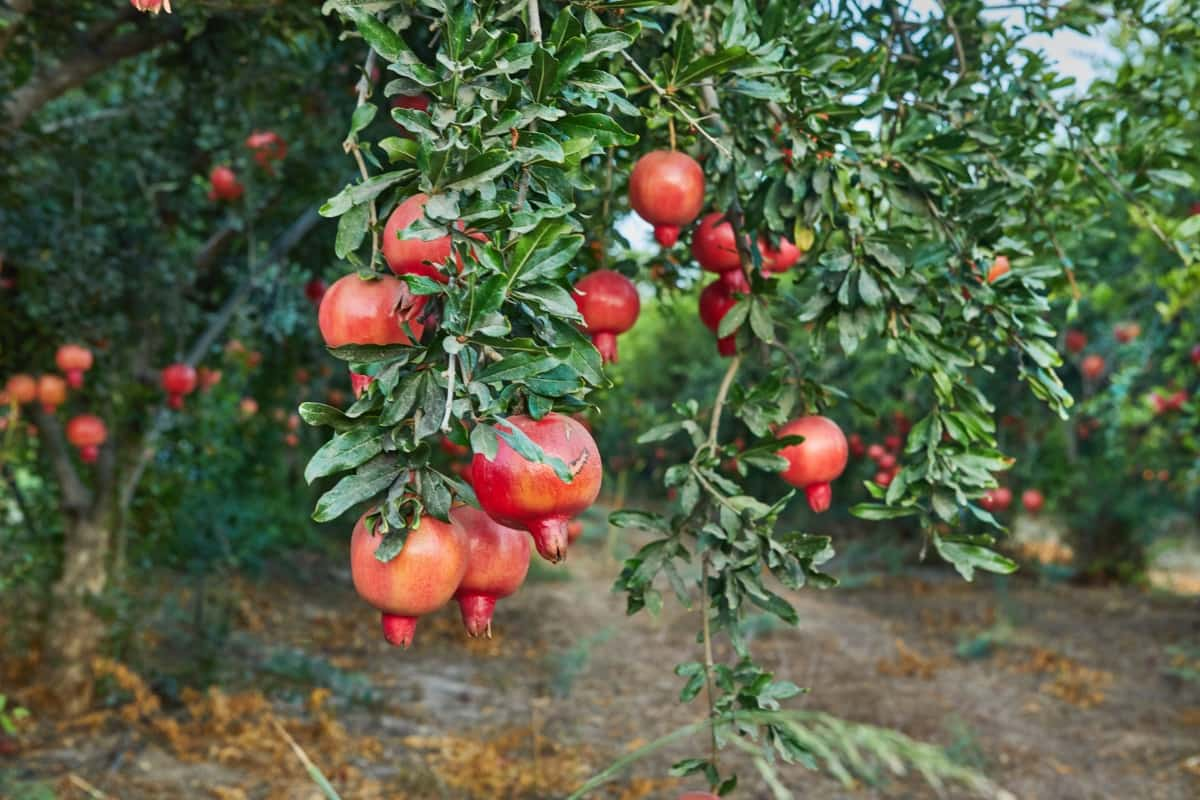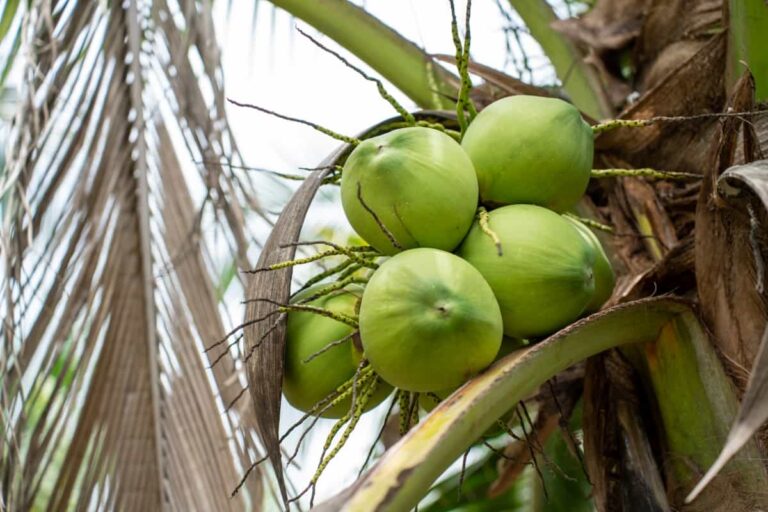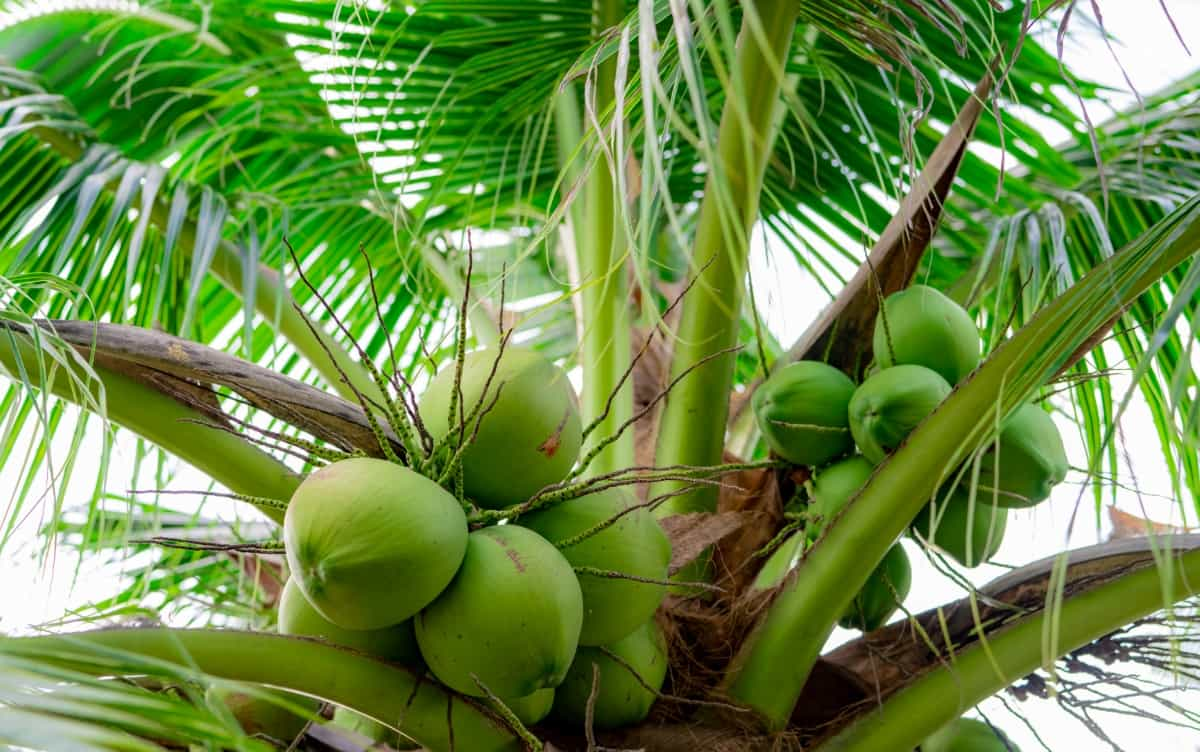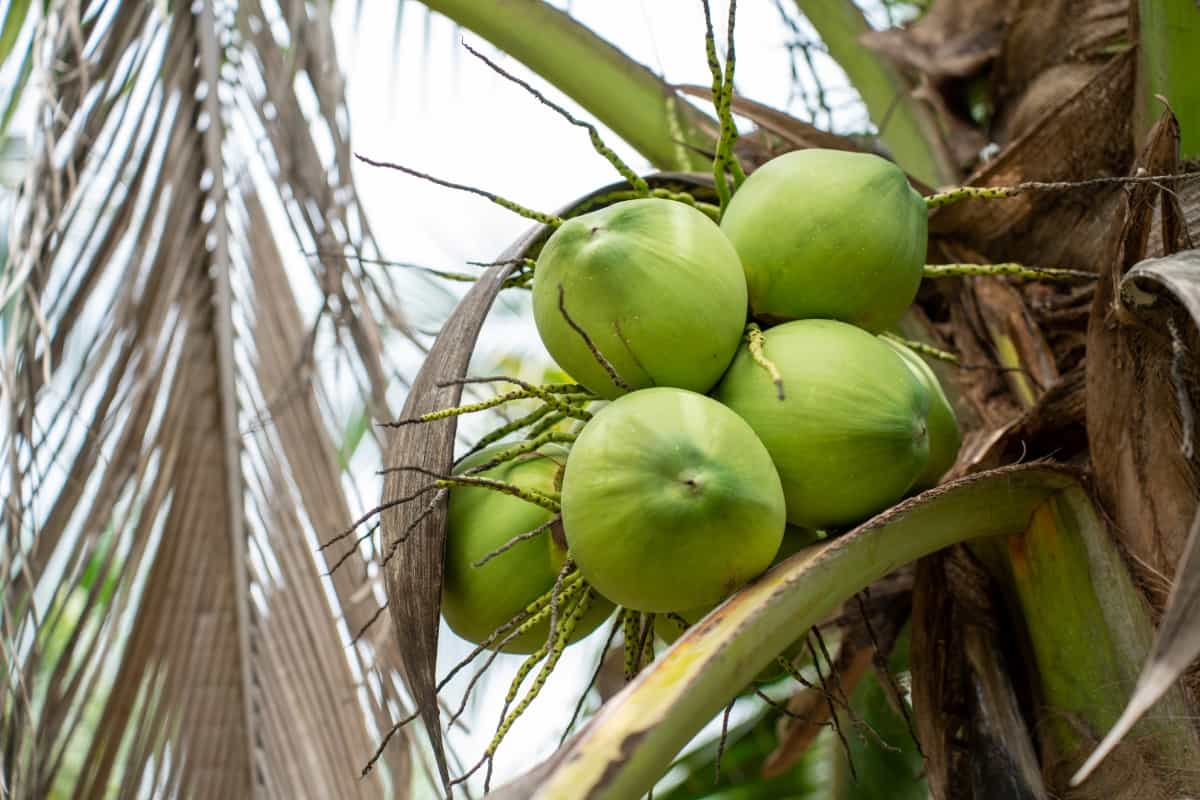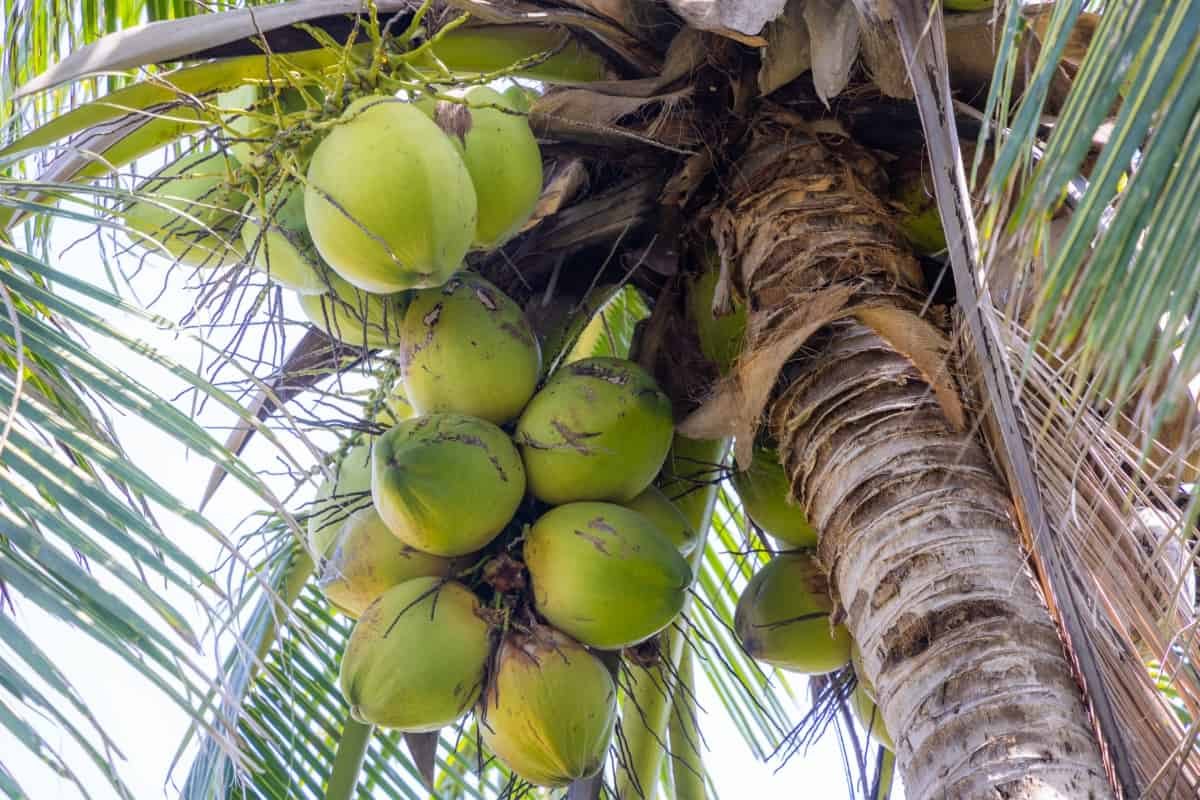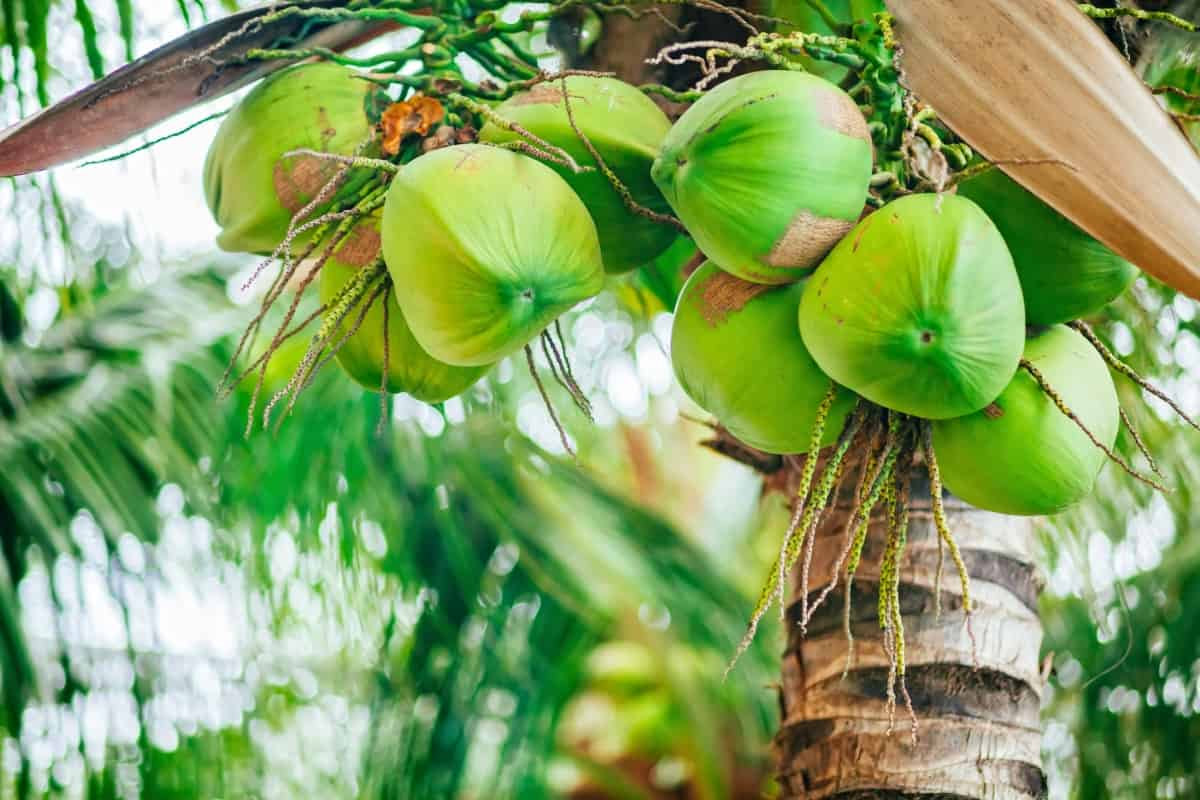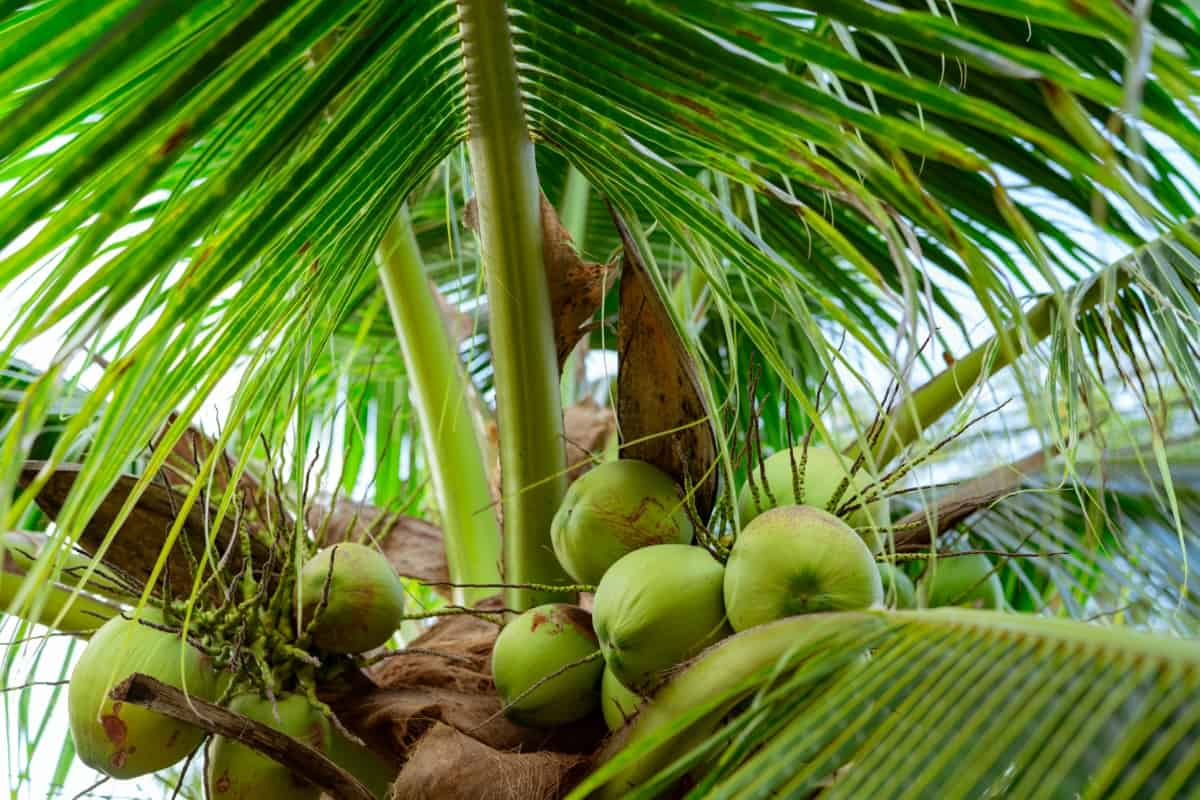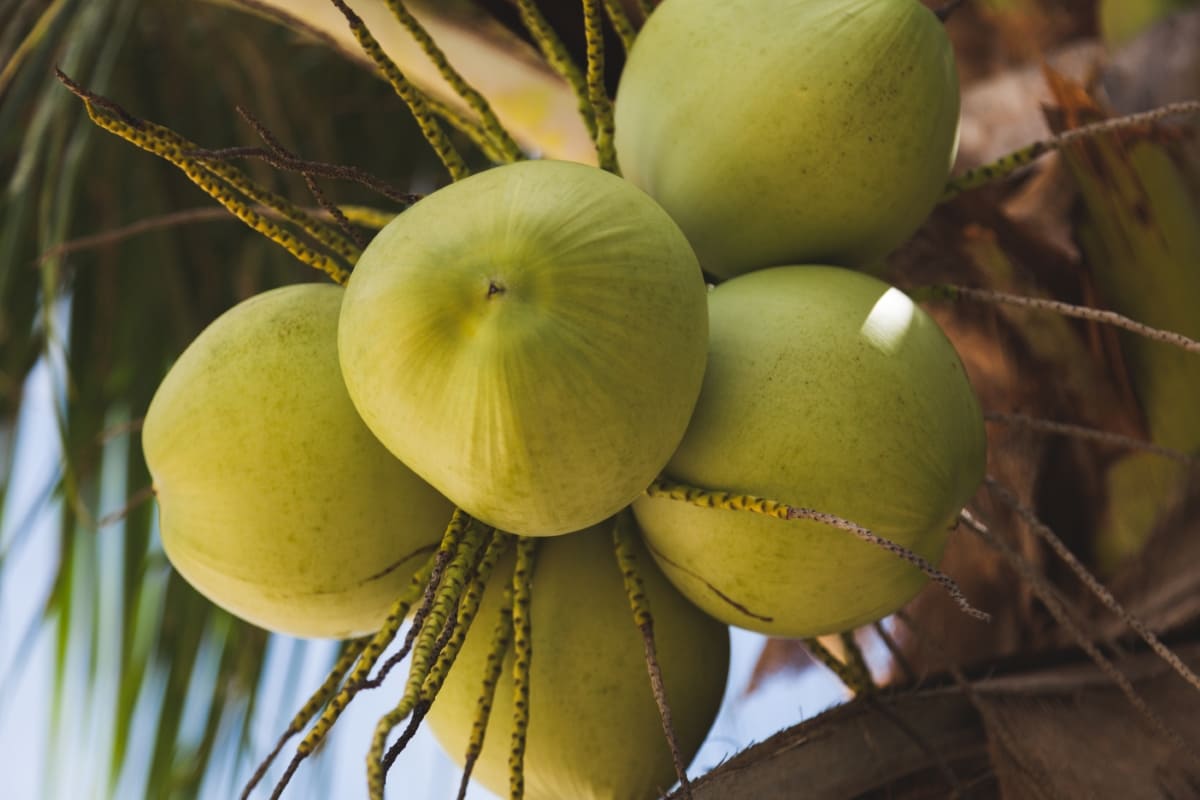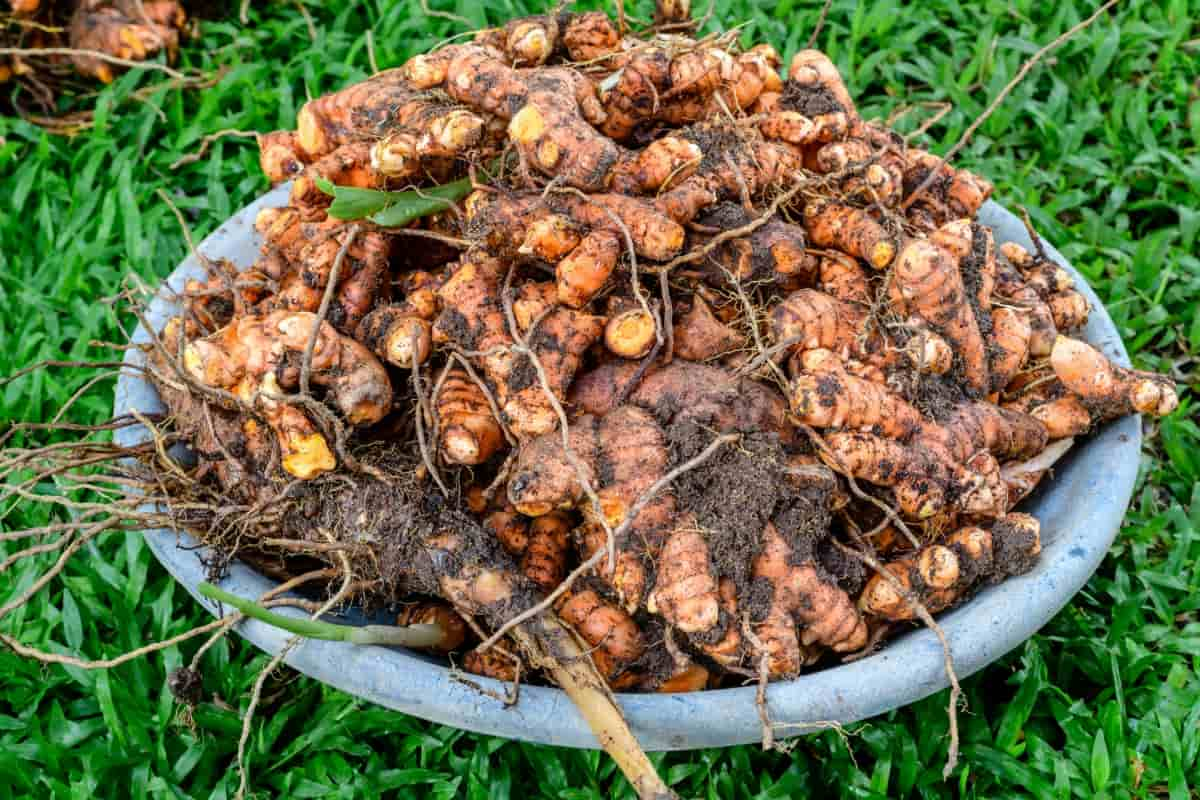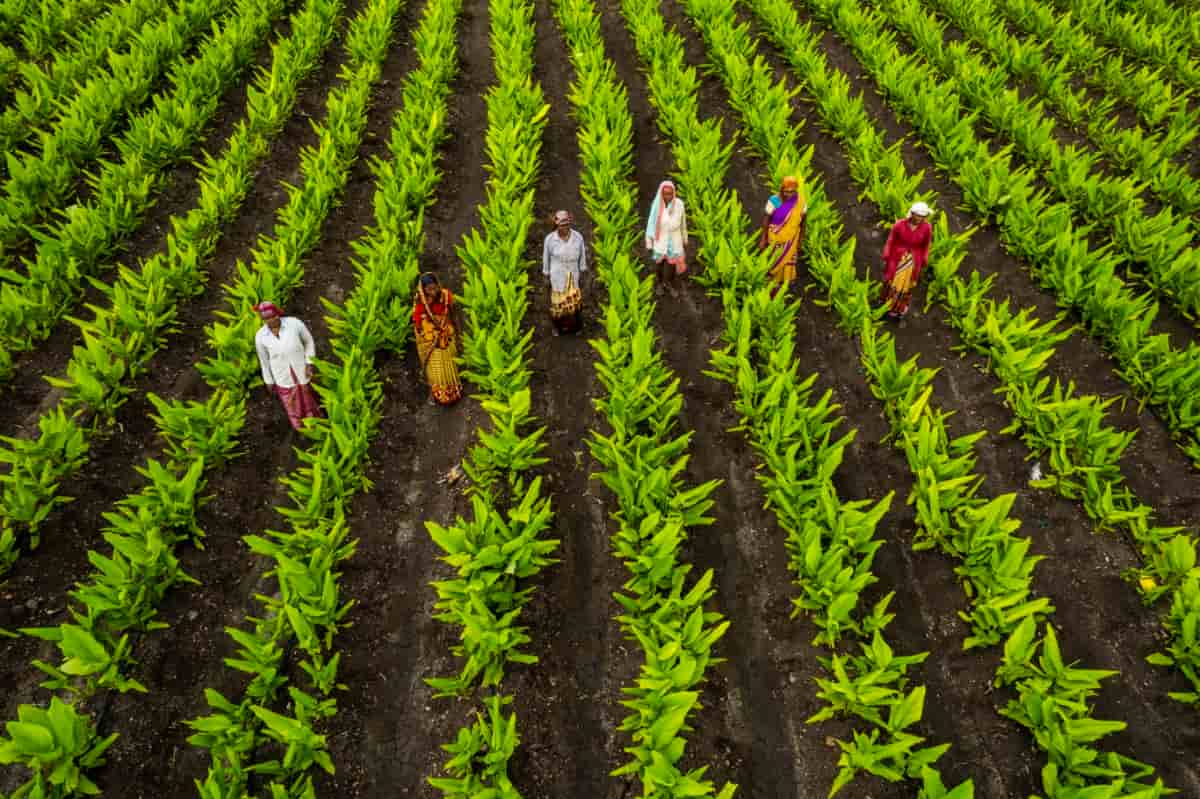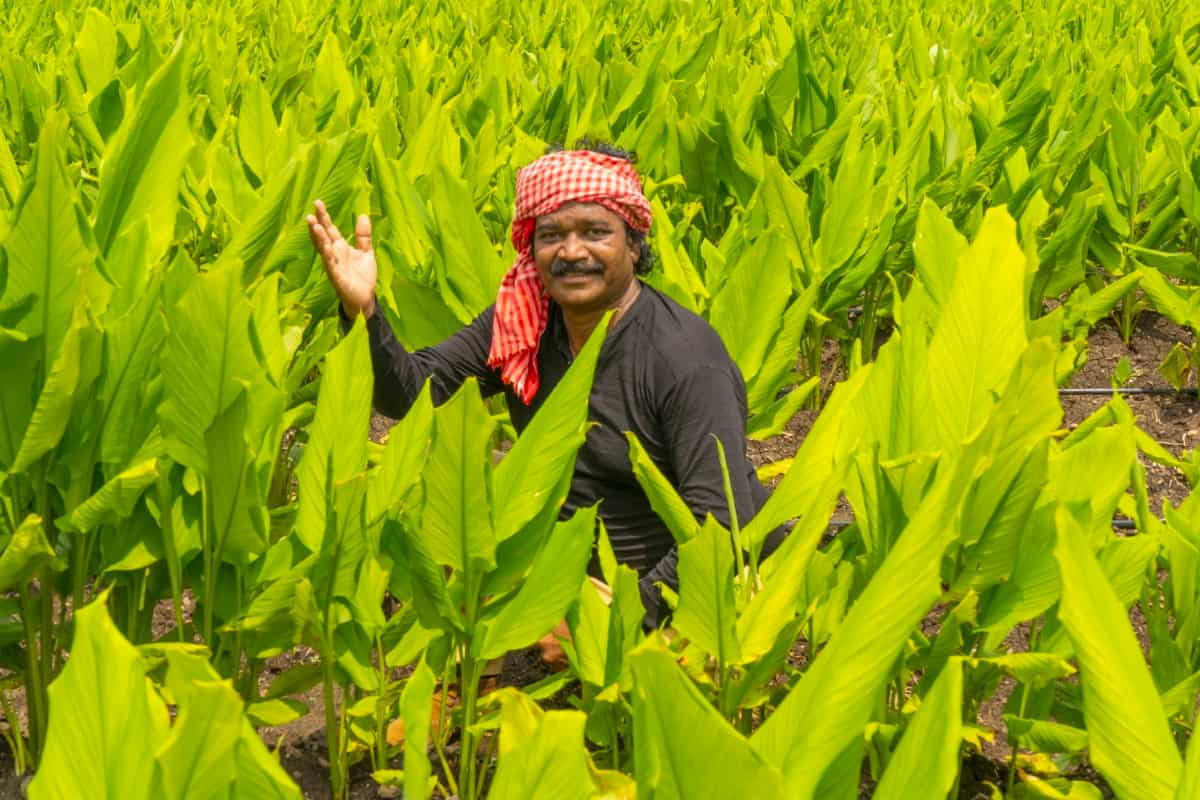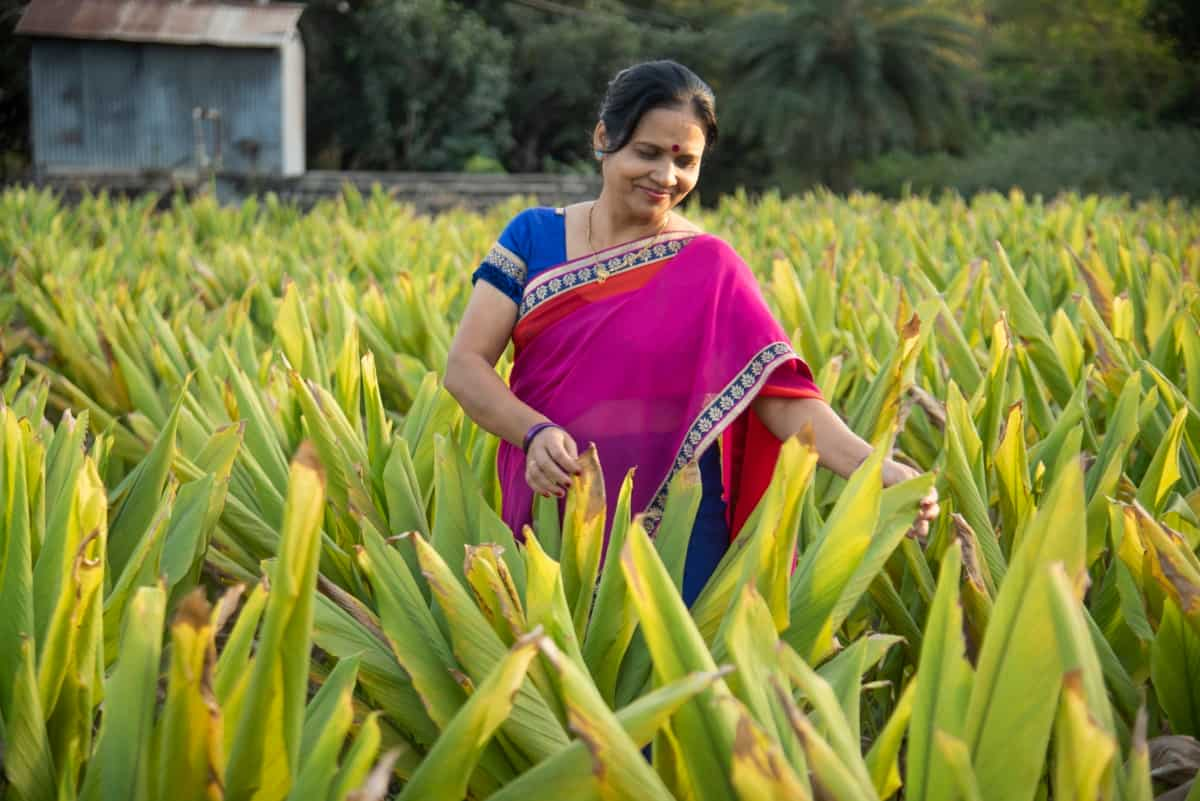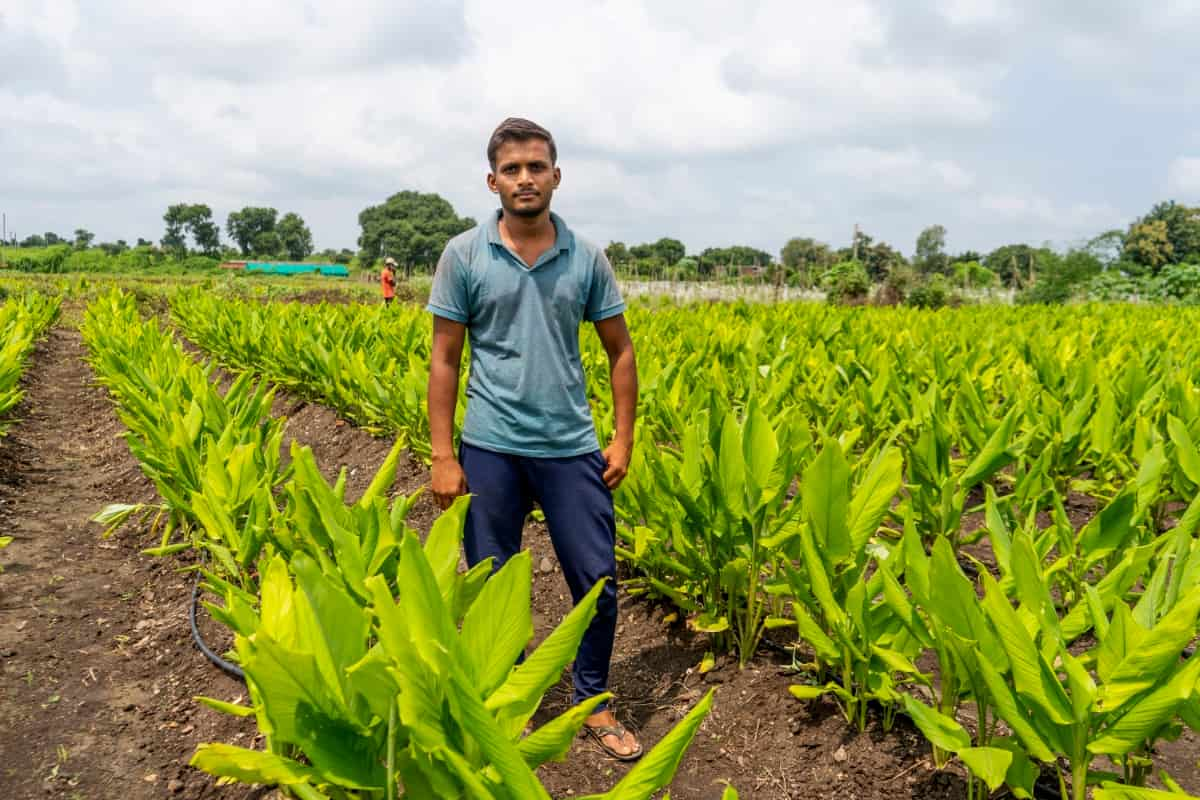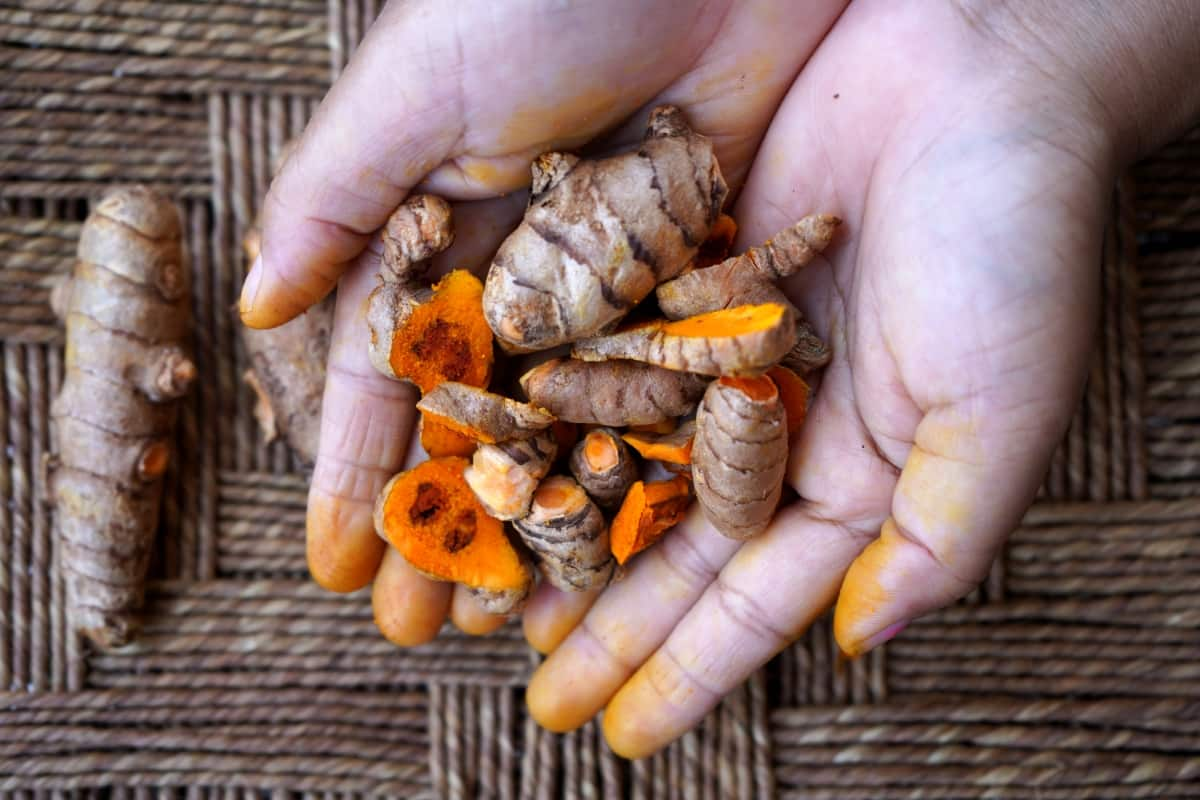Garlic, scientifically known as Allium sativum and belonging to the amaryllis family, this perennial plant boasts not only its distinctive aroma but also its flavorful bulbs that add depth and richness to dishes worldwide. Organic Garlic farming involves cultivating Garlic using natural methods that promote soil health and biodiversity. This approach focuses on sustainable techniques to grow Garlic while preserving the environment.
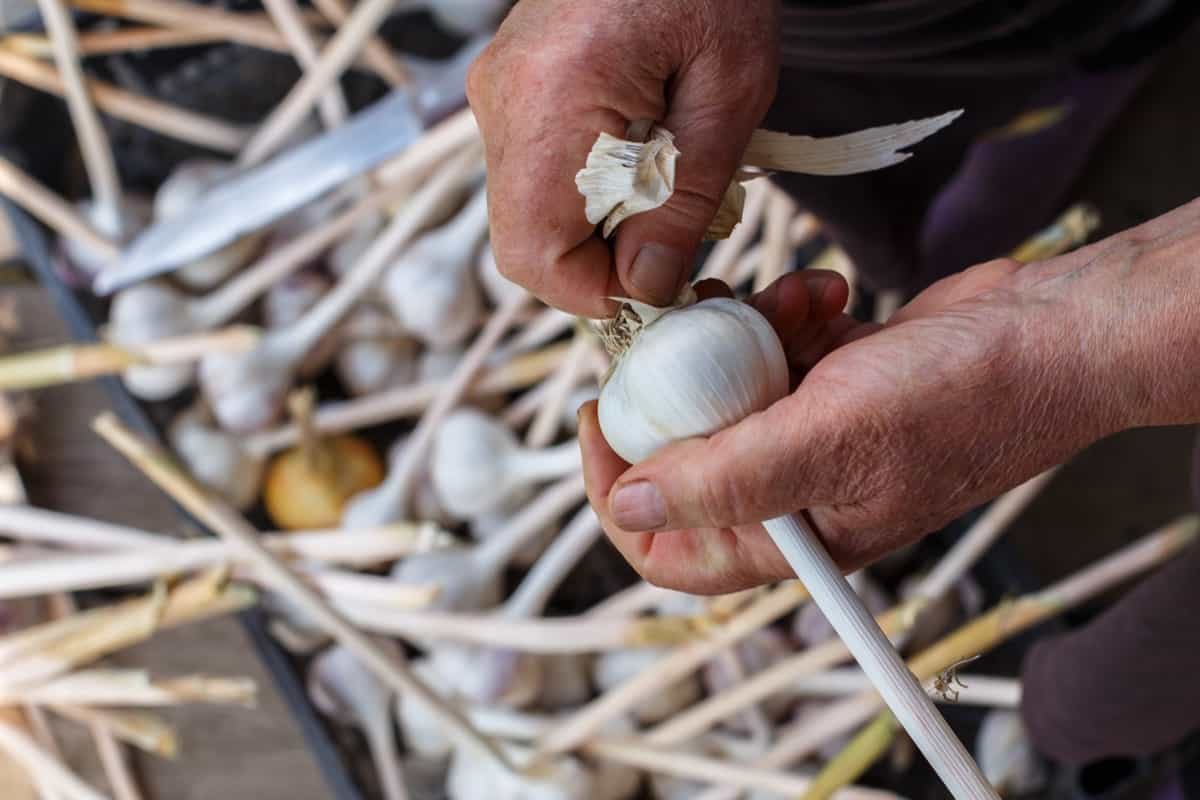
Benefits of Growing Garlic Organically
By choosing organic methods, you’re not only producing healthier and tastier bulbs but also contributing to a more sustainable environment. Organic Garlic farming avoids synthetic chemicals, pesticides, and fertilizers that can harm both the soil and your health. Organic Garlic is free from harmful residues often found in conventionally grown produce. This means you can enjoy the full flavor of fresh Garlic without worrying about ingesting any unwanted chemicals.
Additionally, organic farming practices promote biodiversity and support beneficial insects that help control pests naturally. Furthermore, by opting for organic Garlic cultivation, you are investing in long-term soil health. Organic methods focus on building nutrient-rich soil through composting and crop rotation, which leads to improved yields over time.
Furthermore, organic Garlic farming supports biodiversity by encouraging natural pest control ways instead of relying on synthetic insecticides. This helps maintain ecological balance within the farm environment. Additionally, growing organic Garlic can contribute to sustainable agriculture practices by reducing pollution and preserving water quality.
Understanding Garlic Varieties
Choosing the right Garlic variety is essential for successful cultivation. There are two main Garlic types: hardneck and softneck. Hardneck varieties typically have fewer cloves but larger bulbs and are better suited for colder climates. Softneck varieties, on the other hand, have more cloves per bulb and a longer shelf life. Numerous cultivars with unique flavors and growth characteristics exist within these categories. Some popular hardneck varieties include Rocambole, Porcelain, and Purple Stripe. Softneck options include Artichoke and Silverskin.
Consider factors like climate, soil type, and intended use when selecting the best Garlic varieties for your farm. Some thrive in colder climates, while others prefer warmer weather. Experimenting with different varieties can help you determine which ones grow best in your specific farming conditions. By diversifying your crop selection, you can cater to a wider range of customer preferences.
Soil Requirements for Organic Garlic
Garlic plant thrives in well-draining soil that is rich in organic matter. Ideally, choose a sunny location with loamy or sandy soil for optimal growth. Avoid waterlogged areas, as Garlic bulbs can rot if the soil is too wet. Before planting Garlic cloves, it’s essential to test the soil’s pH level. It prefers acidic soil with a pH range between 6 and 7. Remember to avoid using chemical fertilizers or pesticides, which can harm beneficial microorganisms in the soil. Organic practices promote sustainability and the long-term health of the ecosystem.
In case you missed it: Weed Management in Garlic Farming: How to Control With Organic, Cultural, and Mechanical Methods
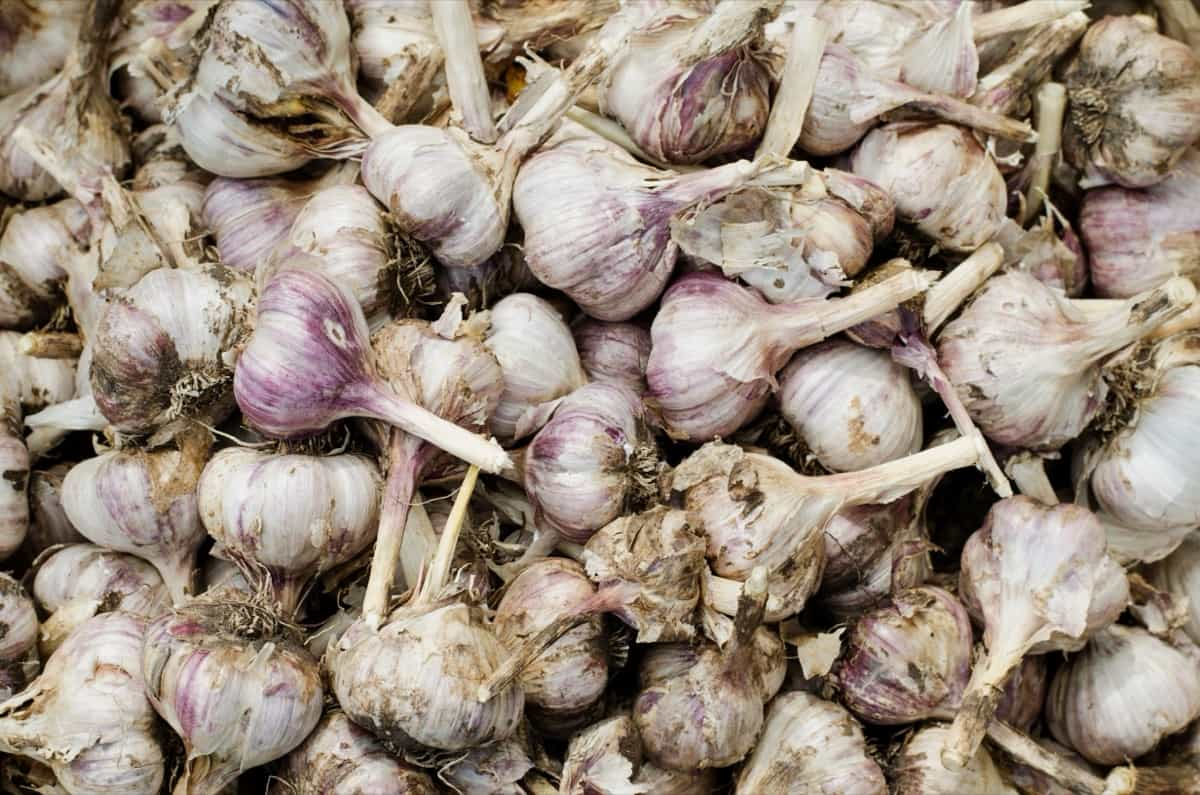
Preparing the Soil for Garlic Planting
Start by selecting a sunny place with well-draining soil; garlic loves sunlight and doesn’t like soggy roots. Next, use a garden fork to loosen the soil about 8 to 10 inches of depth. This will help the Garlic bulbs develop properly and prevent them from rotting in compacted soil. Adding organic matter is crucial for providing essential nutrients to your Garlic plants. Work the organic matter into the soil thoroughly before planting. Consider making a soil test to determine if any specific nutrients are lacking and amend accordingly.
Consider making a soil test to determine if any adjustments are needed in terms of pH levels or nutrient deficiencies. Once you’ve amended the soil, use a garden fork to loosen it up and create a friable texture that promotes healthy root development. Avoid compacted soil, as it can hinder plant growth and bulb formation.
Organic Seed Clove Selection
Look for large, healthy cloves from disease-free bulbs, as they will produce strong and vibrant plants. Avoid small or damaged cloves, as they may result in weak growth. For optimal yield, select varieties well-suited to your climate and soil conditions. Popular varieties include Rocambole, Porcelain, Purple Stripe, and Artichoke.
Each type offers unique flavors and sizes, so pick based on your preferences and market demand. Inspect each clove carefully before planting to ensure they are firm and free of mold or rot. Properly selected seed cloves will give you a head start in growing robust Garlic plants that will reward you with flavorful bulbs at harvest time.
Planting Techniques for Garlic
For optimal results, choose large, healthy organic seed cloves. Before planting, separate the cloves carefully and ensure they are free from damage or disease. Push each clove into the ground until it’s just covered with soil. Water carefully after planting to help settle the soil around the cloves.
In case you missed it: Garlic Fertilizer Requirements and Recommendations: How and When to Apply
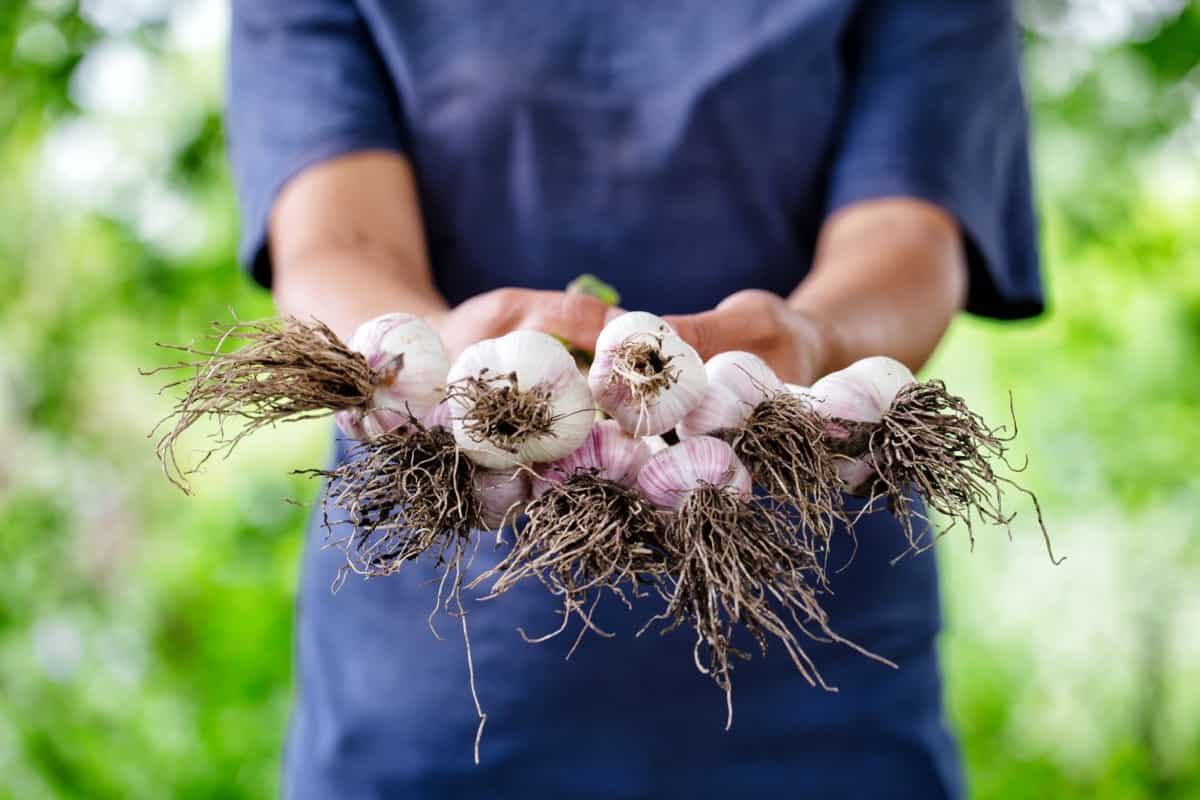
Garlic requires consistent watering throughout its growing season. Keep an eye on your crop’s progress and adjust watering accordingly. Mulch around your Garlic plants to help retain moisture and suppress weeds. Water consistently throughout the growing season, especially during dry periods. With these planting techniques in mind, you’ll be harvesting a bountiful crop of delicious organic Garlic at harvest time.
Water Management in Garlic Farming
Proper irrigation is important for the healthy growth of Garlic plants. The key is to maintain soil moisture, as excessive water can affect rot and disease. It’s important to water consistently, especially during the growing season when Garlic plants require adequate hydration for bulb development. Mulching can help to reduce evaporation, ensuring that your Garlic crop receives sufficient water.
Soil moisture levels should be monitored regularly to adjust watering schedules accordingly. Soaker hoses can be an efficient method of delivering water to the root zone while minimizing wastage. Avoid overhead watering as it can promote fungal diseases in Garlic crops. Watering early in the day allows foliage time to dry before evening, reducing the risk of issues like mold or mildew developing. By implementing proper water management practices, you can support robust growth and yield in your organic Garlic farm.
Organic Fertilization Strategies
Choosing the right fertilization strategy is crucial for healthy crop development. Organic fertilizers such as compost, manure, and vermicompost provide nutrients to the soil without harmful chemicals. Compost is a fantastic option as it enriches the soil, improving its structure and fertility.
Manure from livestock animals like cows or chickens also adds valuable nutrients while enhancing microbial activity in the soil. Vermicompost, produced by earthworms breaking down organic matter, is a nutrient-rich fertilizer that boosts soil health and promotes robust Garlic growth. These natural fertilization methods nourish the plants and support biodiversity in the ecosystem.
Natural Weed Management
Organic Garlic farming requires effective weed management to ensure the healthy growth of your crops. Weeds compete with Garlic plants for nutrients, water, and sunlight, hindering their development. Utilizing natural methods can help control weeds without harming the environment or compromising the organic integrity of your farm.
Mulching is a popular natural weed management technique that involves covering the soil around Garlic plants with materials like straw, leaves, or grass clippings. This helps suppress weed growth by blocking out sunlight and preventing weed seeds from germinating. Hand weeding is another efficient way to control weeds in your Garlic farm.
Regularly inspecting and manually removing weeds by hand ensures they do not overcrowd or overshadow your Garlic plants. Crop rotation is a sustainable way that can also help manage weeds naturally. By rotating crops seasonally, you disrupt the life cycles of pests and weeds that may specifically target your Garlic crop.
Organic Pest Control Methods
Some common pests that can affect Garlic crops include aphids, thrips, nematodes, and onion maggots. To combat these pests organically, you can introduce beneficial insects to your farm. Another effective method is using homemade Garlic spray or neem oil to deter pests from attacking your Garlic plants. Additionally, practicing crop rotation and intercropping with companion plants can disrupt the breeding cycles of pests and reduce their impact on your Garlic crop.
Disease Prevention in Garlic Crops
Several common diseases can affect Garlic crops, impacting both yield and quality. The most prevalent disease is white rot, which causes white fungal growth on the bulbs and roots. Another issue to watch out for is downy mildew, characterized by yellow spots on leaves that eventually turn brown. Garlic rust is another concern, manifesting as orange-brown pustules on the leaves.
In case you missed it: Garlic Farming Business Plan: Cultivation and Production Guide for Beginners
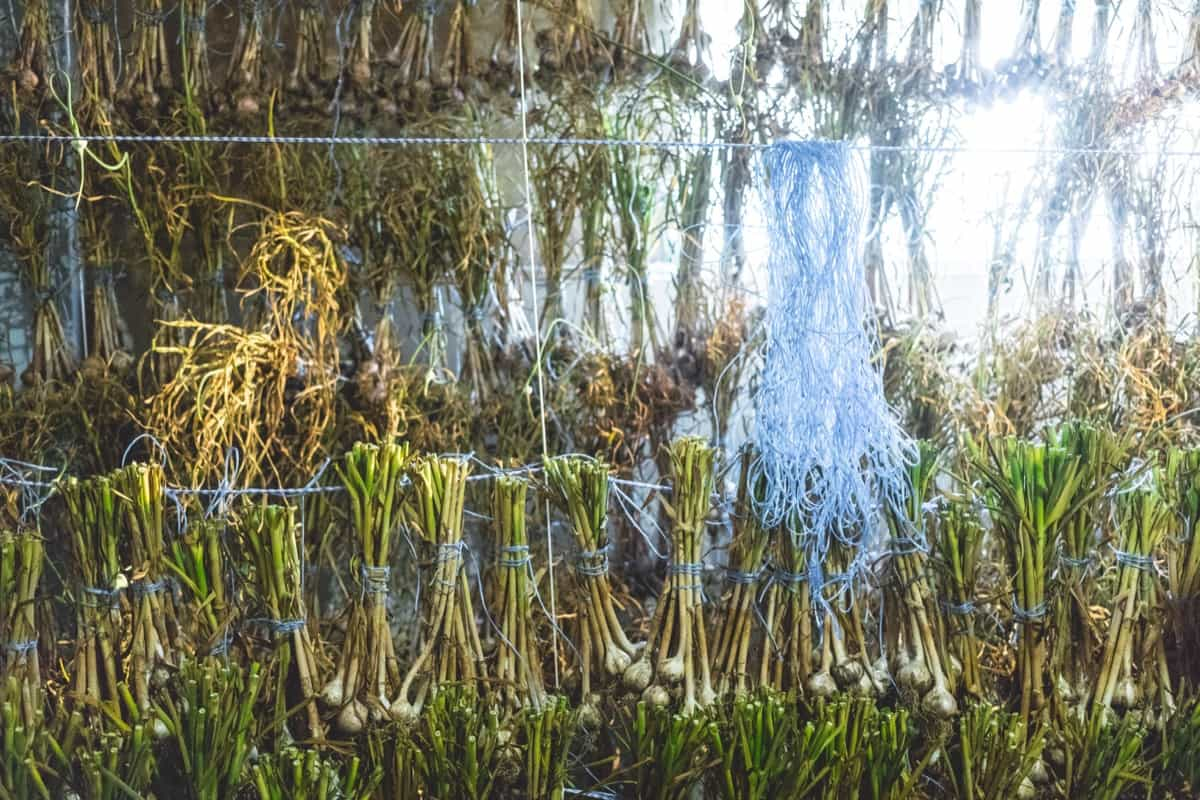
Fusarium basal rot attacks the base of the plant, leading to wilting and decay. Leaf blight can also be problematic, causing brown lesions on foliage. To prevent these diseases, practicing crop rotation, ensuring proper spacing between Garlic plants for air circulation, and avoiding overhead watering can help maintain healthy Garlic crops throughout the growing season. Organic solutions such as using compost tea or neem oil sprays can help prevent and manage white rot effectively.
The Growth Cycle of Organic Garlic
The growth cycle of organic Garlic is a fascinating journey that begins with planting the cloves in well-prepared soil. Once planted, the cloves start to develop roots and establish themselves in the ground. As they grow, green shoots emerge from the soil, reaching for sunlight and nutrients. During the growing season, Garlic plants require consistent watering to ensure proper development. It’s essential to monitor moisture levels in the soil and adjust watering accordingly.
As the plants mature, they form bulbs underground, which gradually swell over time. Garlic plants go through different stages of growth, from bulb initiation to bulb maturation. Each stage is crucial for producing high-quality organic Garlic bulbs rich in flavor and nutritional benefits. Patience is key as you observe your Garlic crop progress through these stages. When the time is right, harvest your organic Garlic bulbs carefully to preserve their freshness and taste.
Harvesting Organic Garlic
It is an exciting time for farmers as it marks the culmination of months of hard work and dedication. When the lower leaves of Garlic plants start to turn yellow and dry out, it’s a sign that the Garlic bulbs are ready to be harvested. Once lifted from the ground, allow the Garlic bulbs to dry in a well-ventilated area for a few weeks. This curing process helps enhance their flavor and ensures they can be stored properly.
In case you missed it: Ginger Fertilizer Requirements and Recommendations: A Step-By-Step Guide
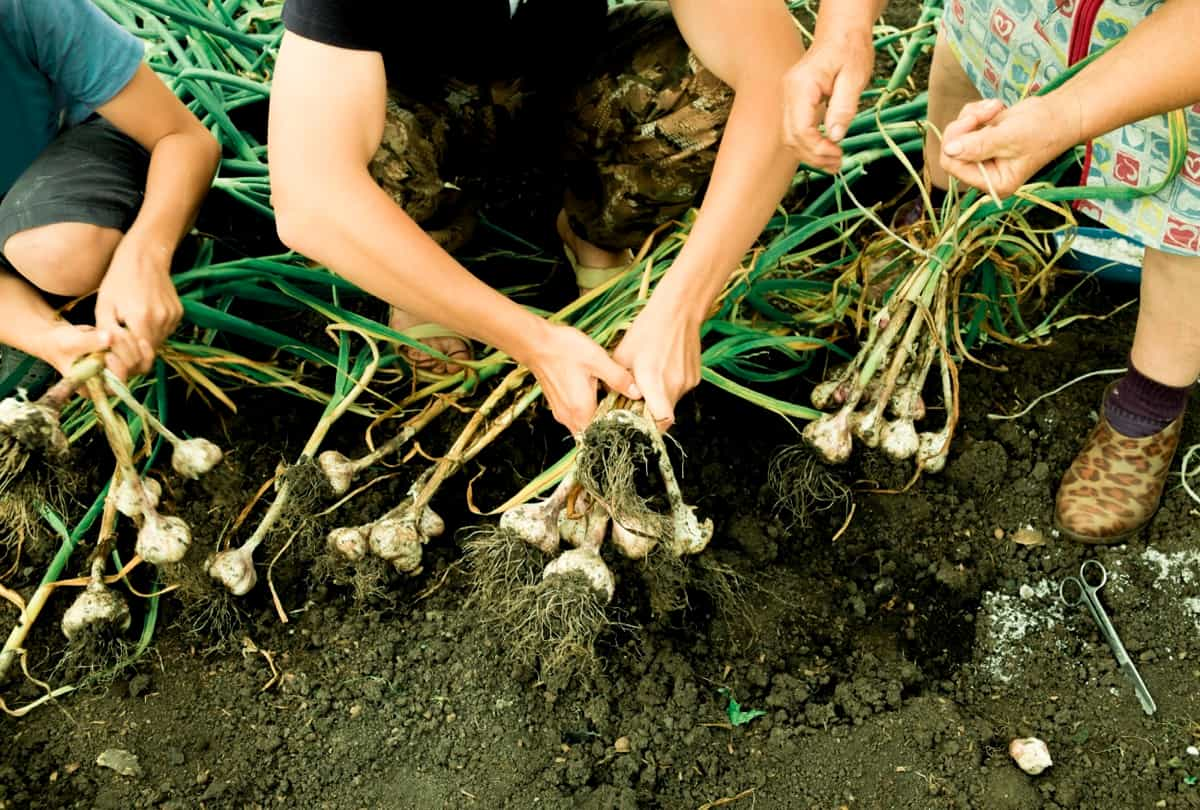
Trim off any excess roots before storing your Garlic in a cool, dark place. Properly cured organic Garlic can last several months when stored correctly. Remember, harvesting is just one step in your journey towards growing delicious and sustainable produce on your farm.
Curing and Storage of Garlic
After harvesting your organic Garlic, the next crucial step is curing and storage. Curing allows the Garlic bulbs to dry out gradually, enhancing their flavor and extending their shelf life. To cure Garlic properly, hang them in a well-ventilated area with low humidity for about 2-3 weeks. Avoid exposing the Garlic bulbs to direct sunlight during this process to prevent them from sprouting prematurely.
Once they are fully cured, trim any excess roots before storing them in a cool, dark place with good airflow. When storing Garlic, aim for temperatures between 15-18°C and relative humidity of around 60-70%. Avoid storing it in the refrigerator, as it can cause premature sprouting or mold growth. Instead, opt for a mesh bag or an open container that allows air circulation.
Marketing Organic Garlic
One popular option is selling directly to local markets, including farmers’ markets and grocery stores that prioritize organic produce. These venues offer a great opportunity to connect with consumers who value the quality and sustainability of organically grown Garlic.
In case you missed it: How to Start Dragon Carrot Farming: A Step-by-Step Growing Guide
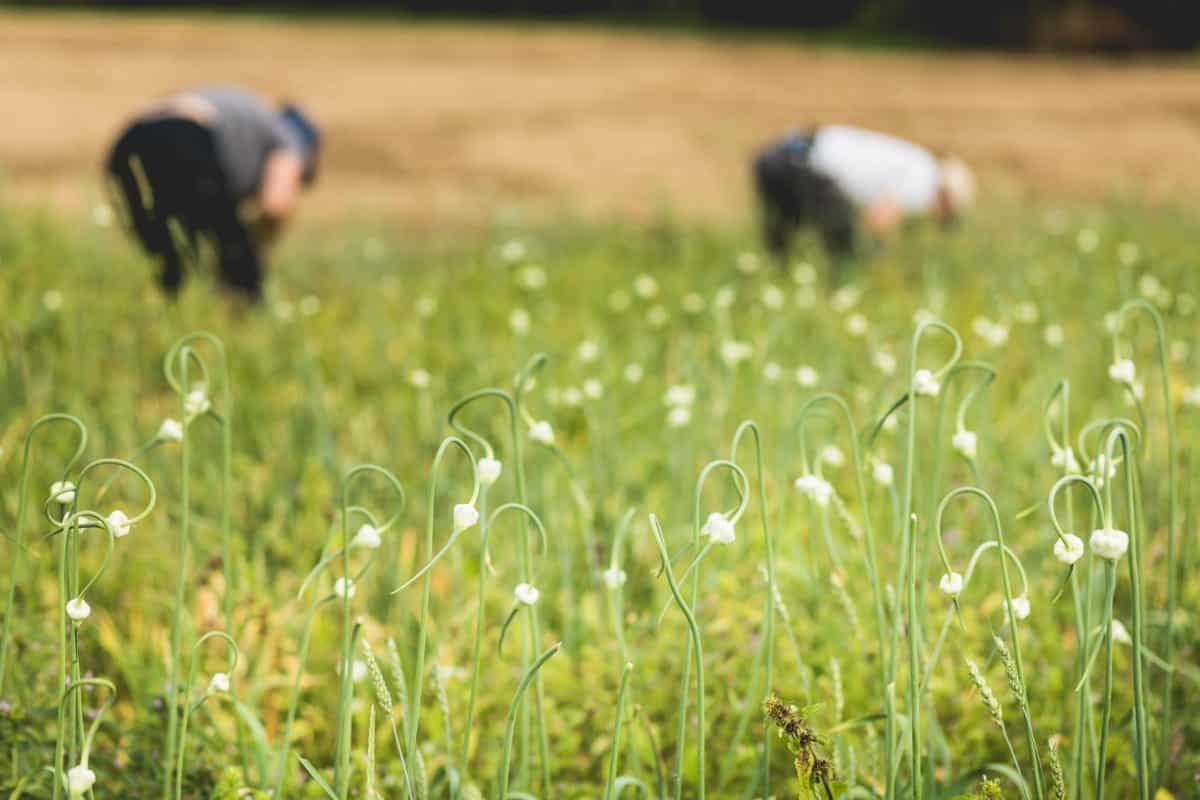
Another strategy is developing relationships with restaurants and chefs who appreciate the unique flavors of organic Garlic in their culinary creations. By supplying these establishments with fresh, high-quality Garlic, farmers can showcase the superior taste and aroma of their products while building lasting partnerships in the food industry. Additionally, online sales platforms provide a convenient way for farmers to reach a wider audience beyond their local community.
Creating an engaging website or utilizing e-commerce platforms can help attract customers looking for premium organic Garlic products delivered straight to their doorstep. Growing Garlic organically ensures that you are providing your family and customers with a clean and chemical-free product. Organic Garlic farming not only contributes to sustainable agriculture but also promotes environmental health and personal well-being.
- Goat Farming Technology: The Future of Goat Husbandry
- How to Build a Low-budget Goat Shed: Cheap Ideas and Tips
- Goat Farming Training Programs in India: A Beginner’s Guide
- Types of Pesticides Used in Agriculture: A Beginner’s Guide
- Economical Aquaculture: A Guide to Low-Budget Fish Farming
- 15 Common Planting Errors That Can Doom Your Fruit Trees
- How to Make Houseplants Bushy: Effective Tips and Ideas
- Innovative Strategies for Boosting Coconut Pollination and Yield
- Pollination Strategies for Maximum Pumpkin Yield
- The Complete Guide to Chicken Fattening: Strategies for Maximum Growth
- Natural Solutions for Tulip Problems: 100% Effective Remedies for Leaf and Bulb-Related Issues
- Revolutionizing Citrus Preservation: Towards a Healthier, Greener Future
- Natural Solutions for Peony Leaf and Flower Problems: 100% Effective Remedies
- Maximizing Profits with Avocado Contract Farming in India: A Comprehensive Guide
- Natural Solutions for Hydrangea Problems: 100% Effective Remedies for Leaf and Flowers
- The Ultimate Guide to Choosing the Perfect Foliage Friend: Bringing Life Indoors
- From Sunlight to Sustainability: 15 Ways to Use Solar Technology in Agriculture
- The Ultimate Guide to Dong Tao Chicken: Exploring from History to Raising
- The Eco-Friendly Makeover: How to Convert Your Unused Swimming Pool into a Fish Pond
- Mastering the Art of Delaware Chicken Farming: Essentials for Healthy Backyard Flocks
- 20 Best Homemade Fertilizers for Money Plant: DIY Recipes and Application Methods
- How to Craft a Comprehensive Free-Range Chicken Farming Business Plan
- Brighten Your Flock: Raising Easter Egger Chickens for Beauty and Bounty
- How to Optimize Your Poultry Egg Farm Business Plan with These Strategies
- Subsidy for Spirulina Cultivation: How Indian Government Schemes Encouraging Spirulina Farmers
- Ultimate Guide to Raising Dominique Chickens: Breeding, Feeding, Egg-Production, and Care
- Mastering the Art of Raising Jersey Giant Chickens: Care, Feeding, and More
- Ultimate Guide to Raising Legbar Chickens: Breeding, Farming Practices, Diet, Egg-Production
- How to Raise Welsummer Chickens: A Comprehensive Guide for Beginners
- How to Protect Indoor Plants in Winter: A Comprehensive Guide
- Ultimate Guide to Grow Bag Gardening: Tips, Tricks, and Planting Ideas for Urban Gardeners
- Guide to Lotus Cultivation: How to Propagate, Plant, Grow, Care, Cost, and Profit
- Agriculture Drone Subsidy Scheme: Government Kisan Subsidy, License, and How to Apply Online
- Ultimate Guide to Raising Araucana Chickens: Breed Profile, Farming Economics, Diet, and Care
- Bringing Hydroponics to Classroom: Importance, Benefits of Learning for School Students
- Ultimate Guide to Raising Polish Chickens: Breed Profile, Farming Economics, Diet, and Care
